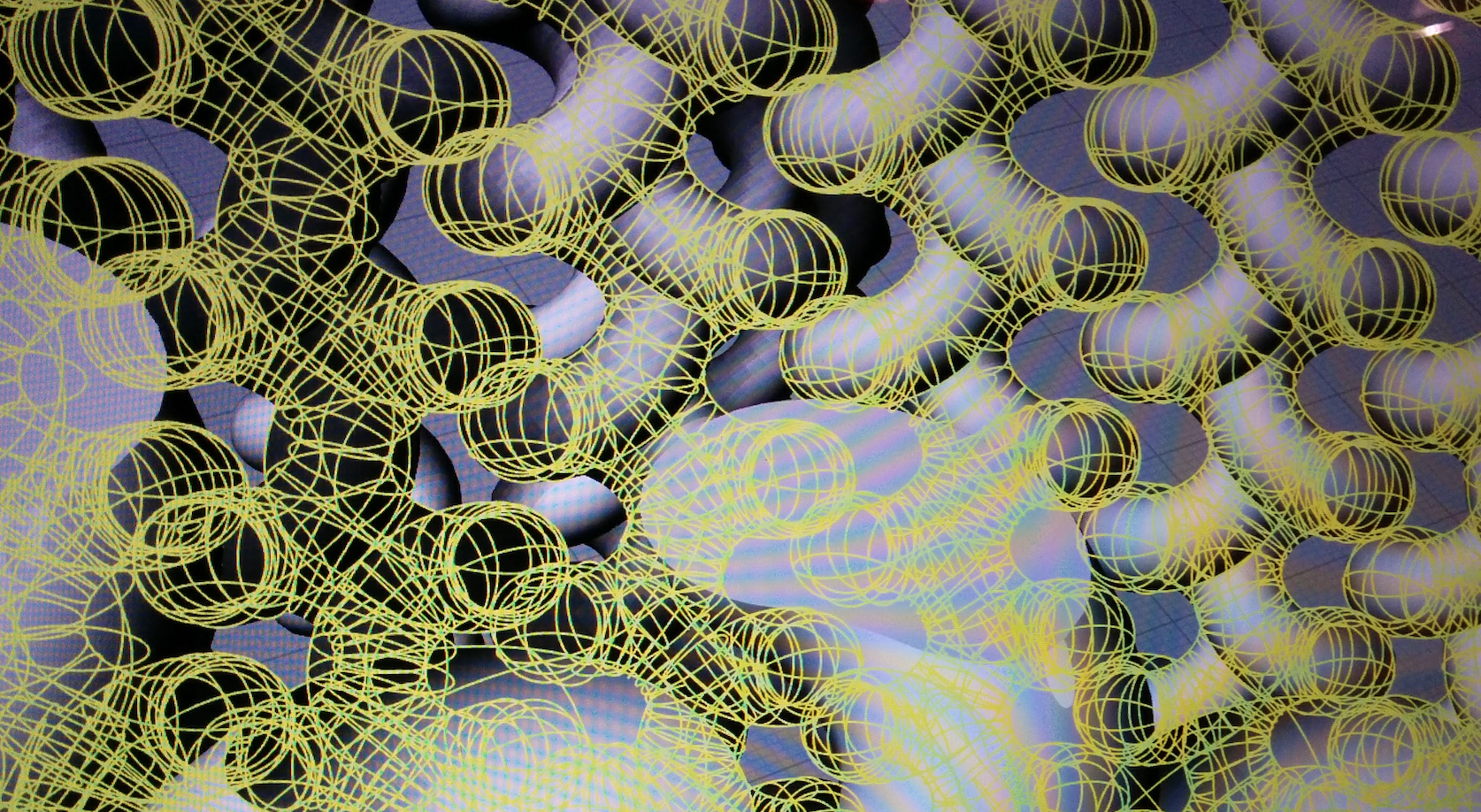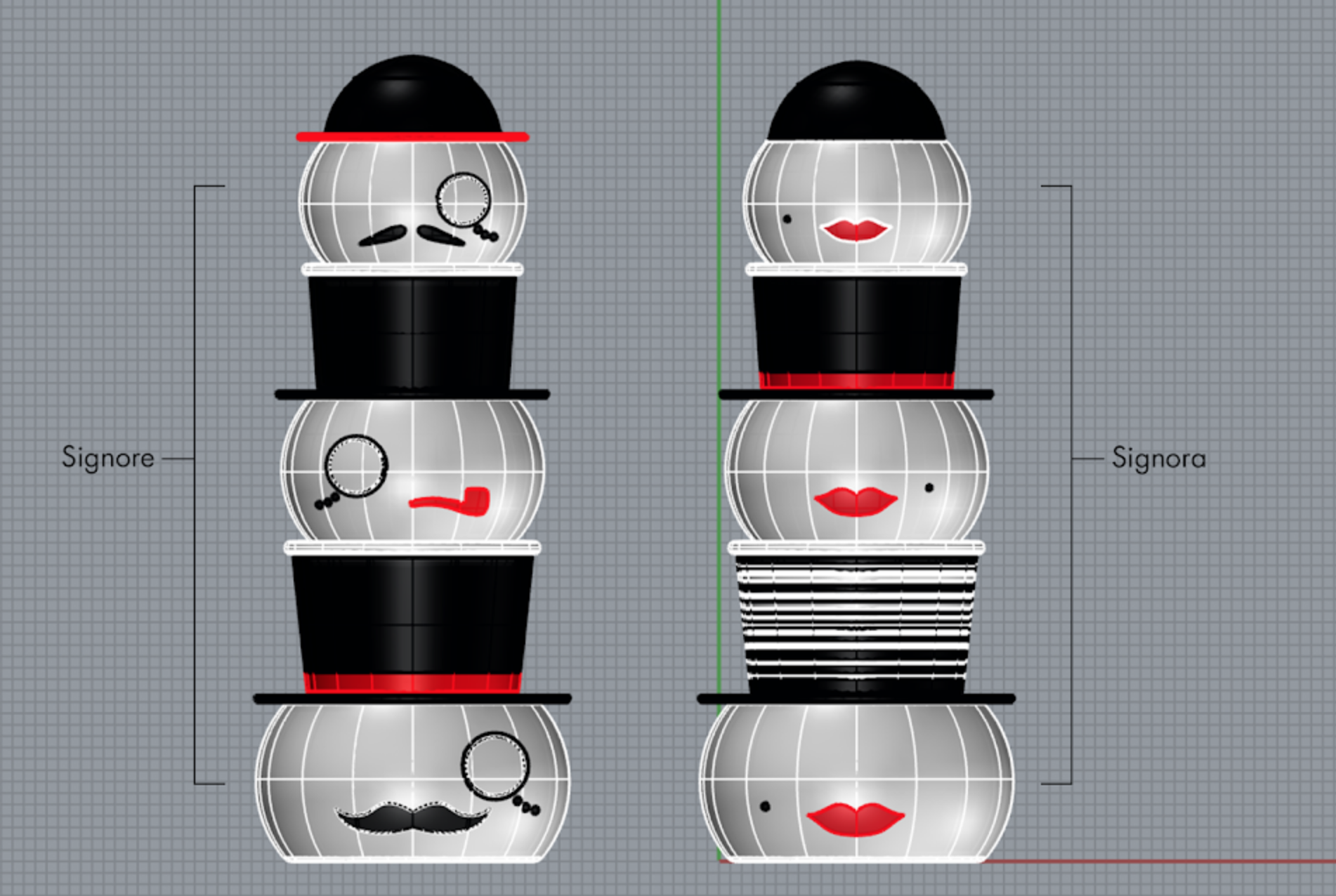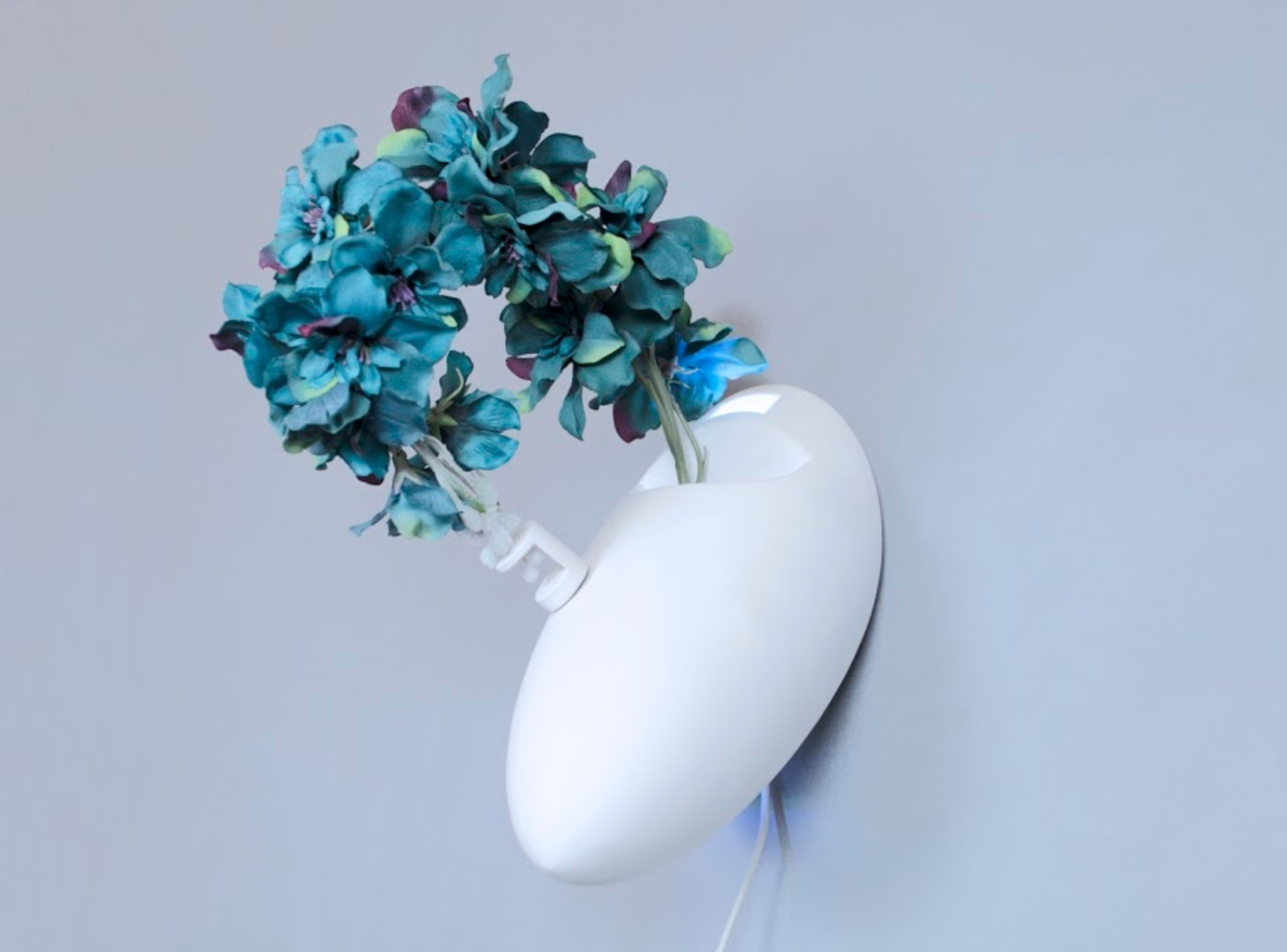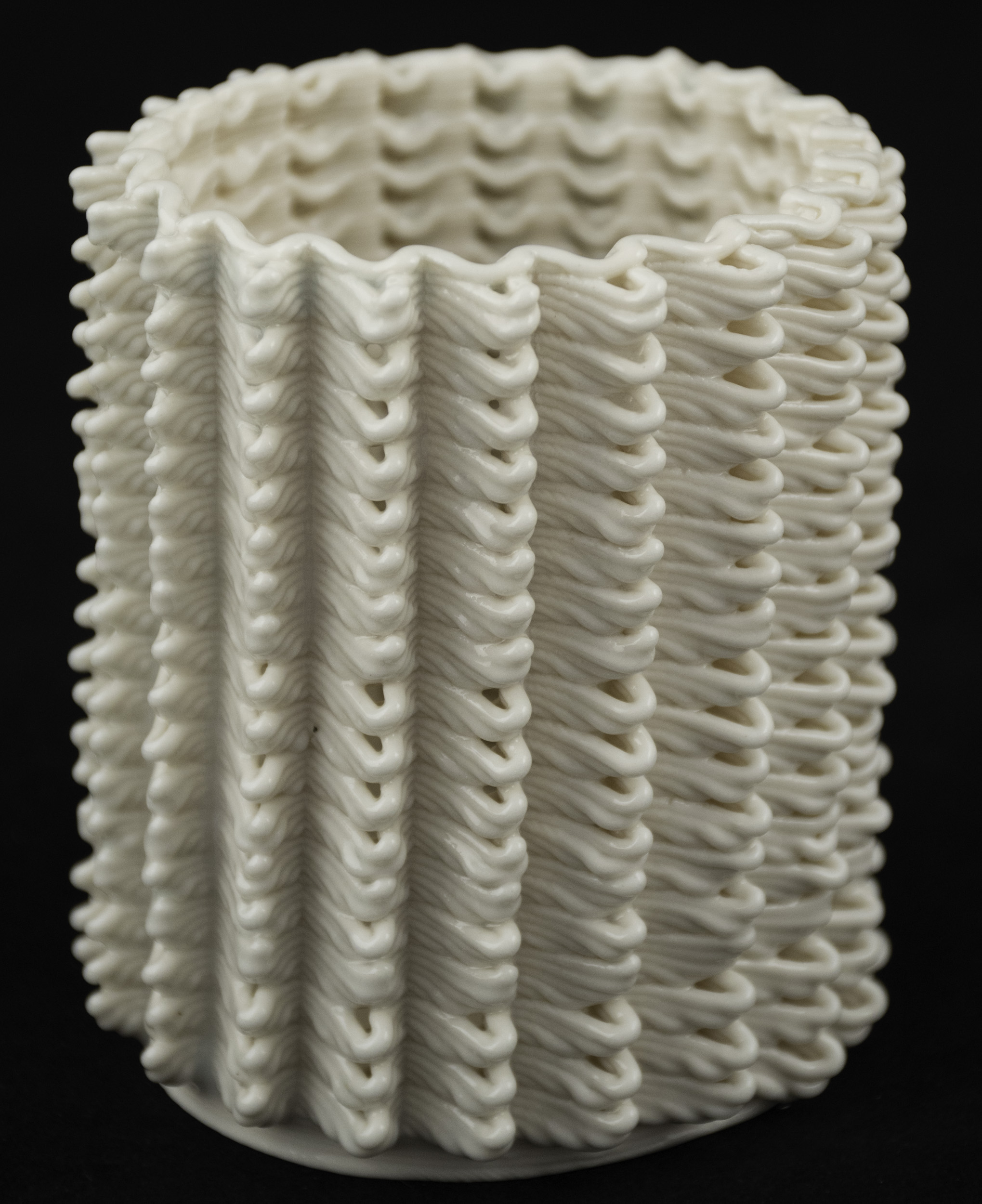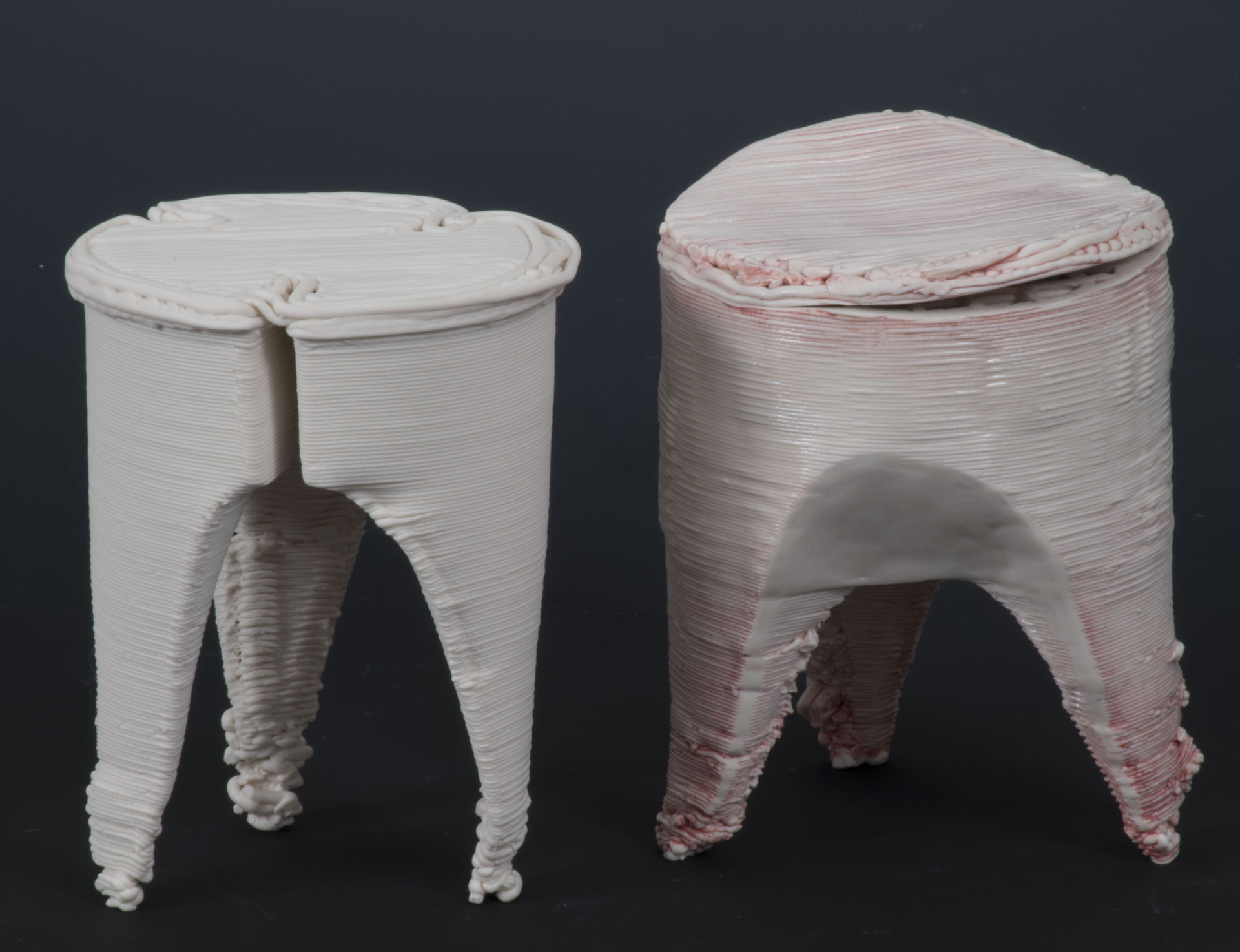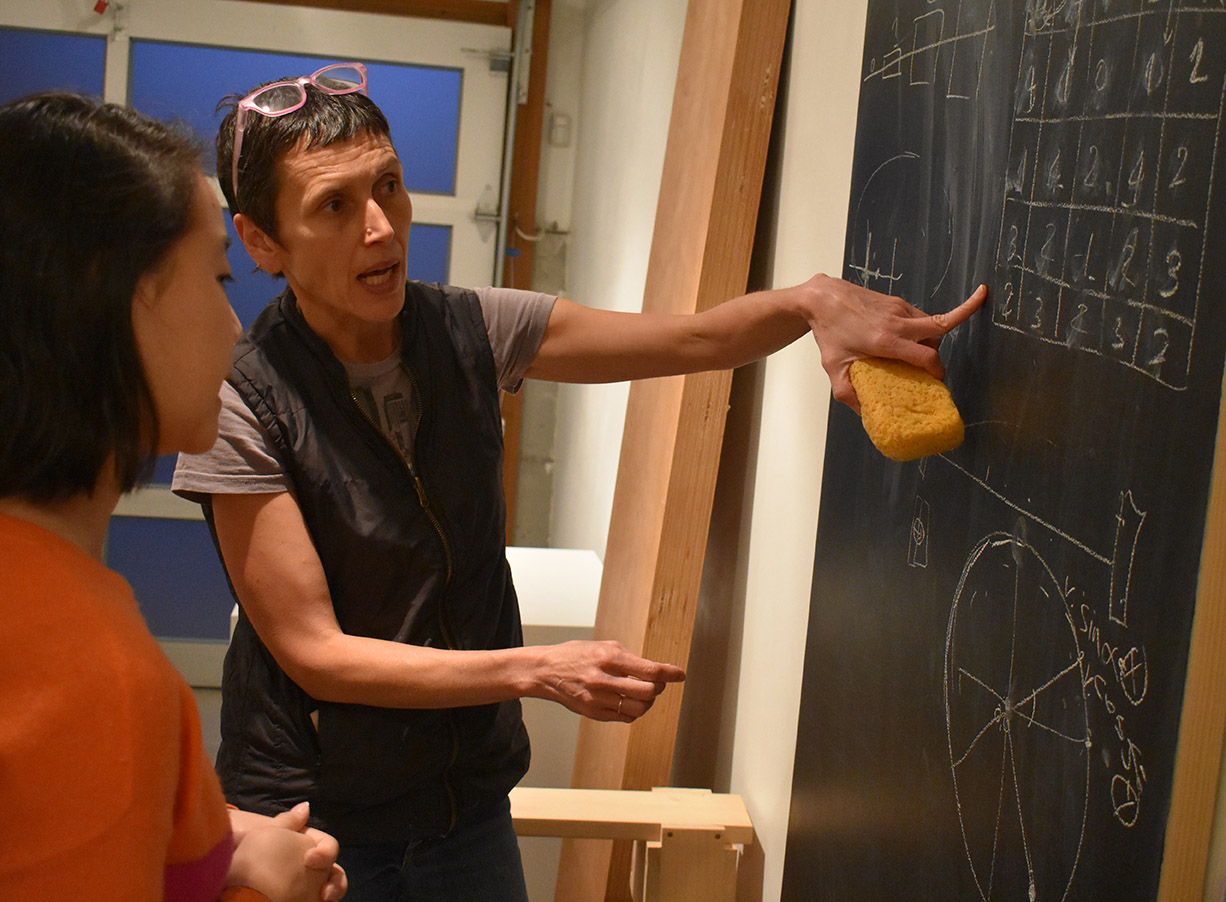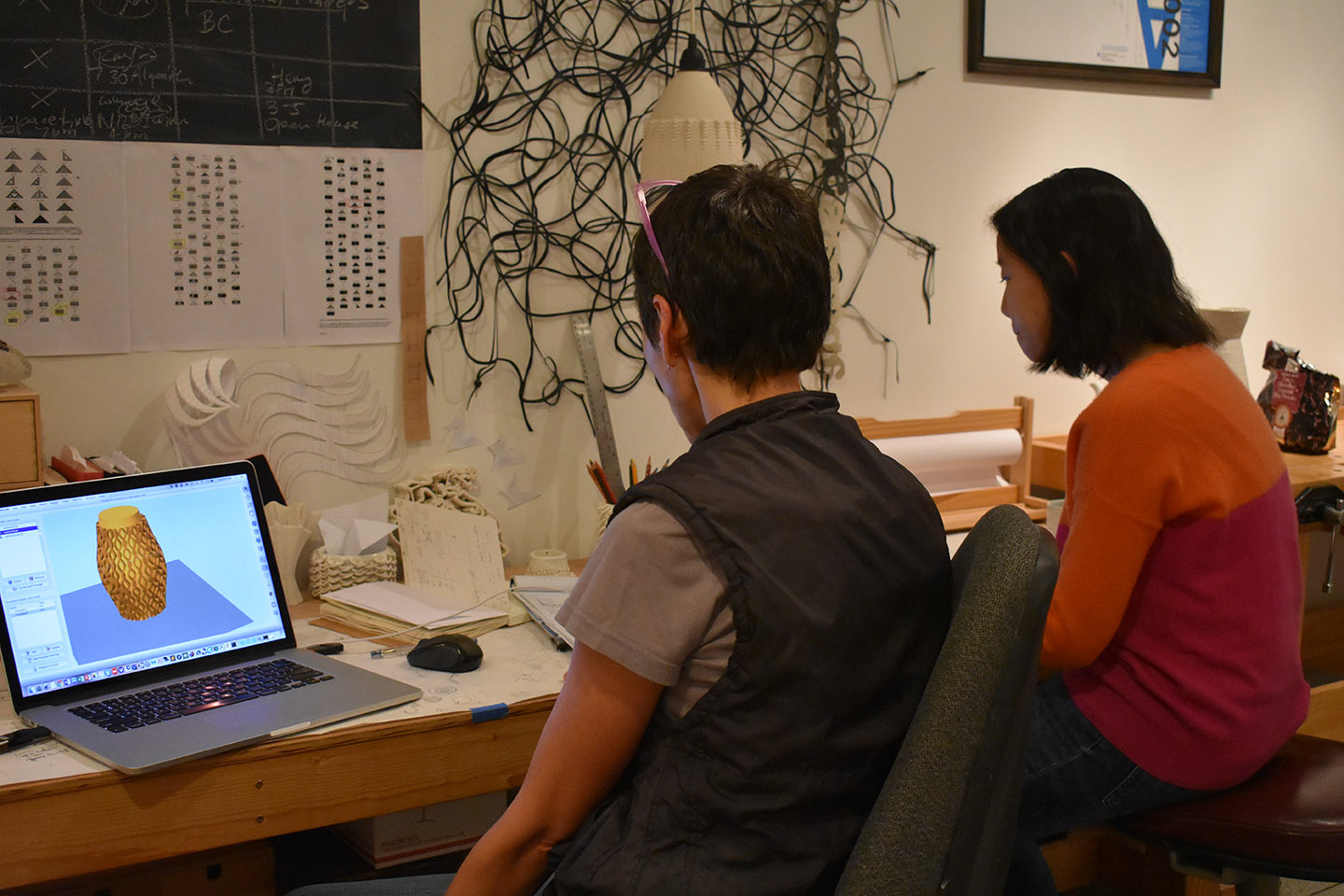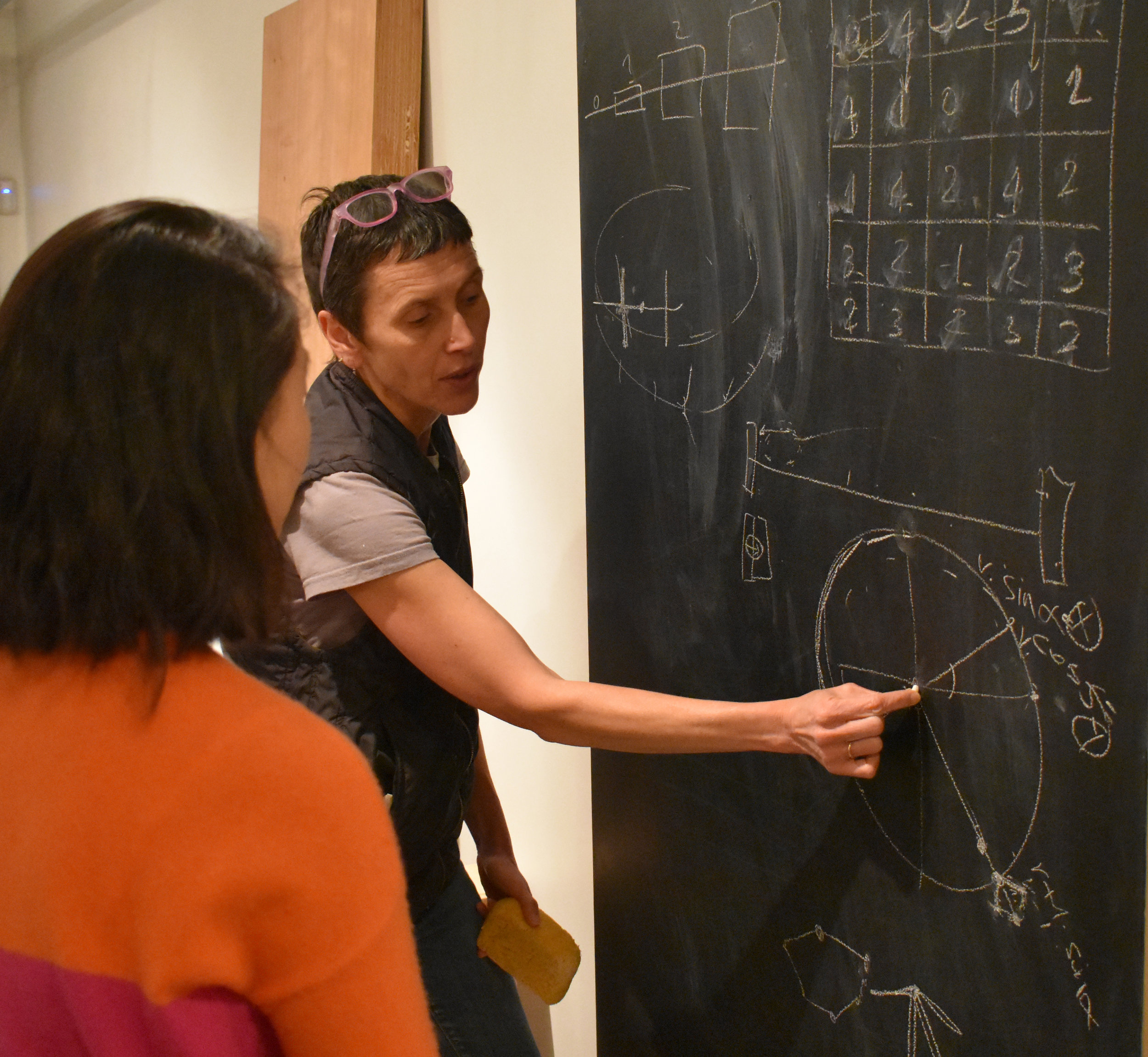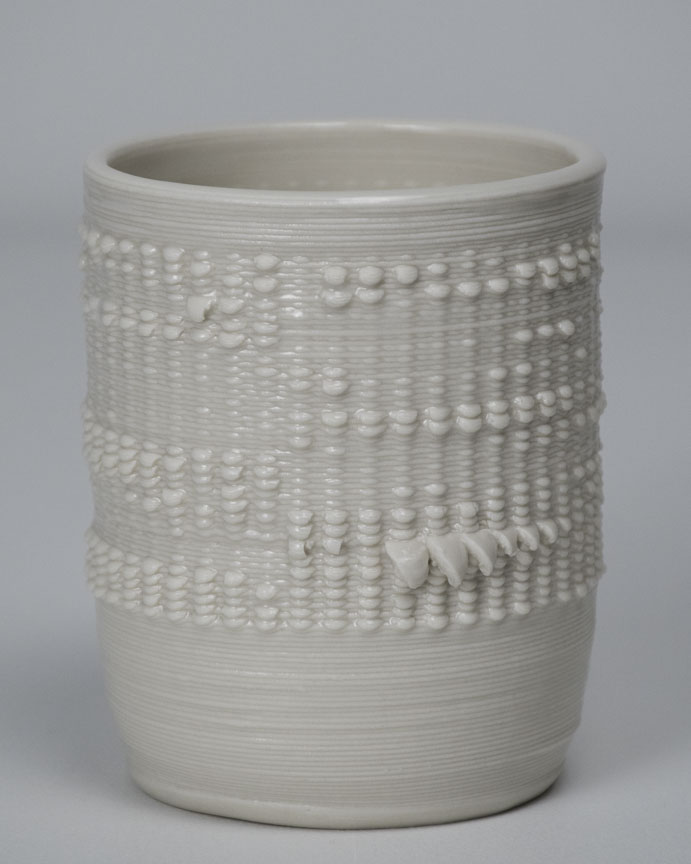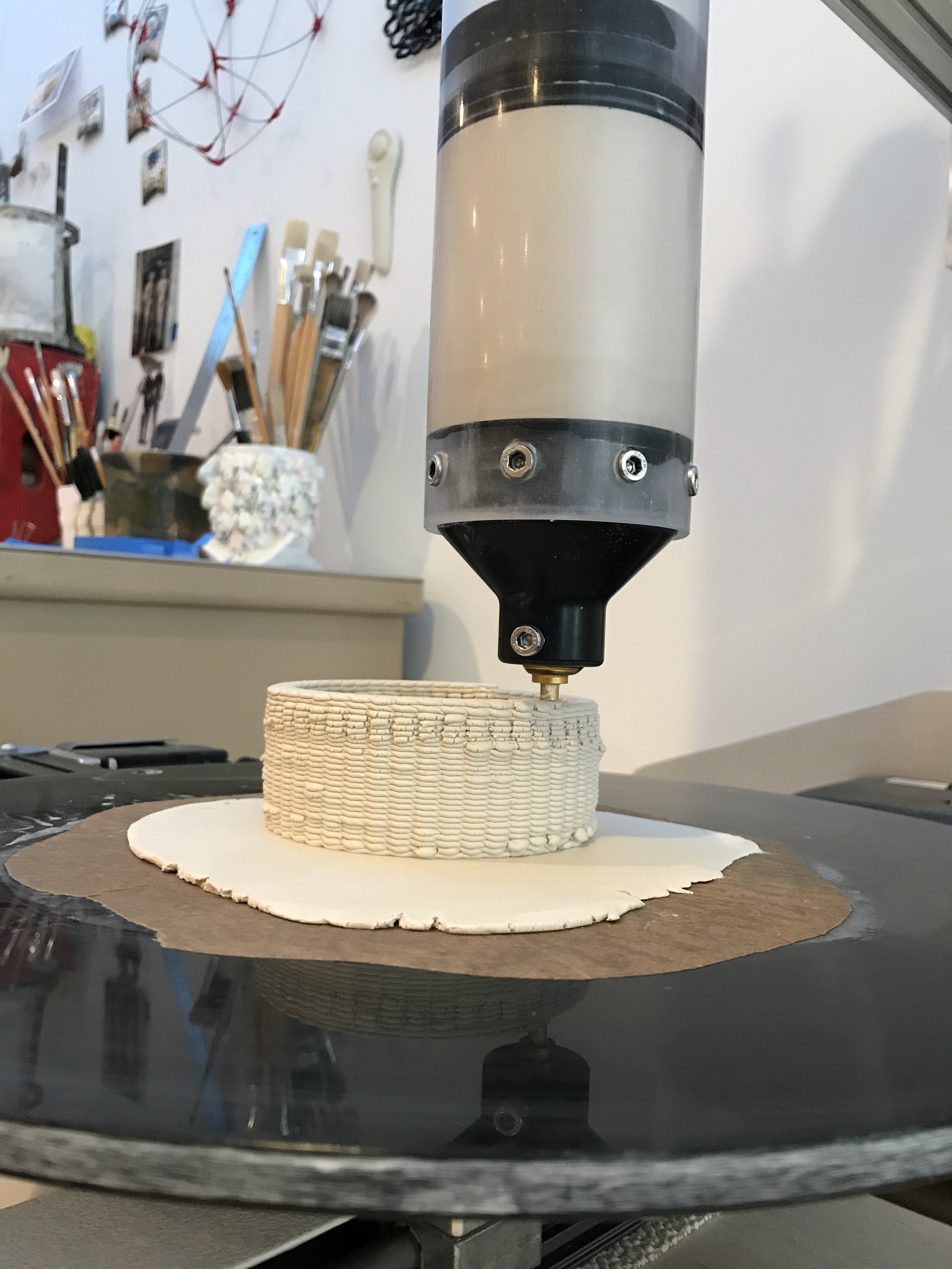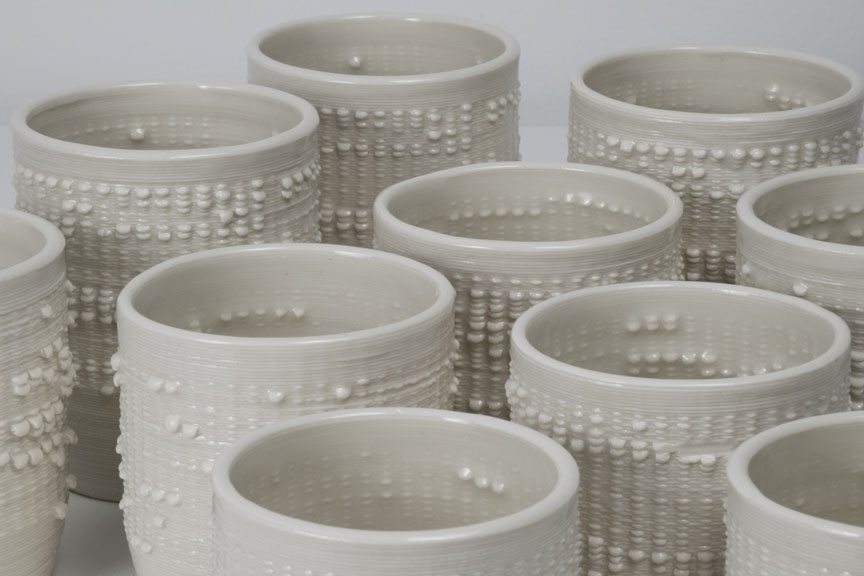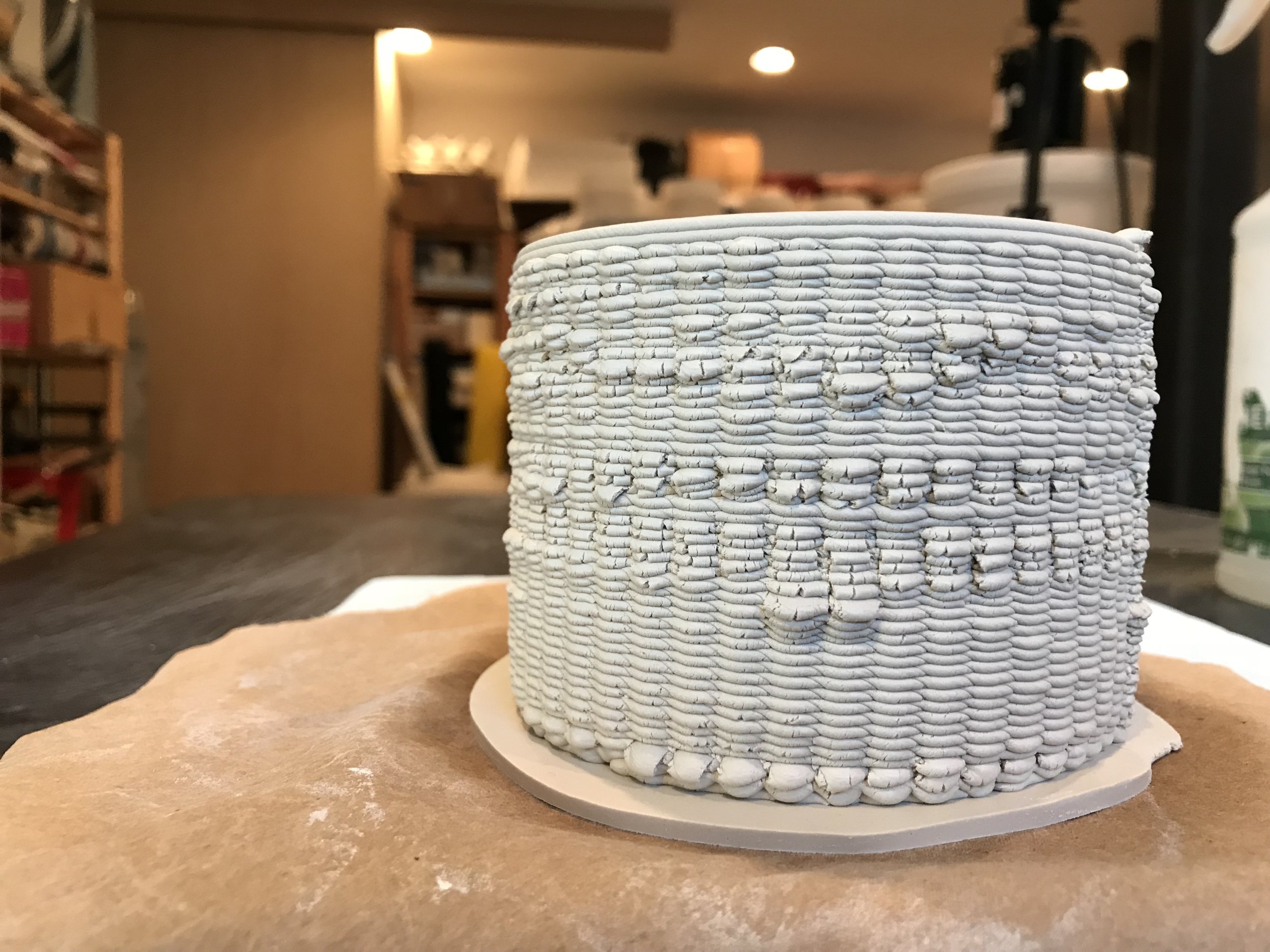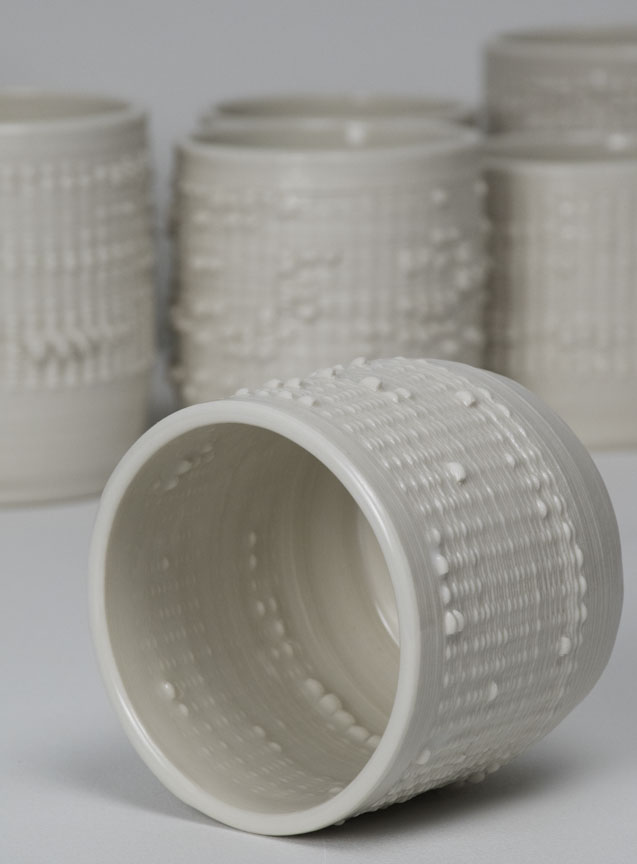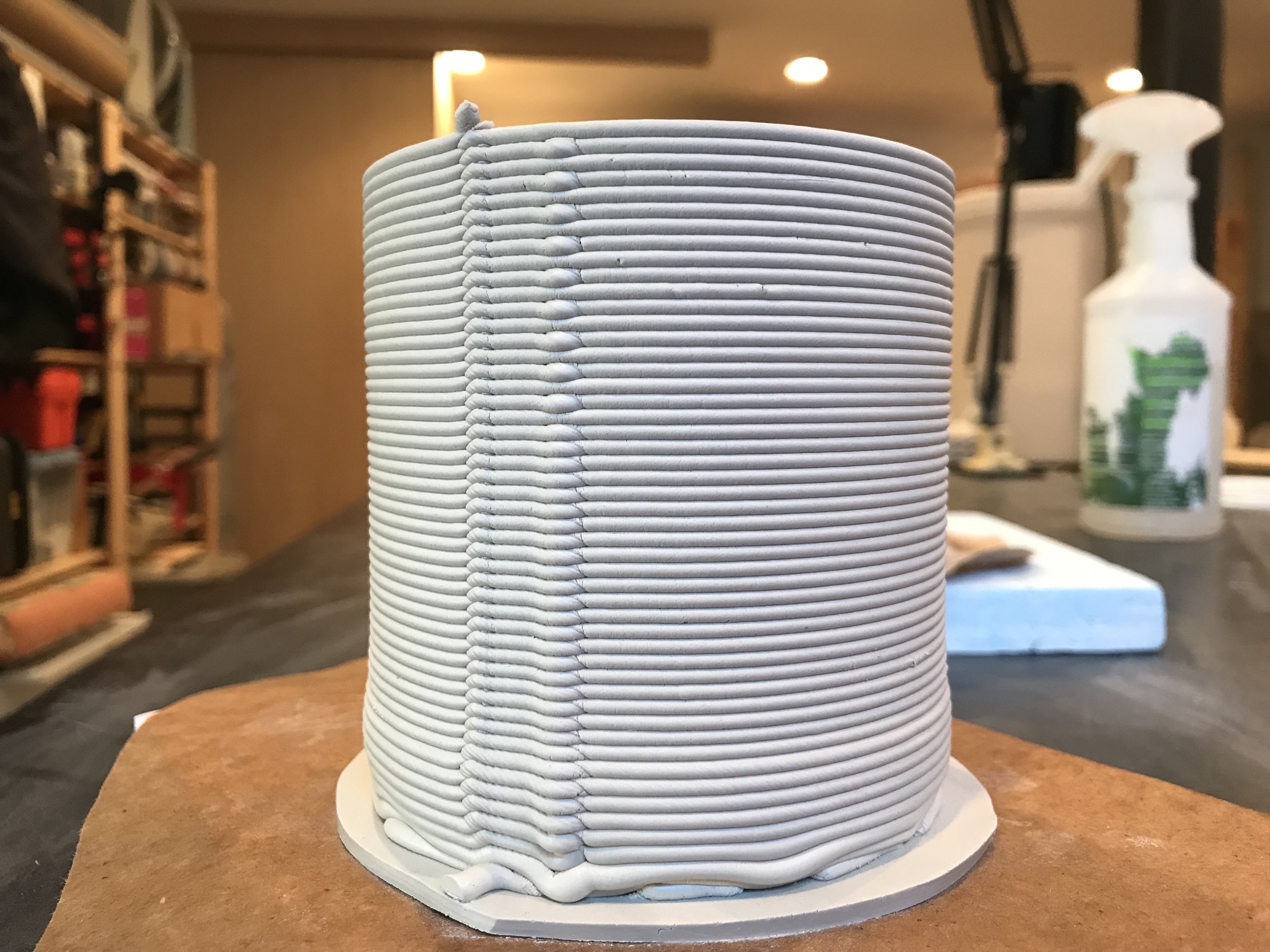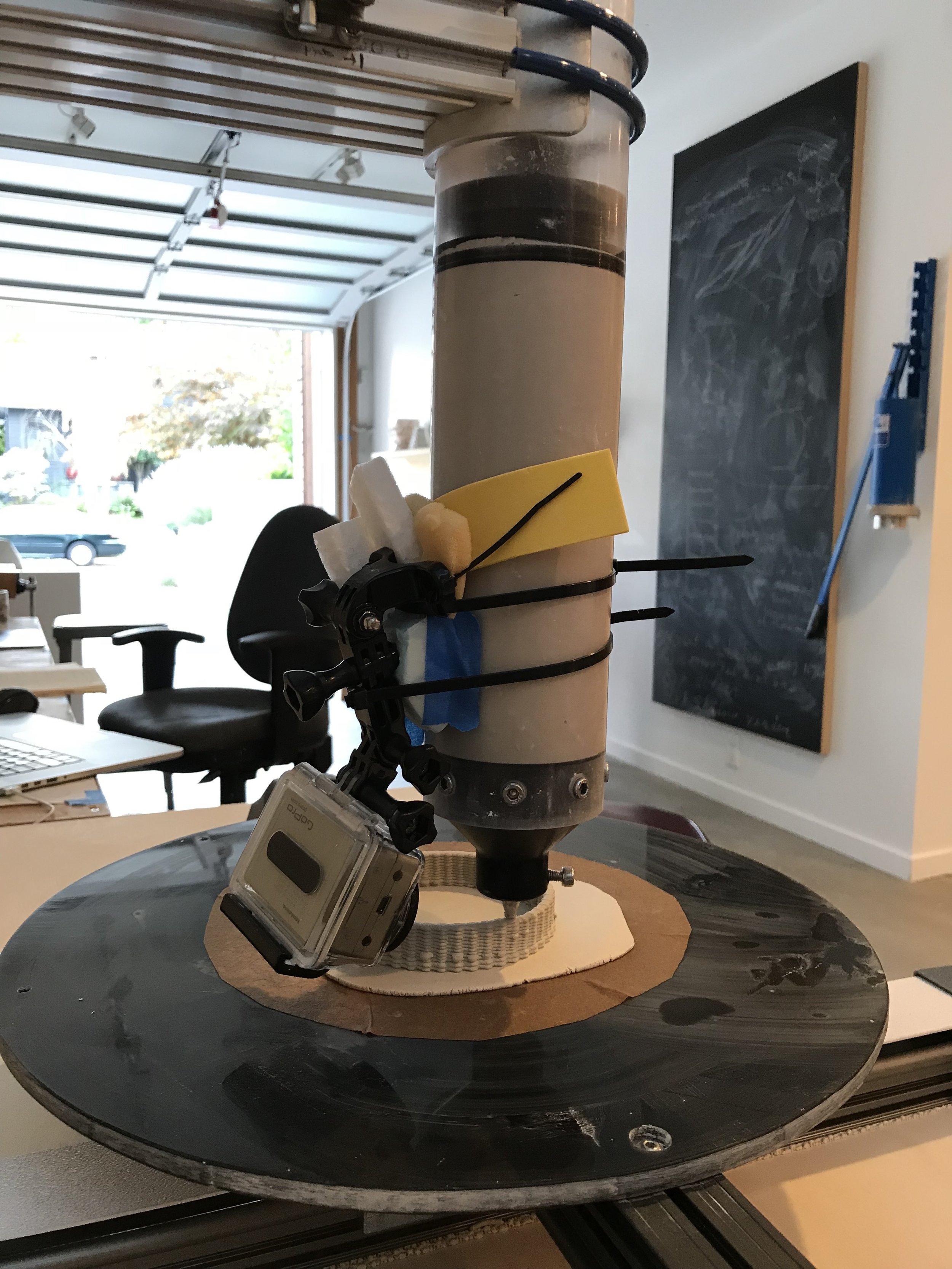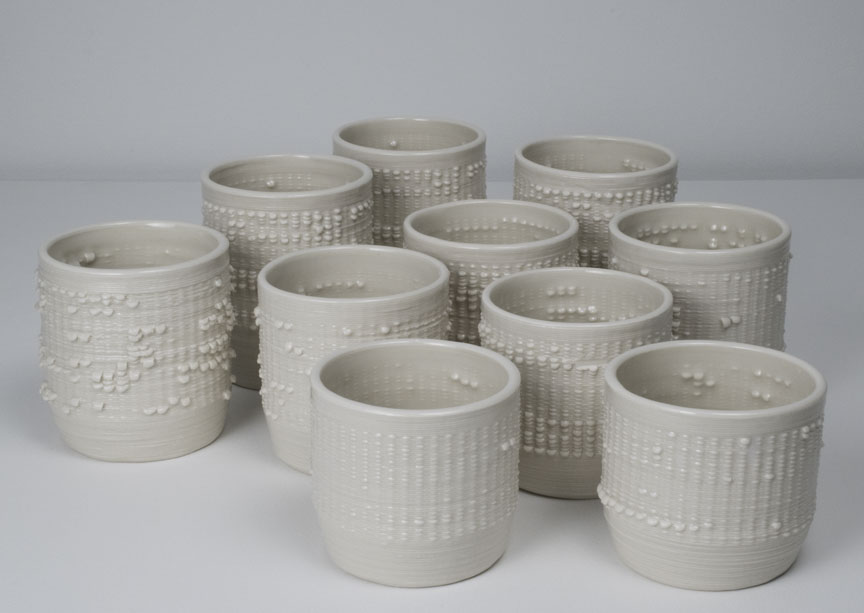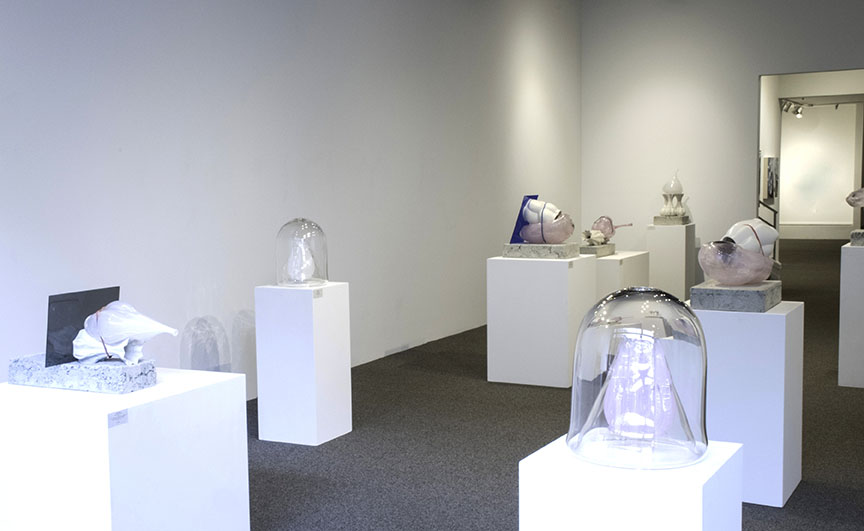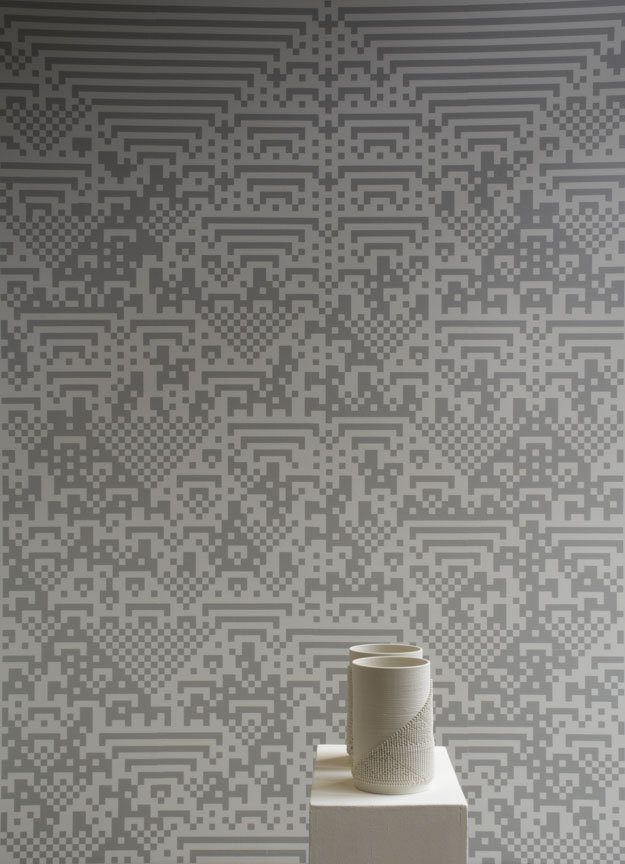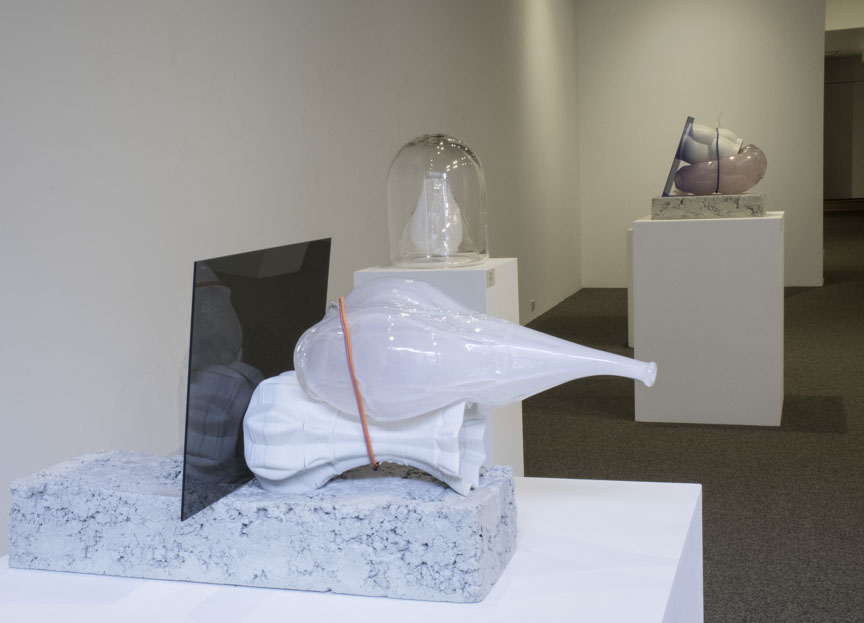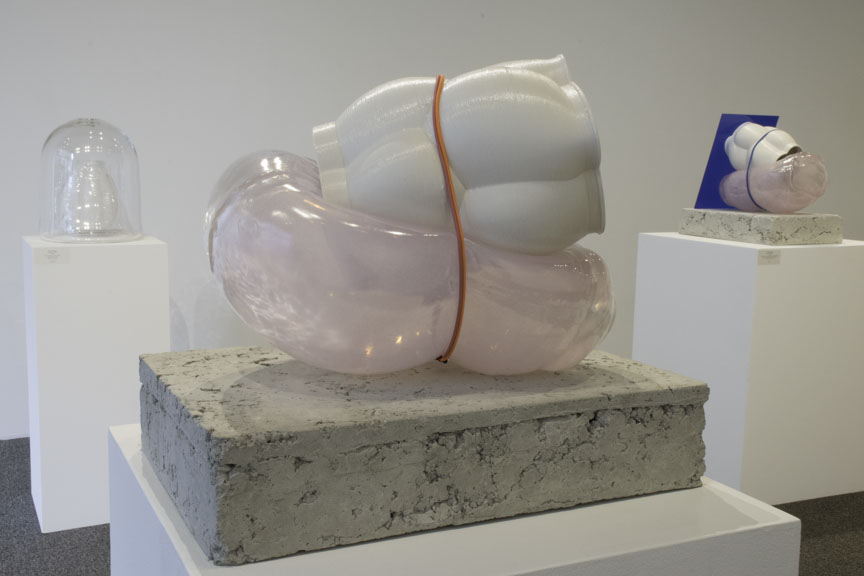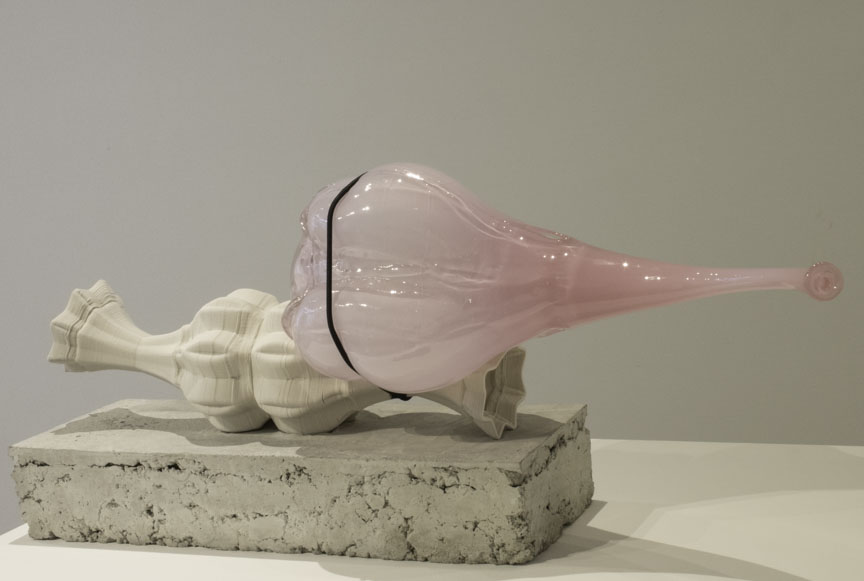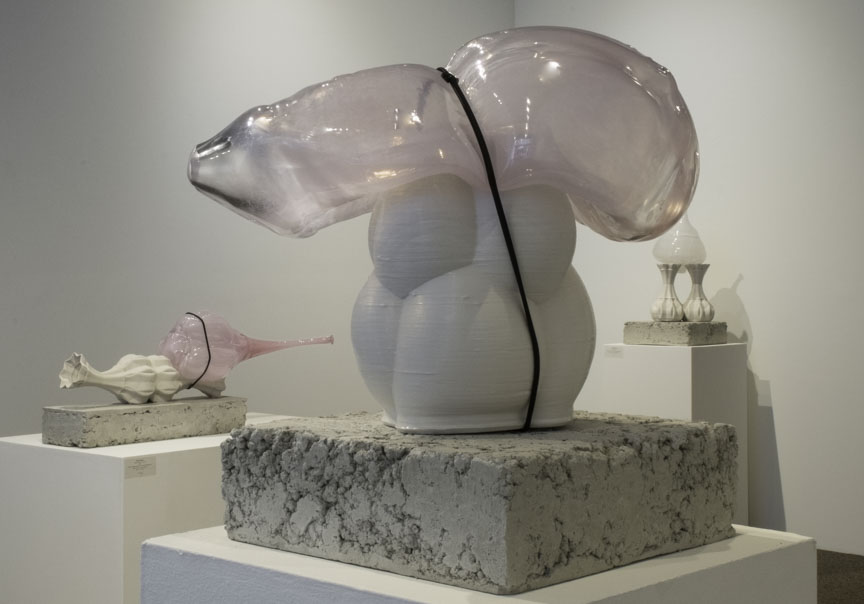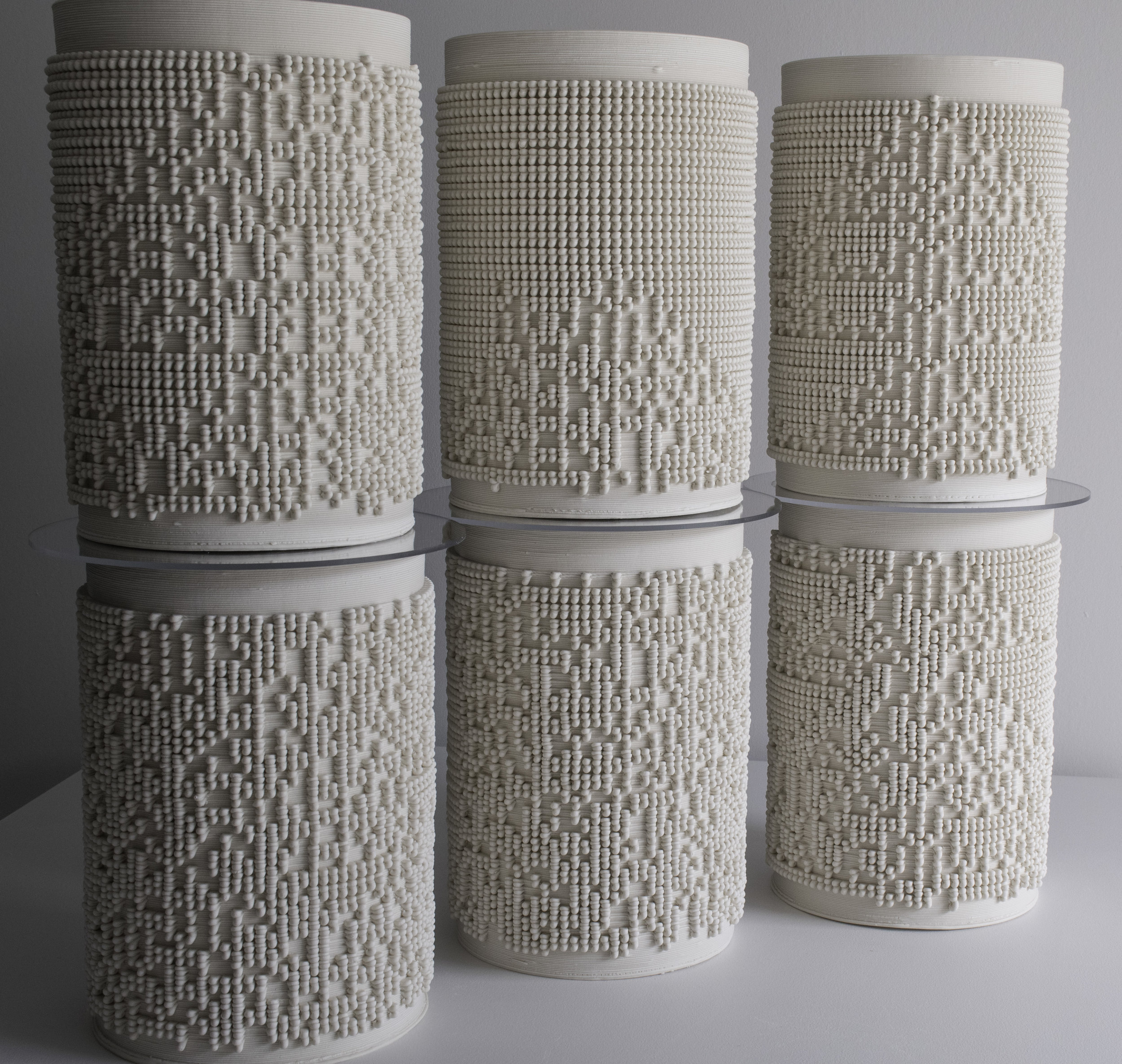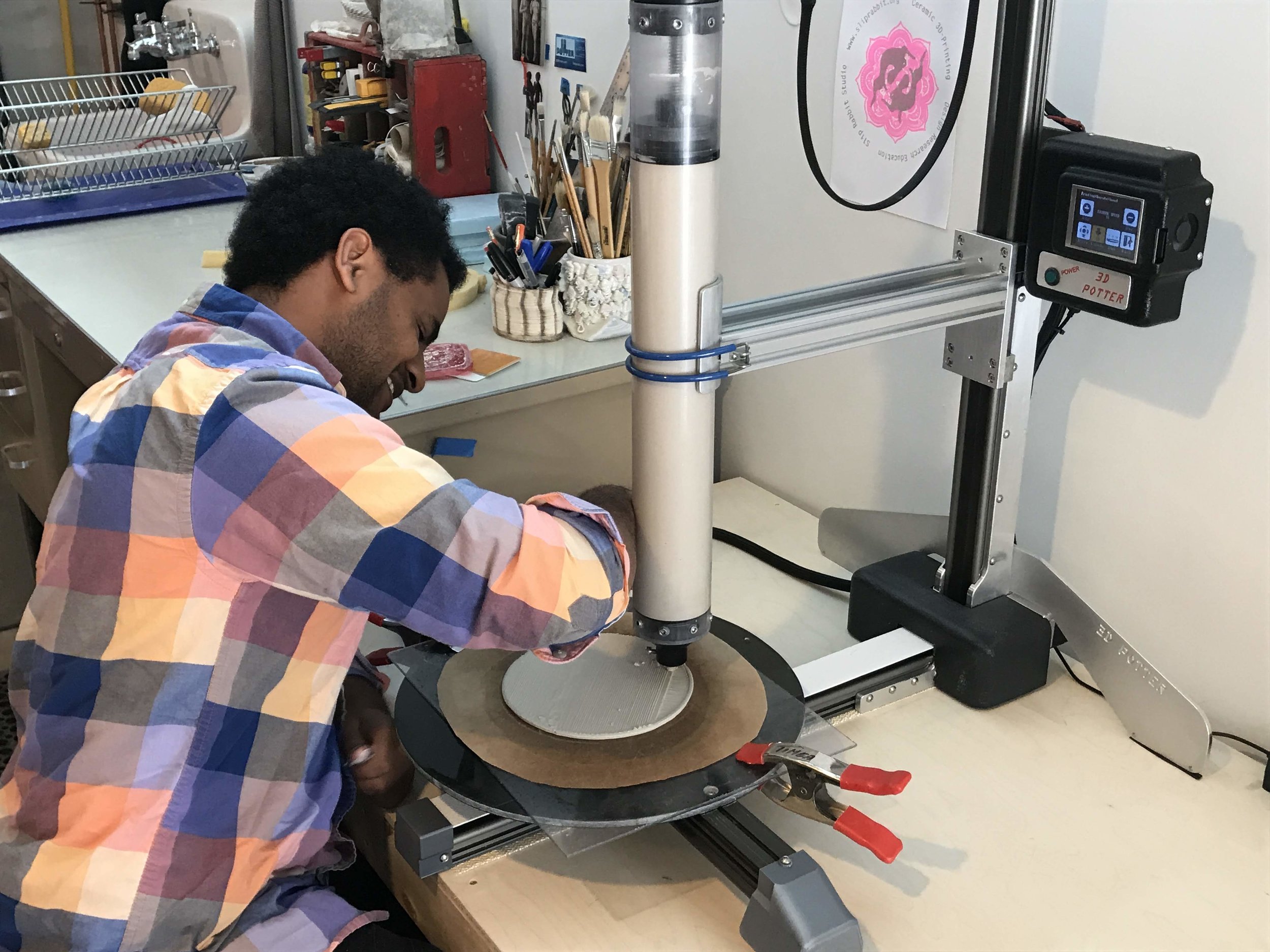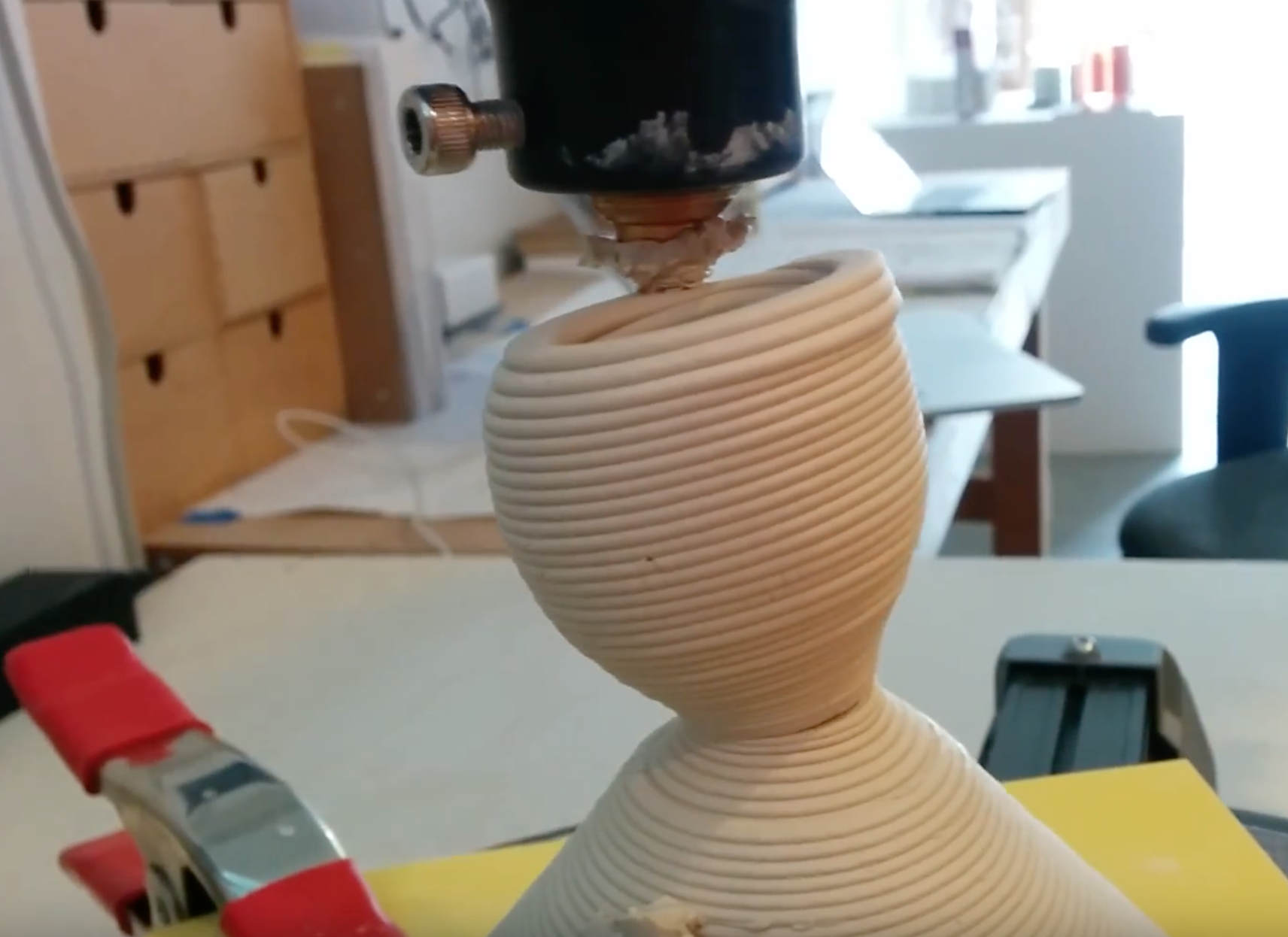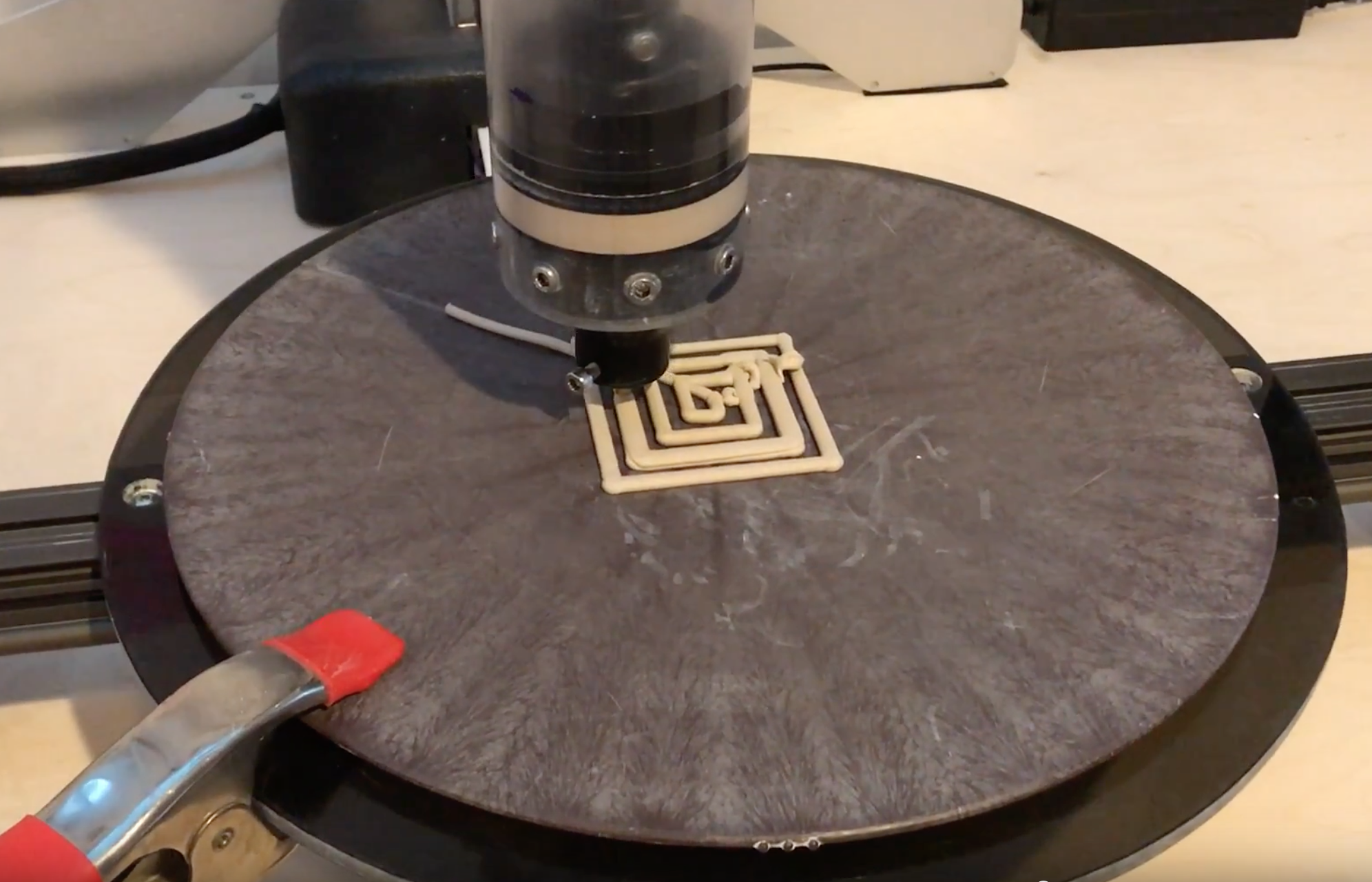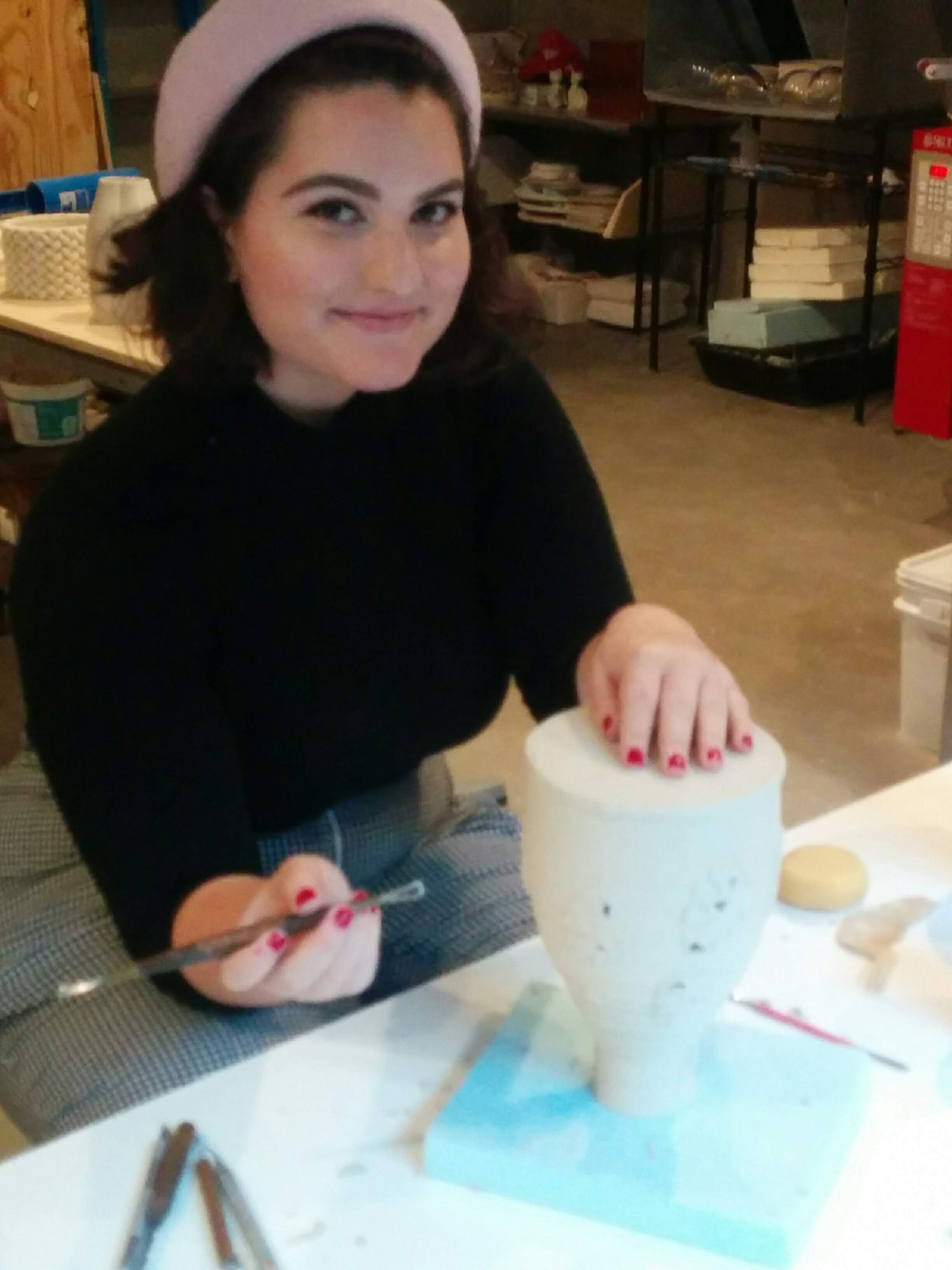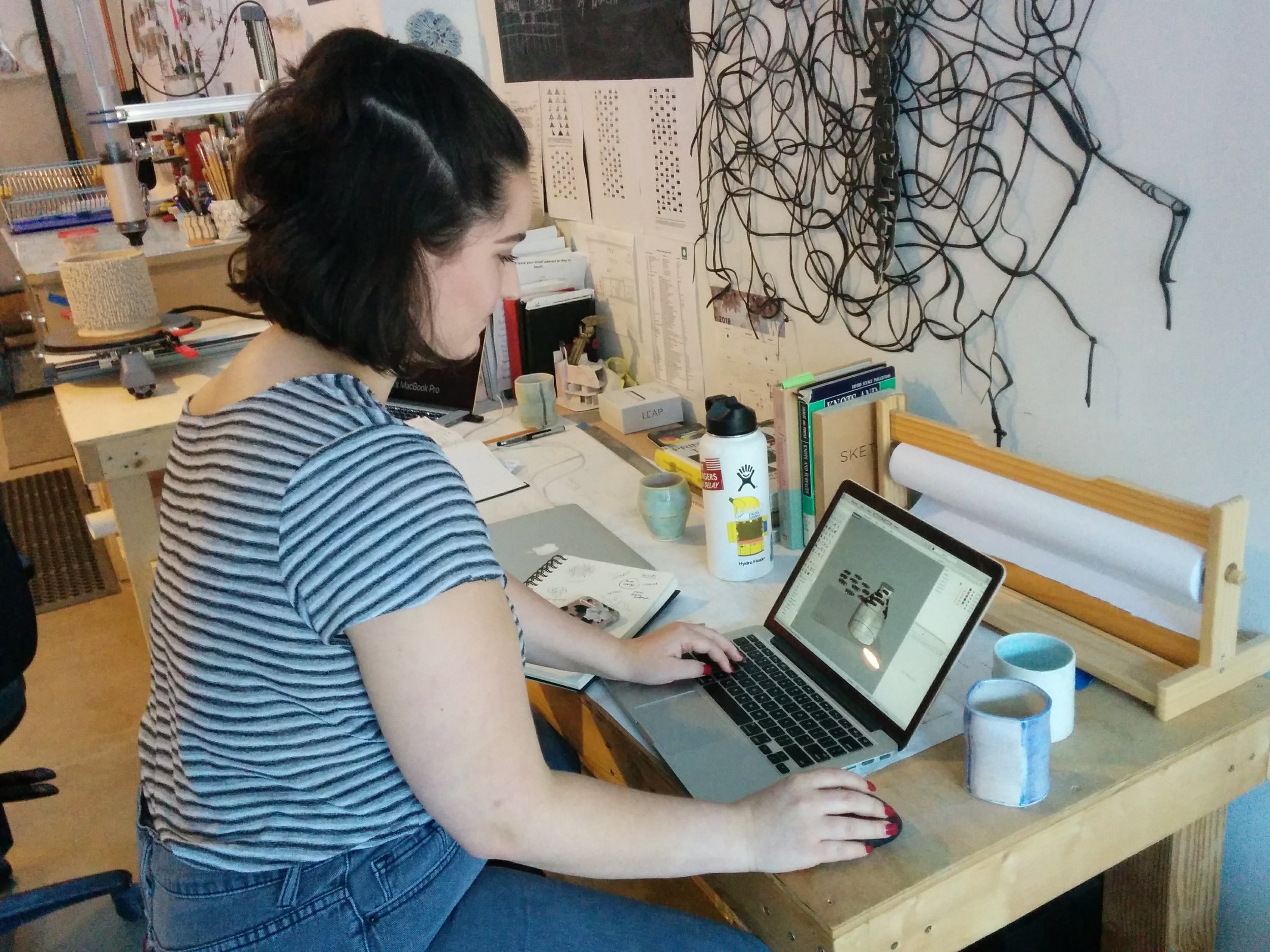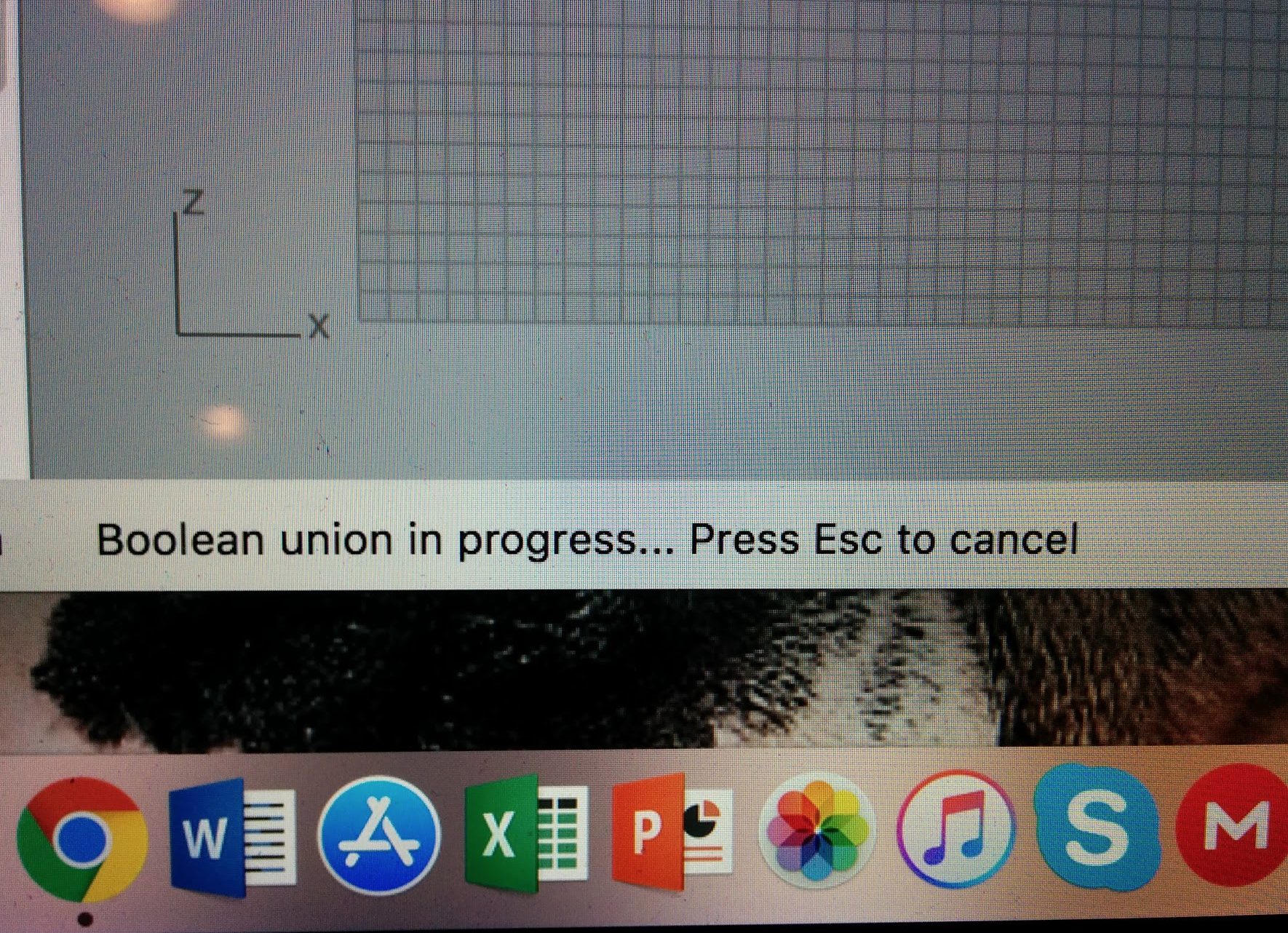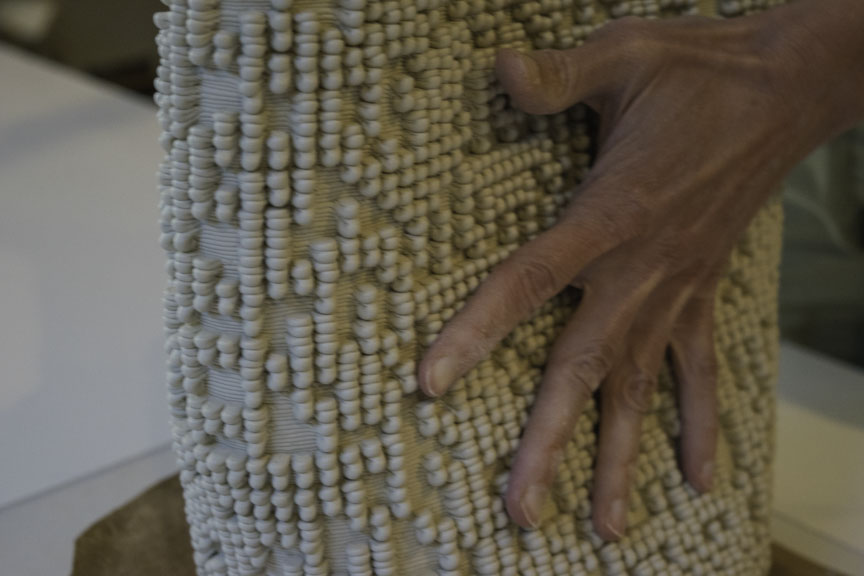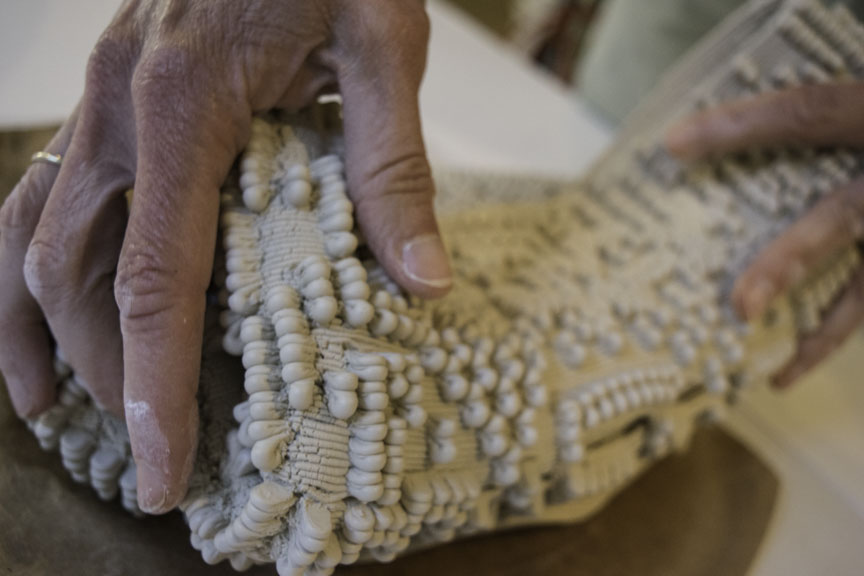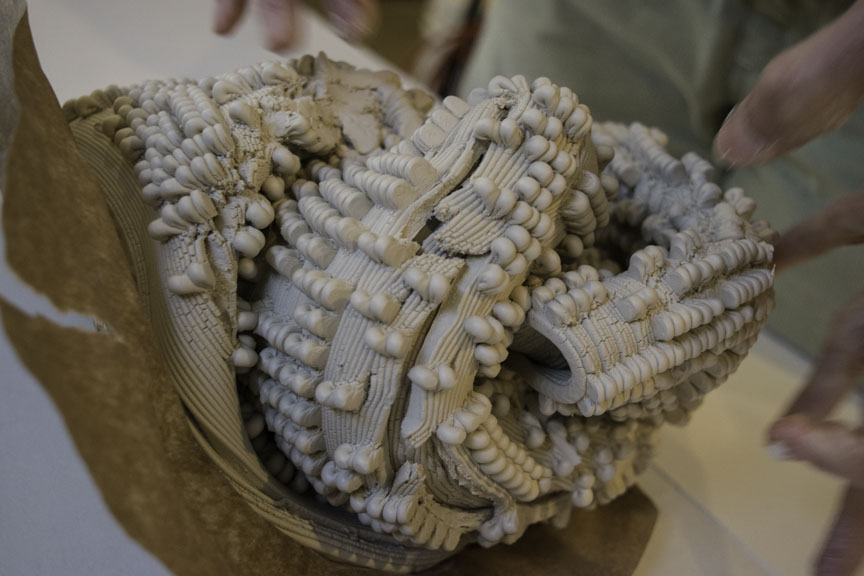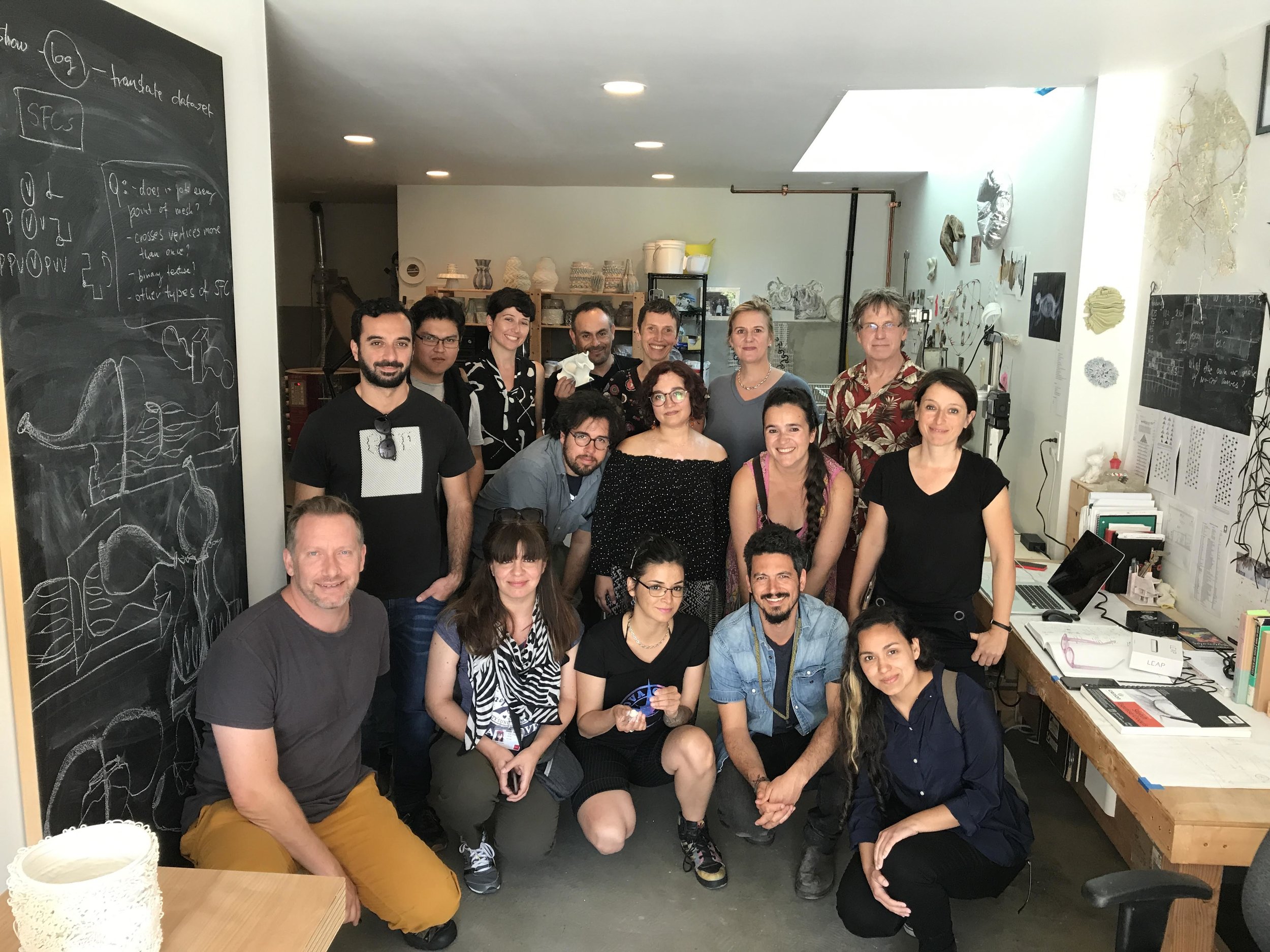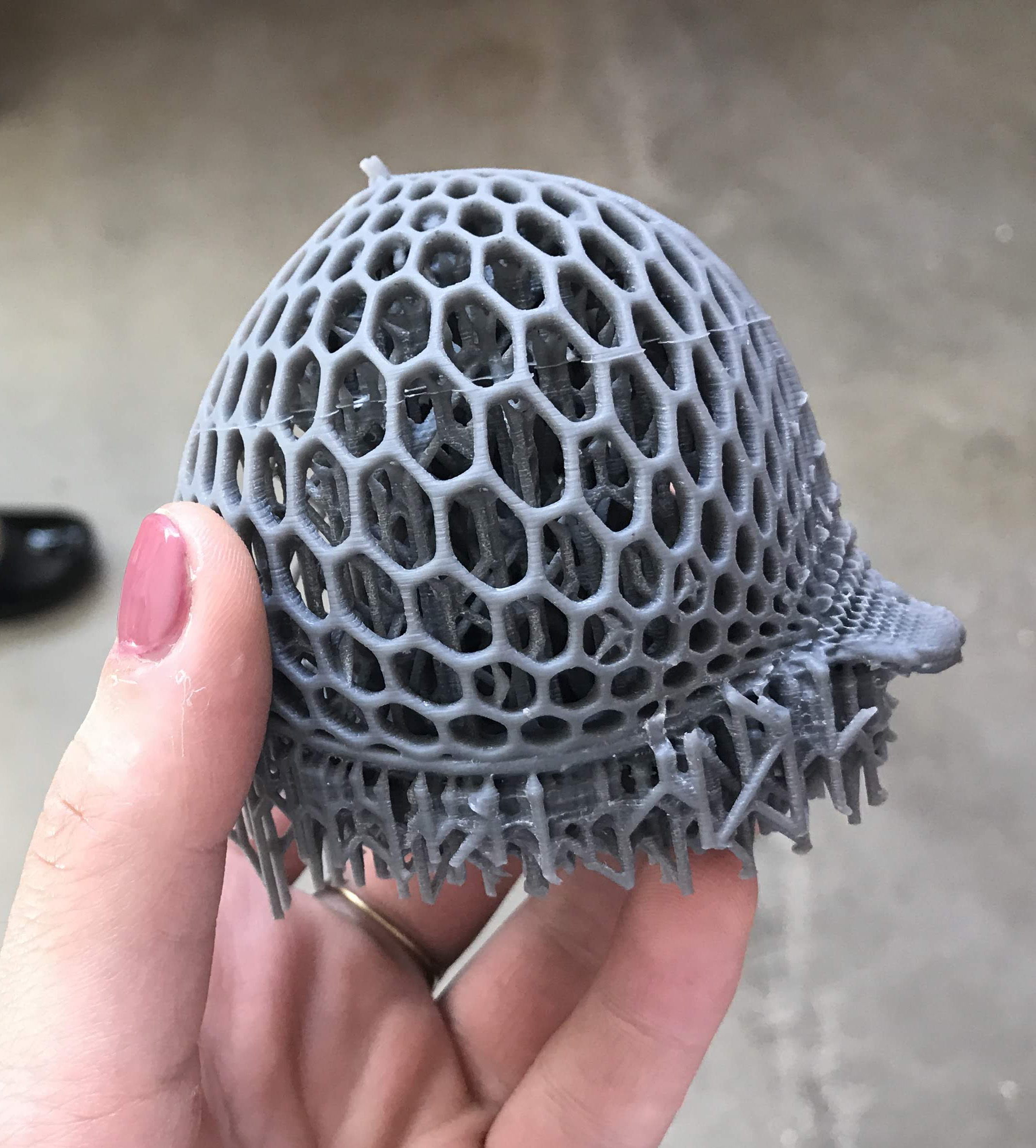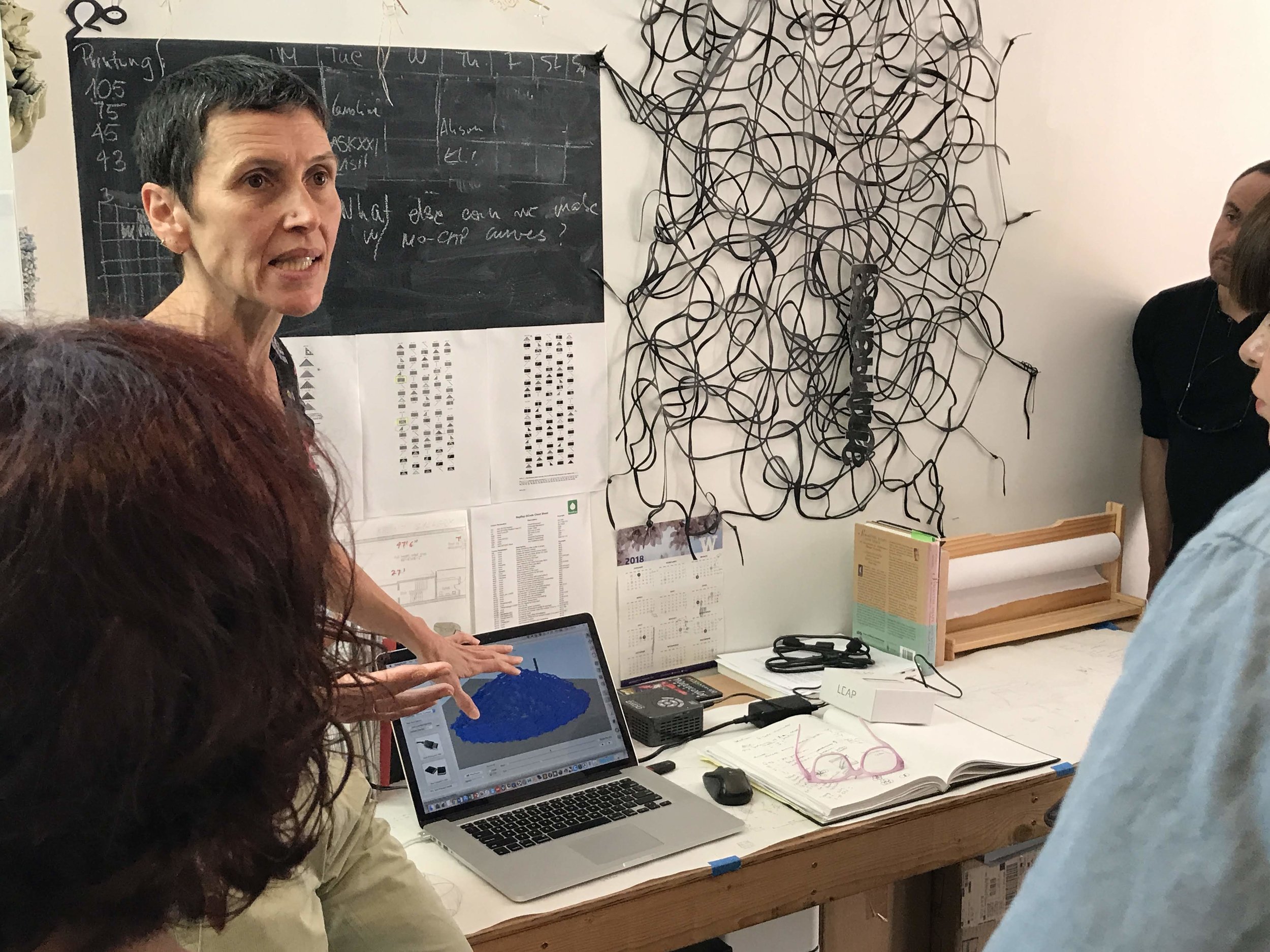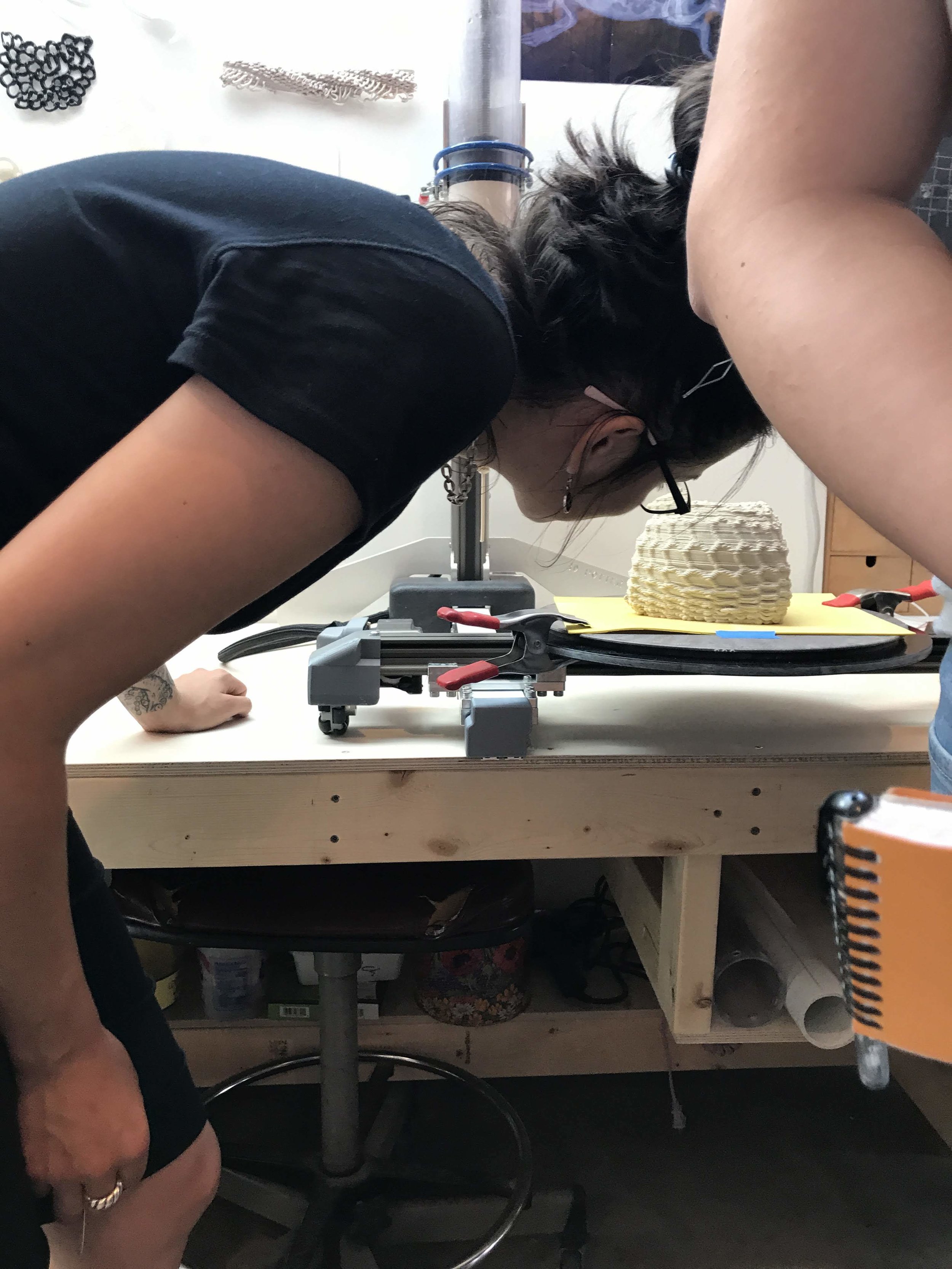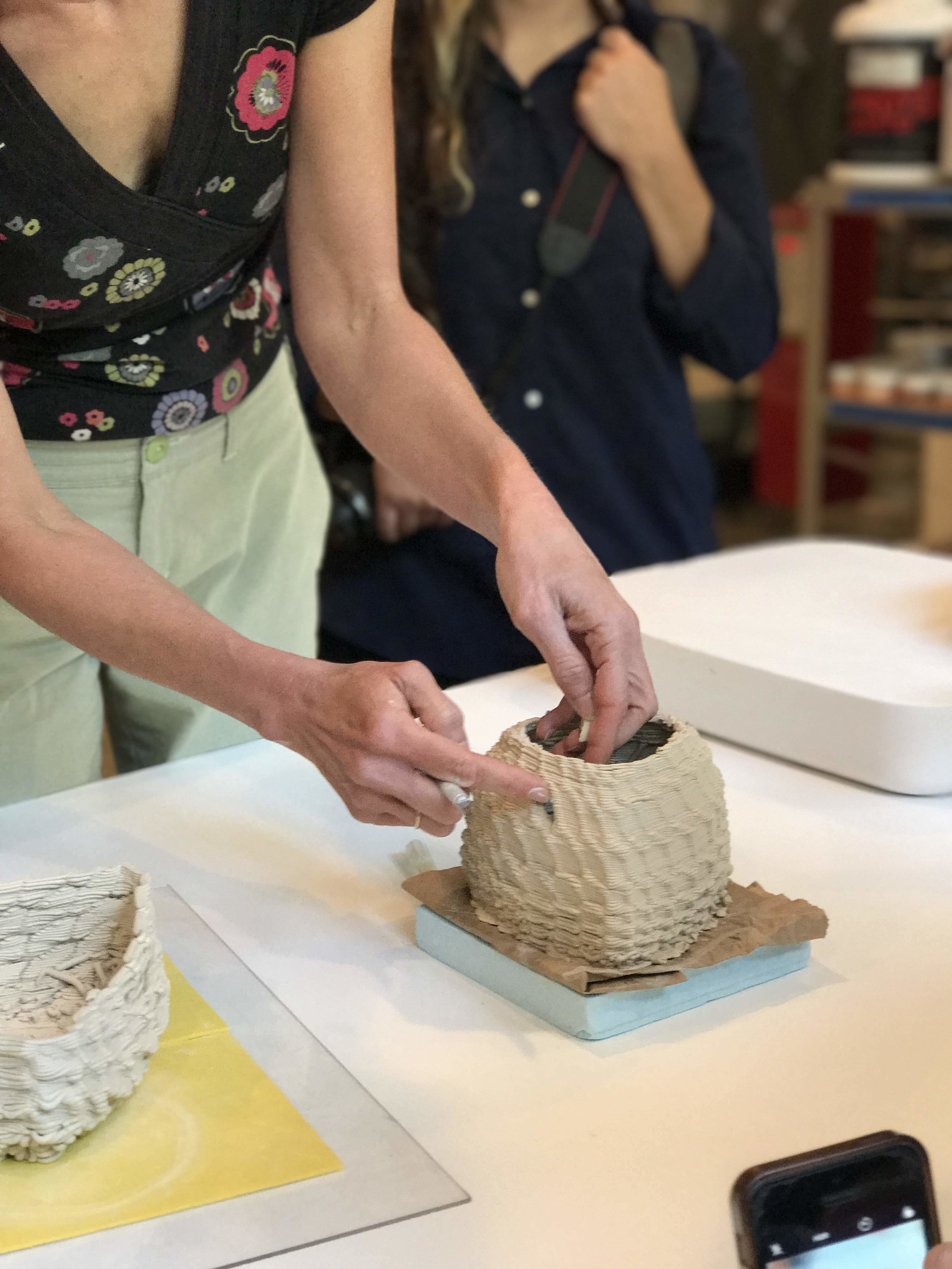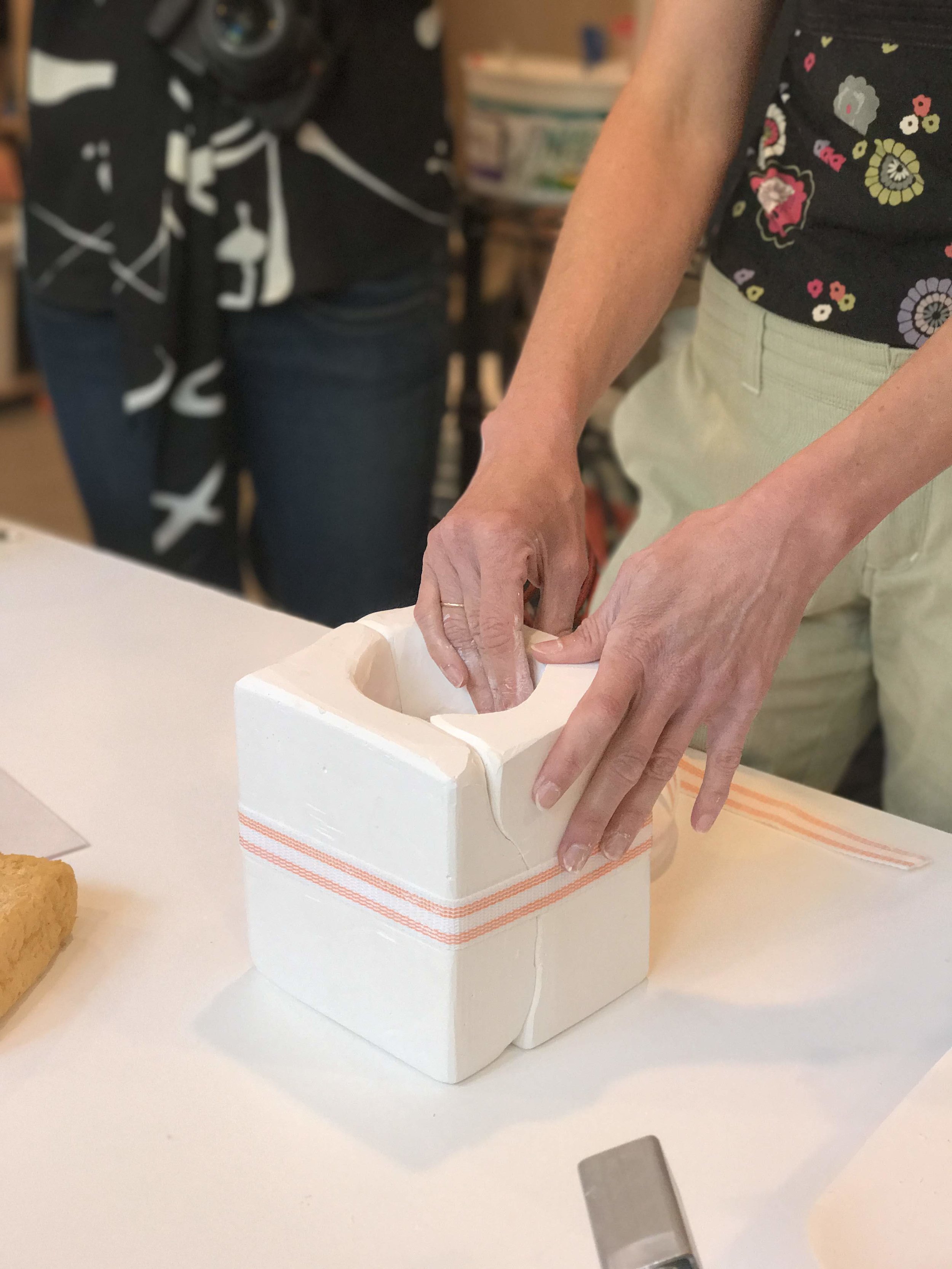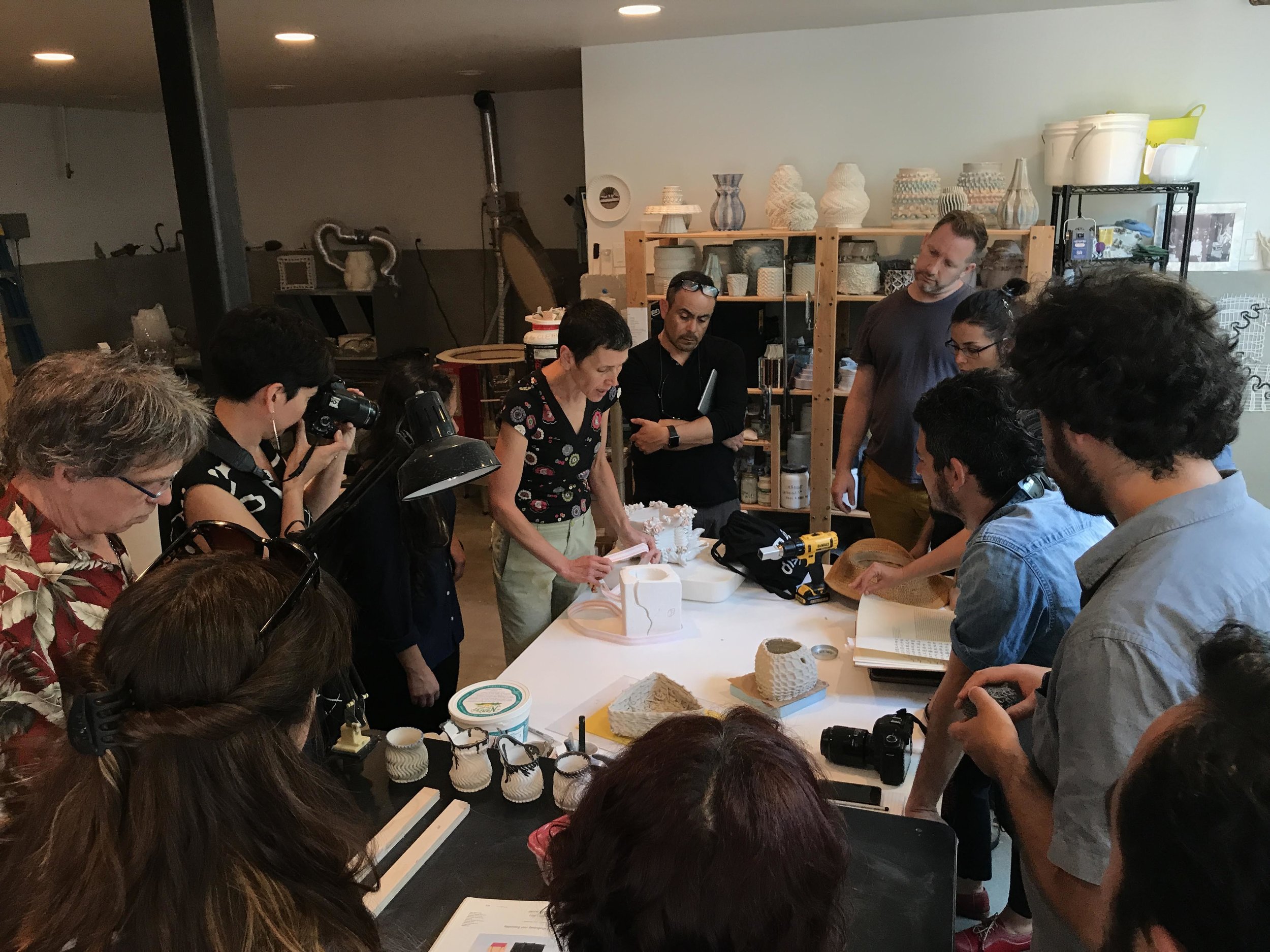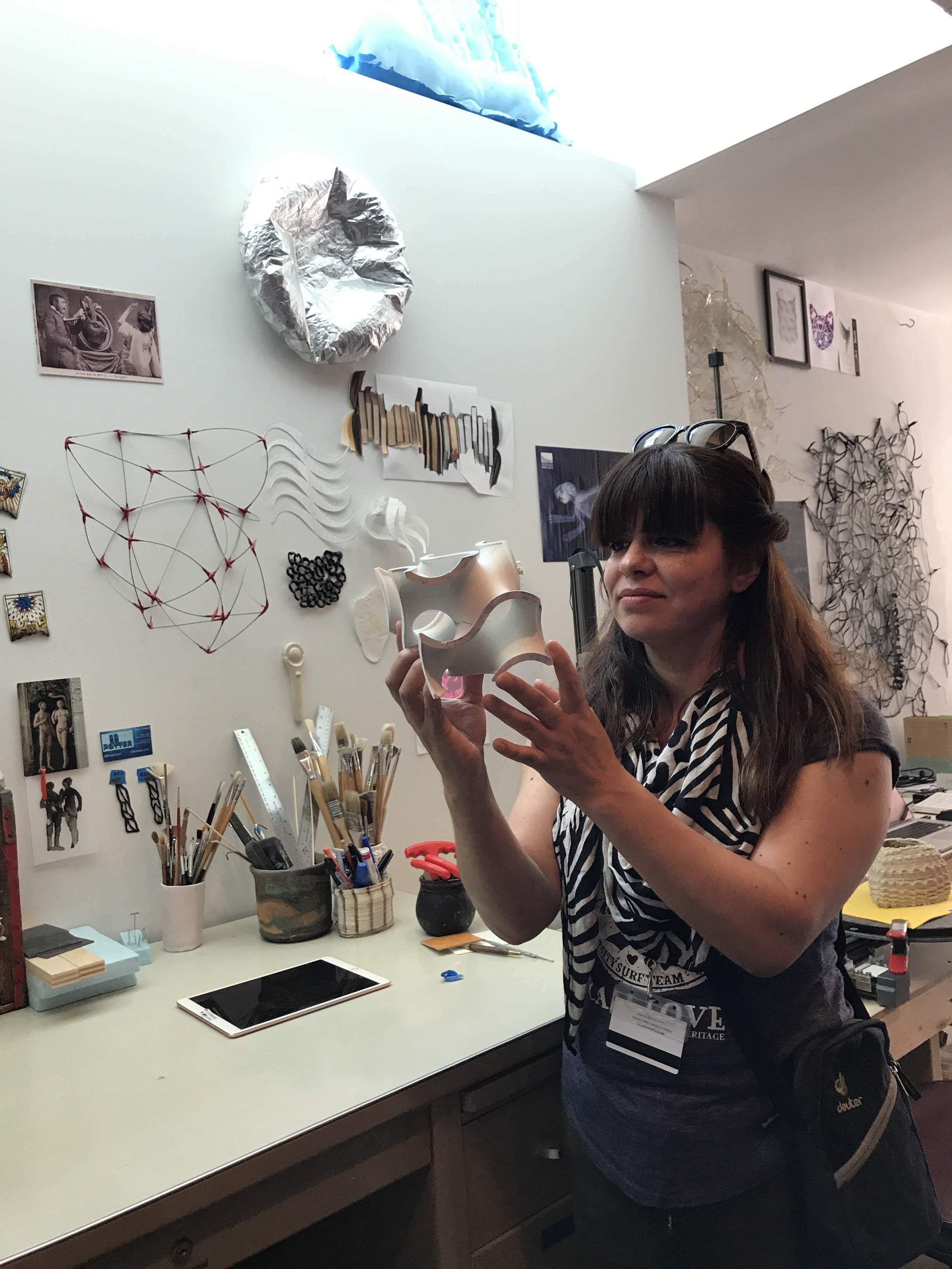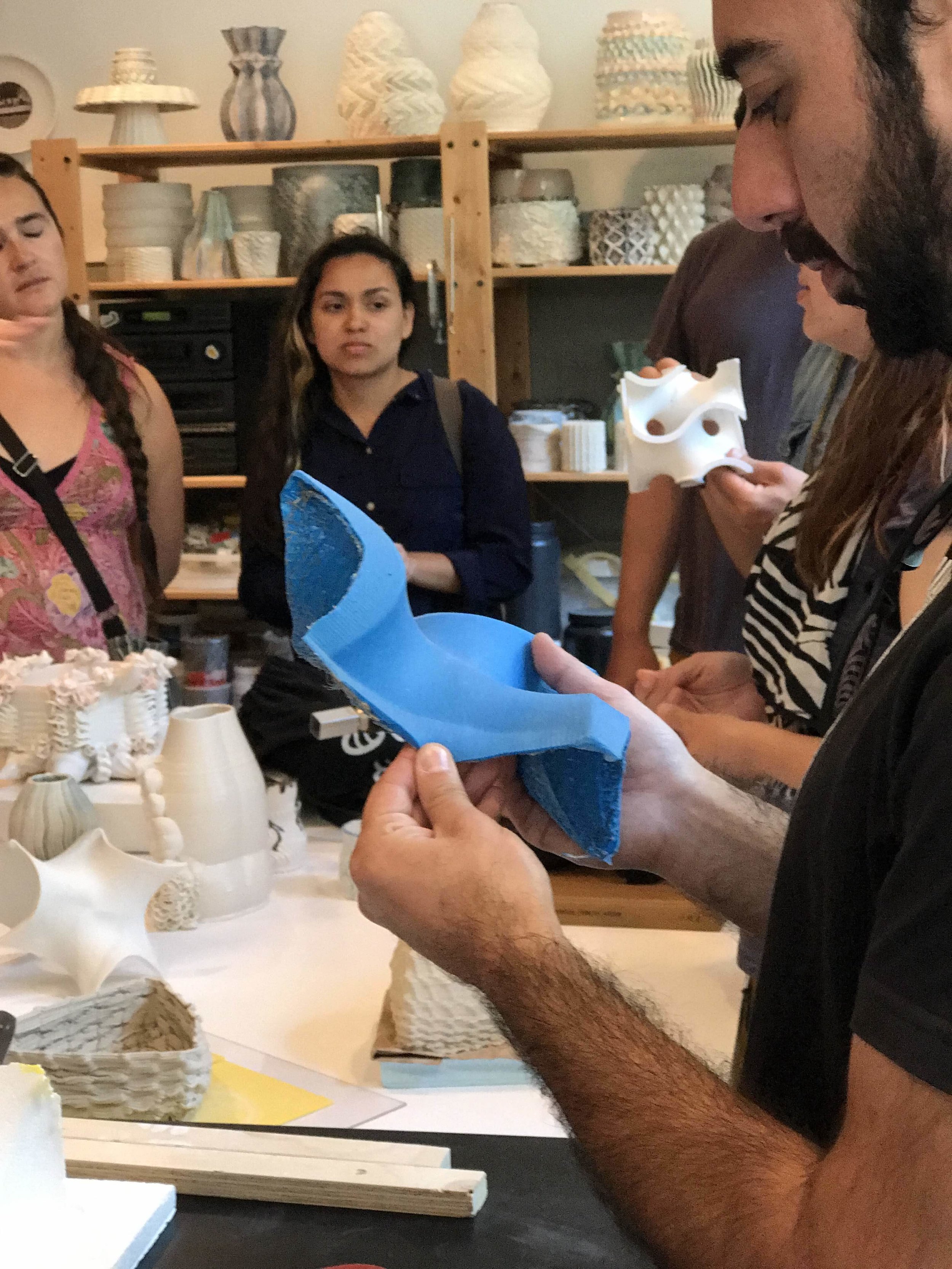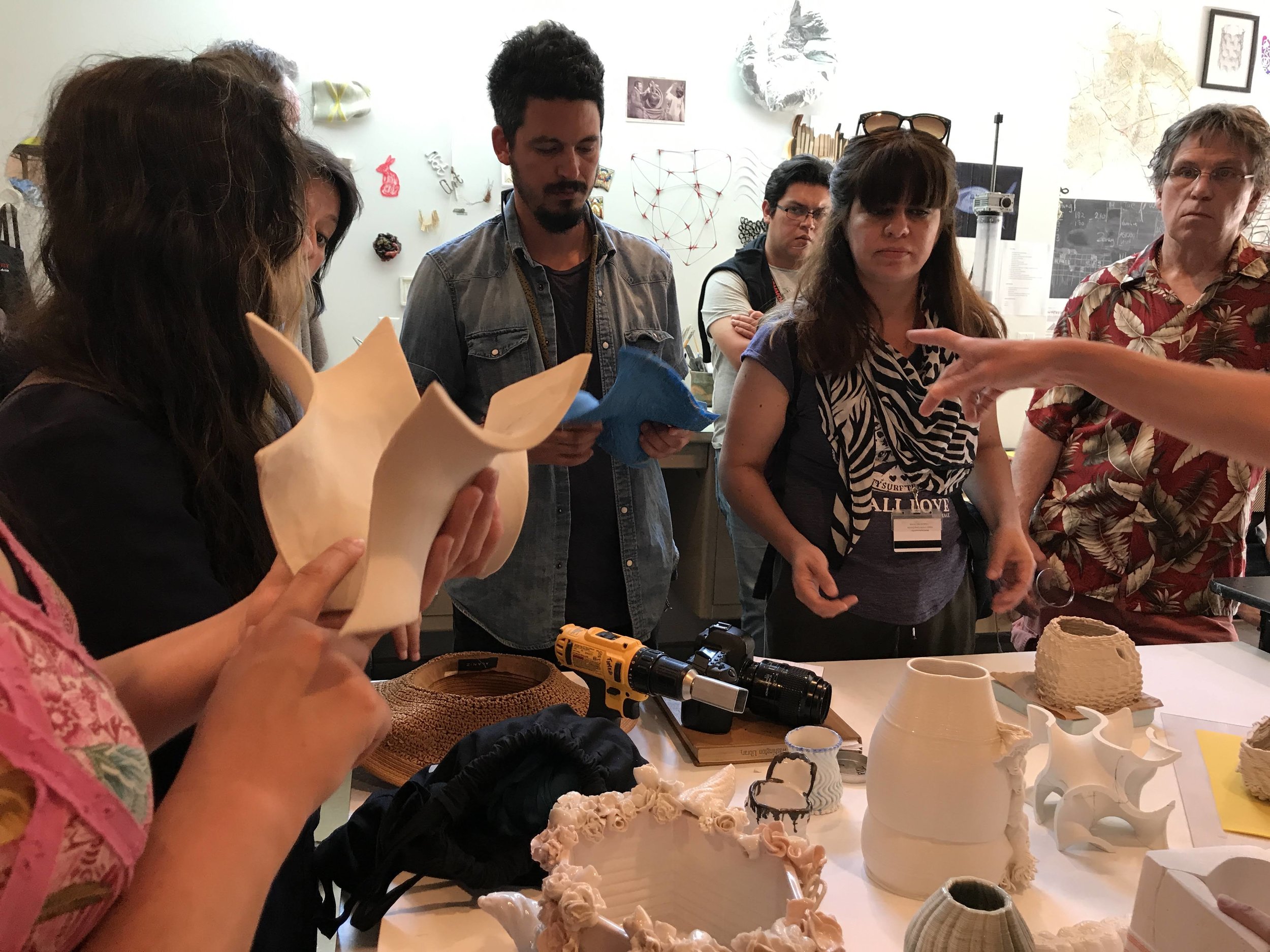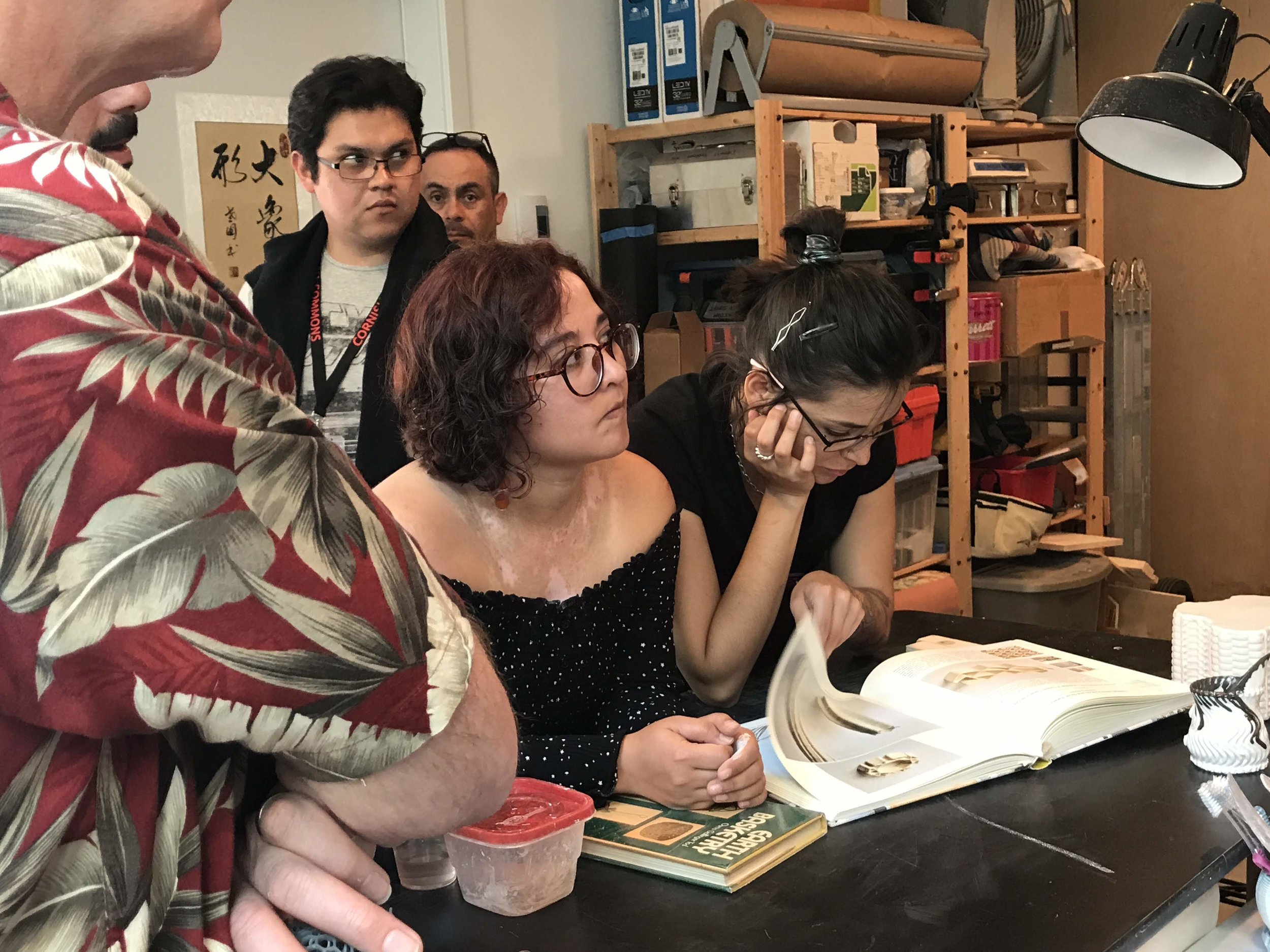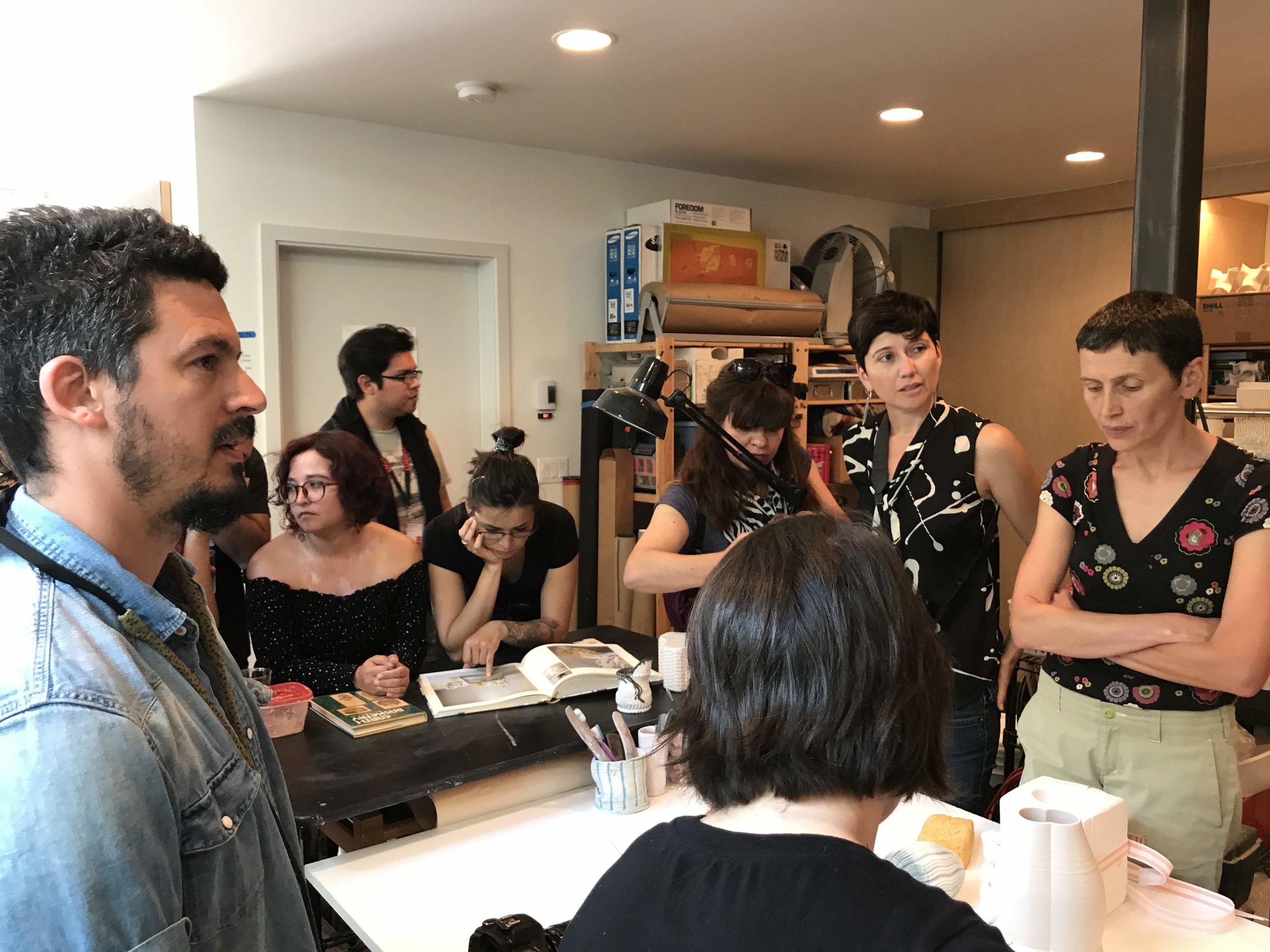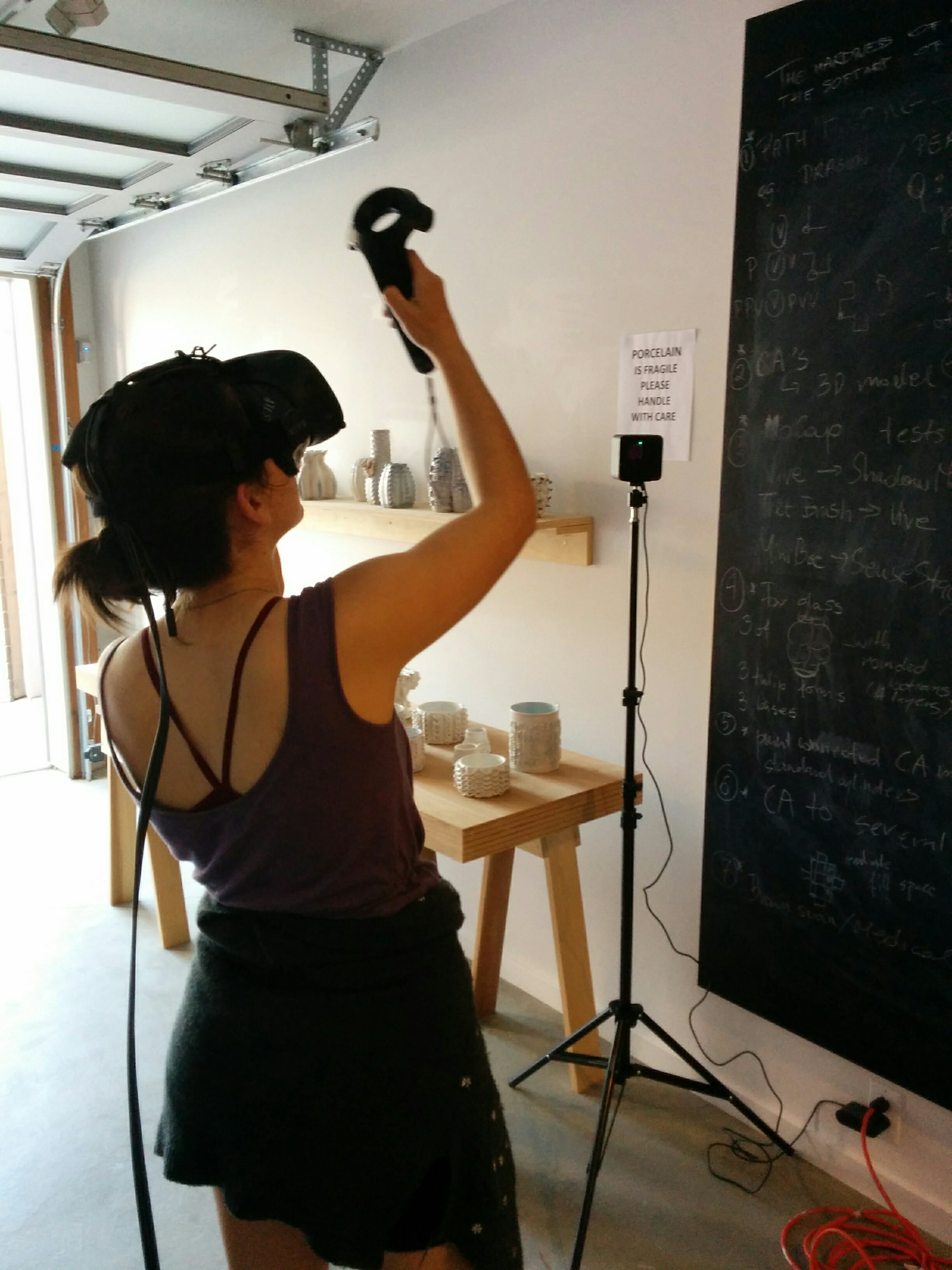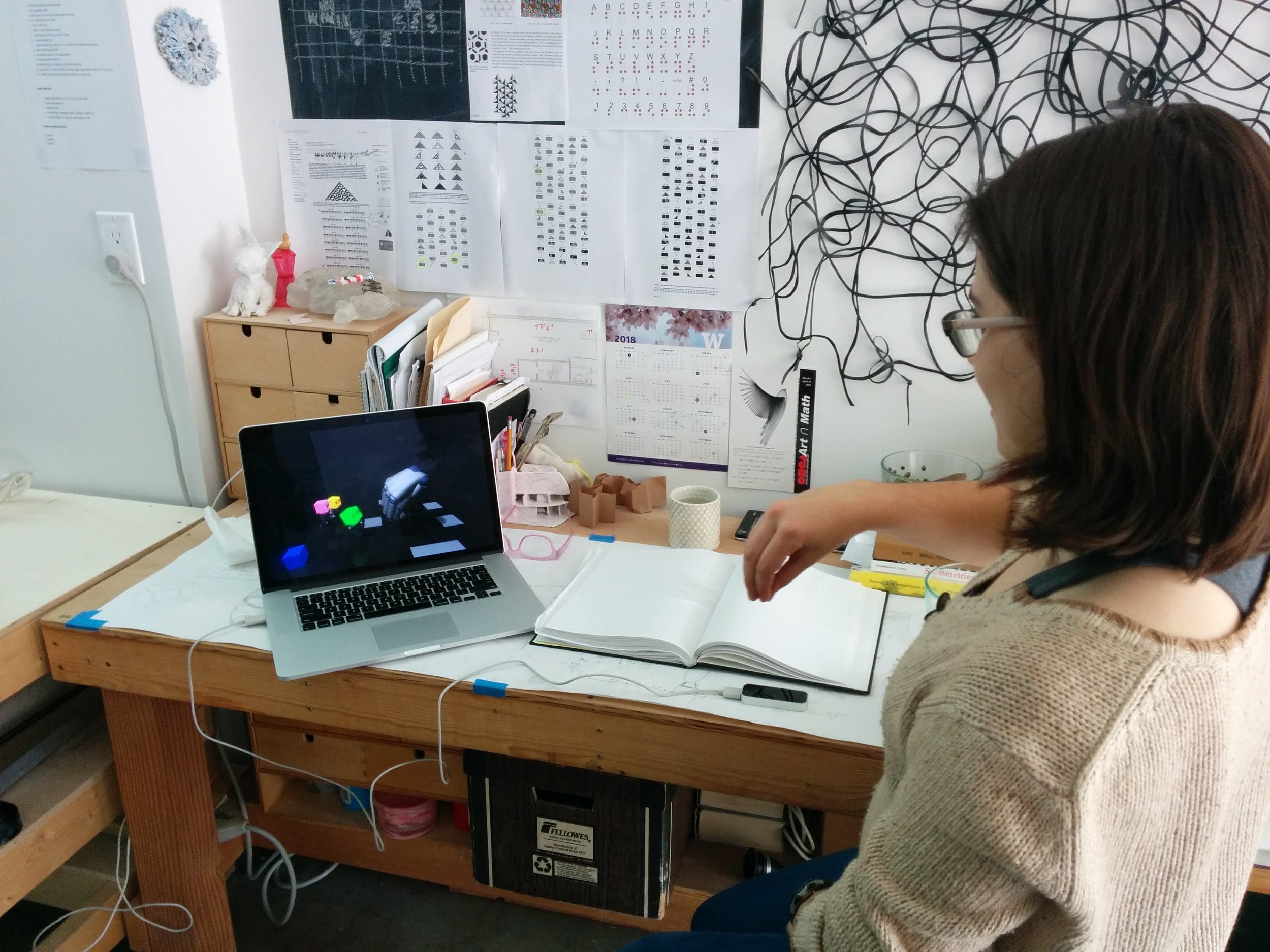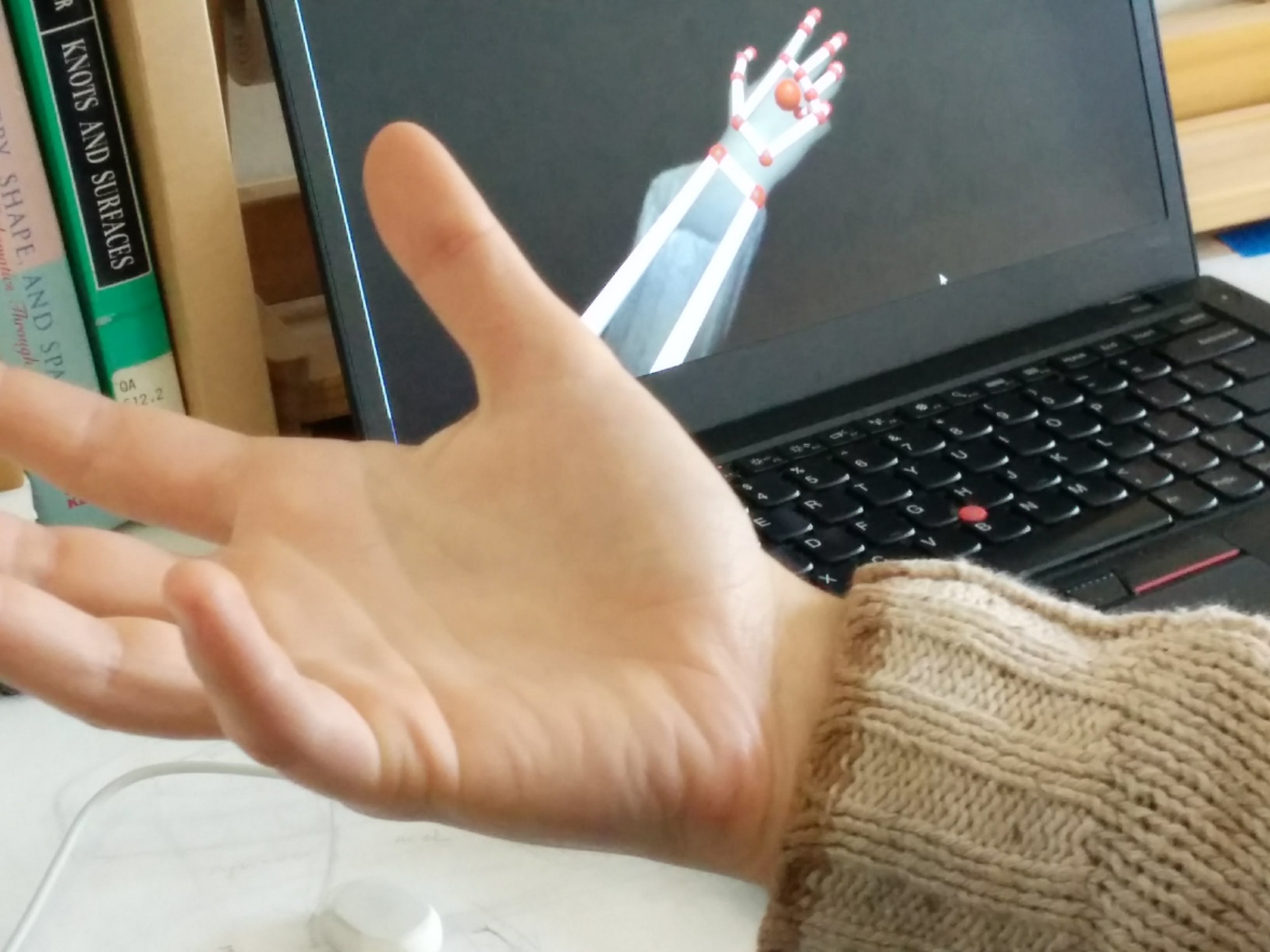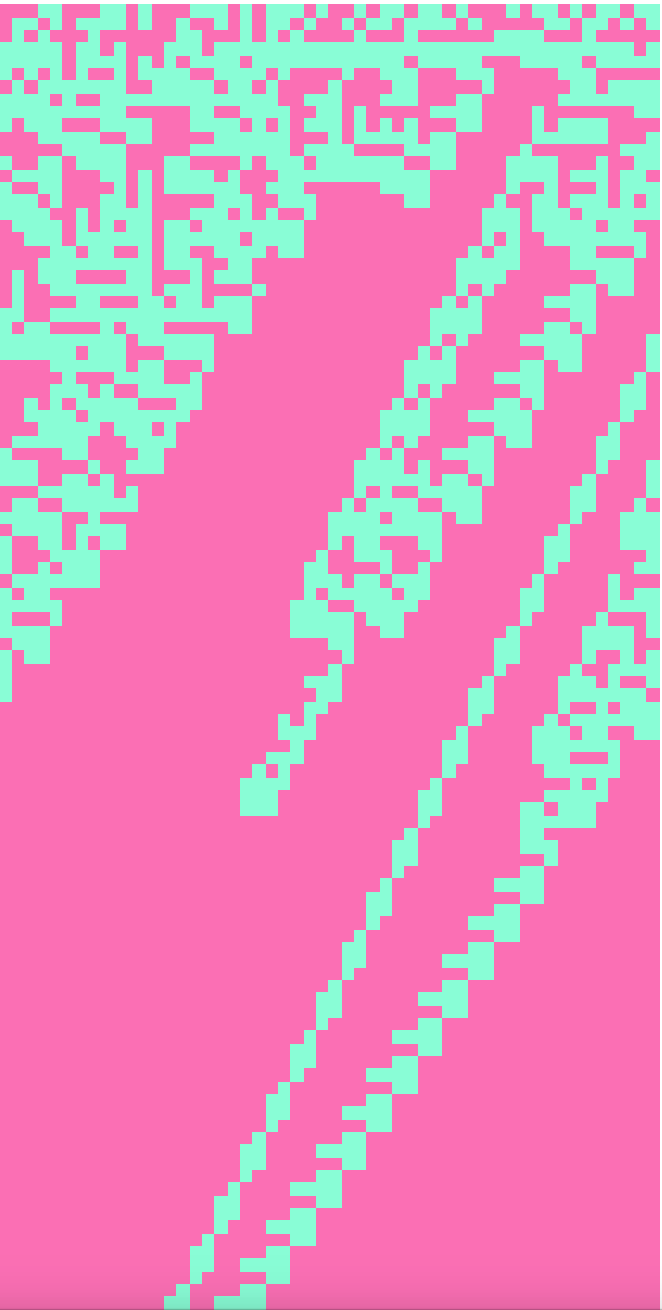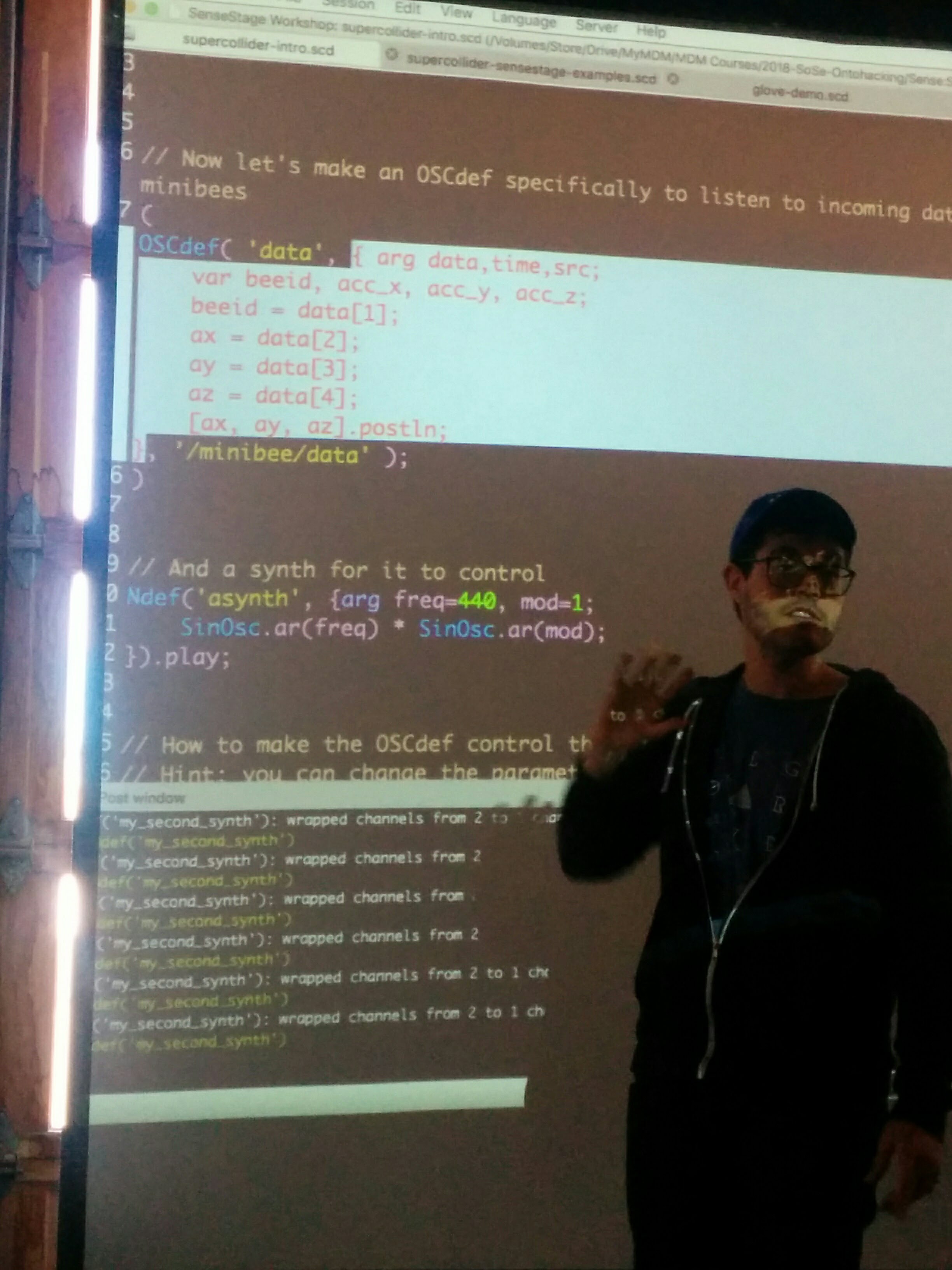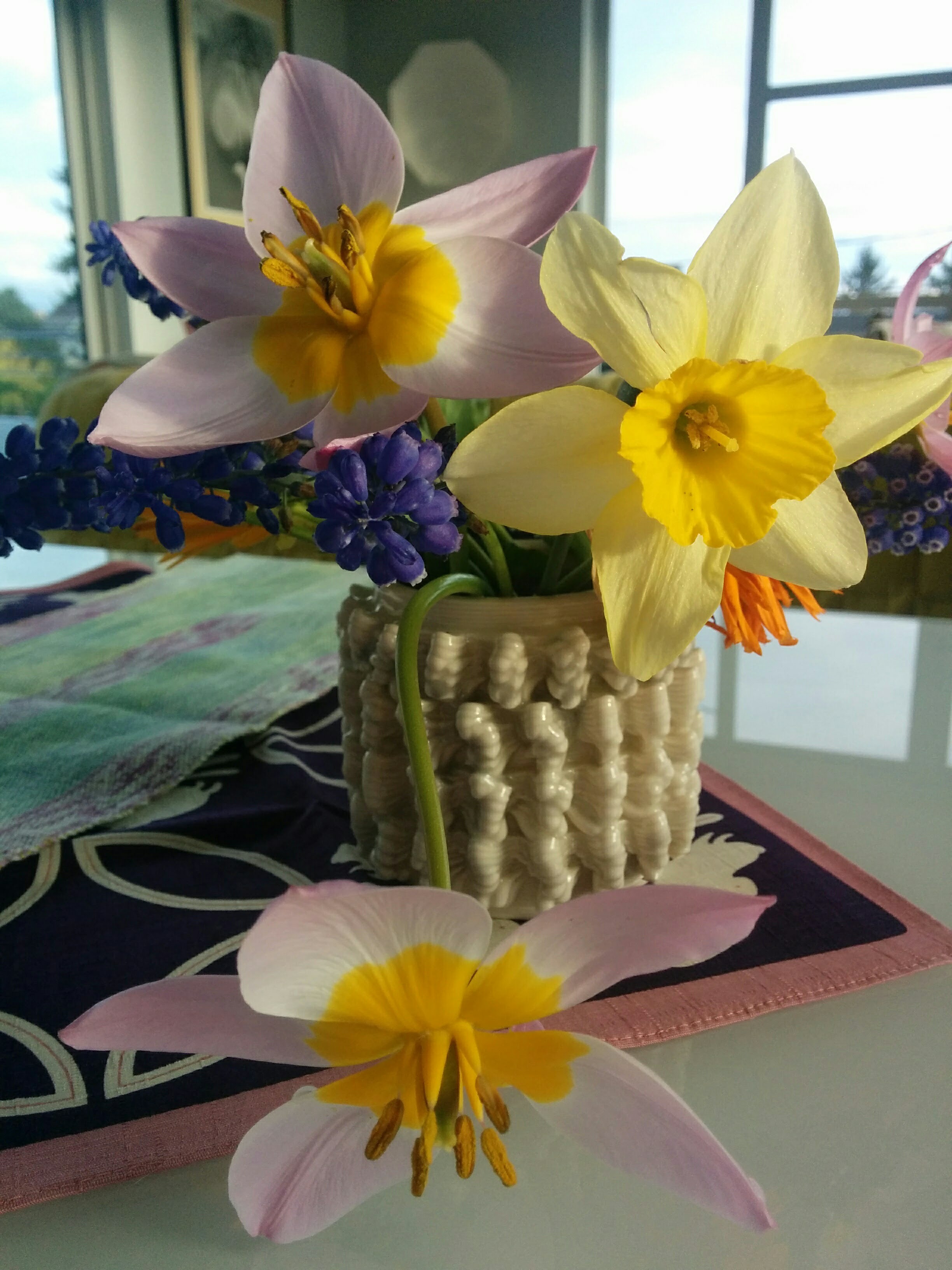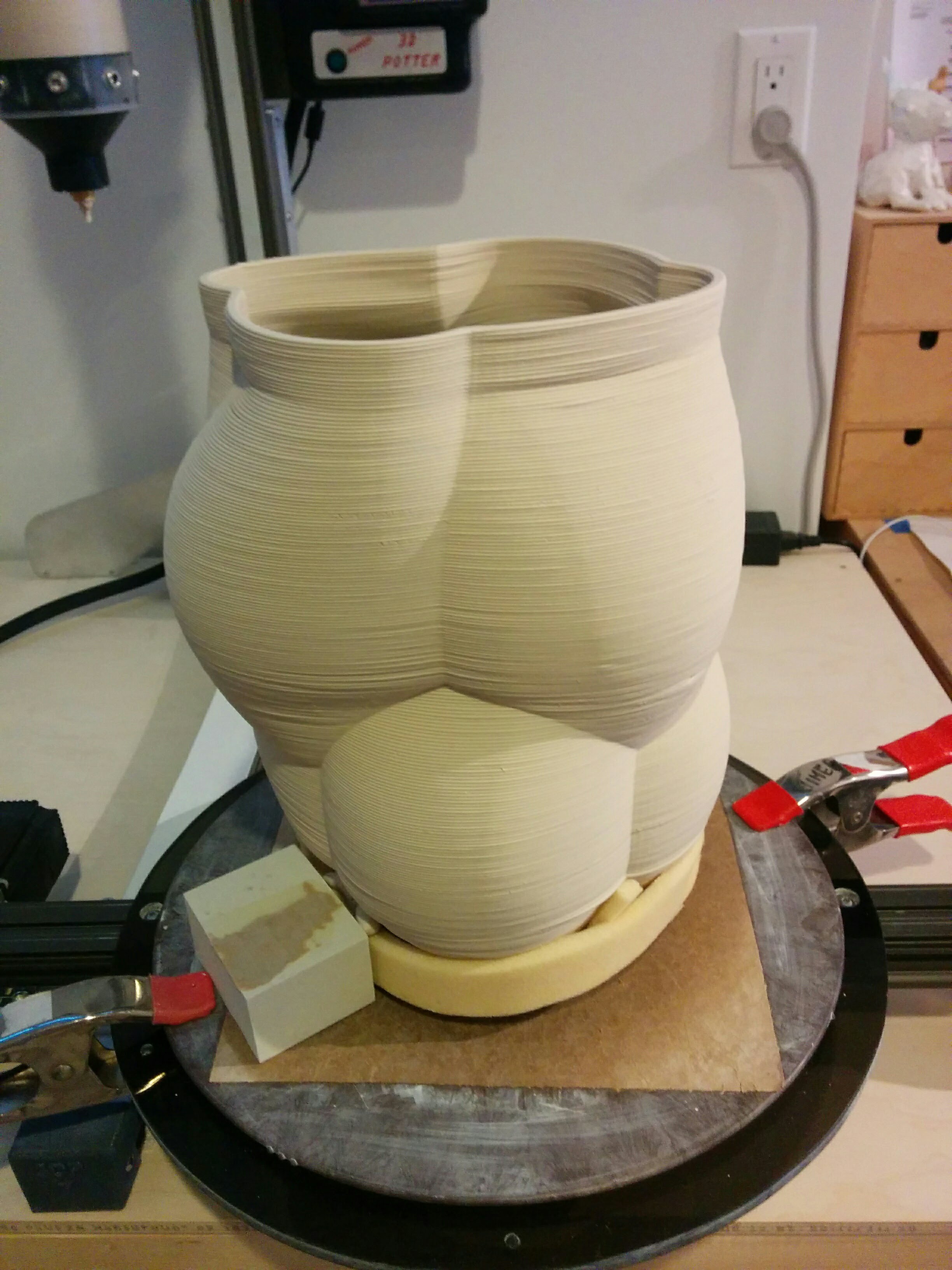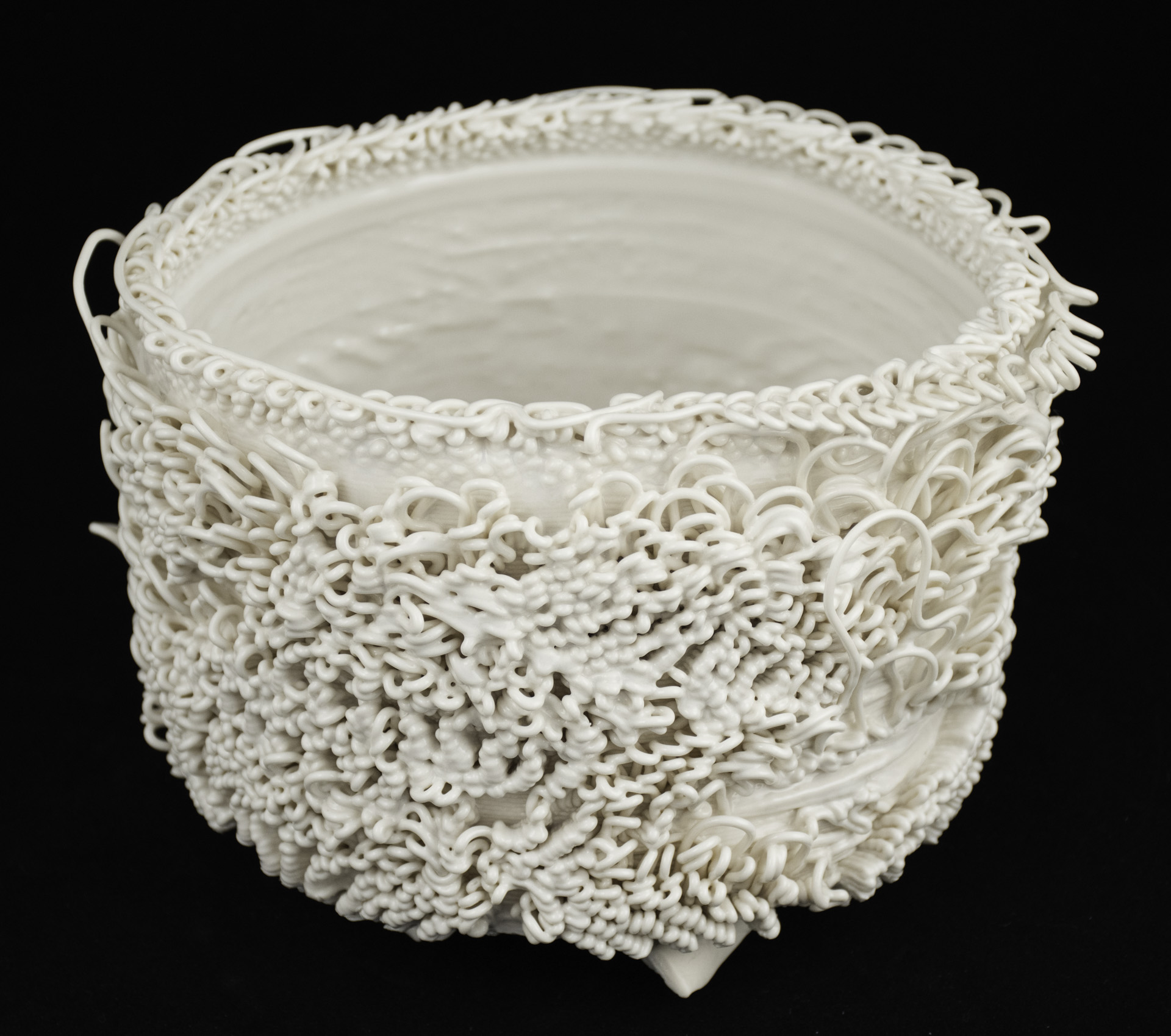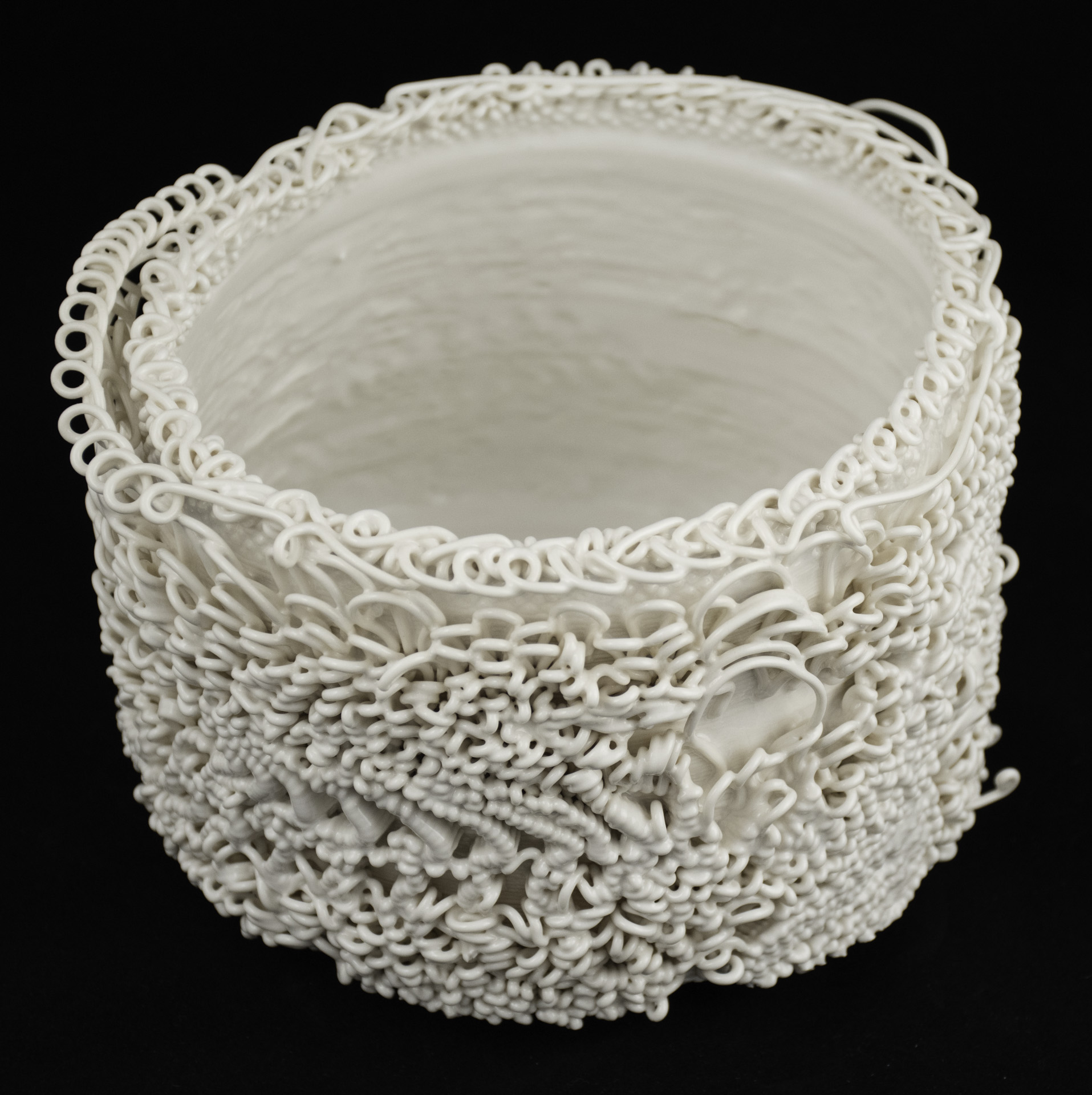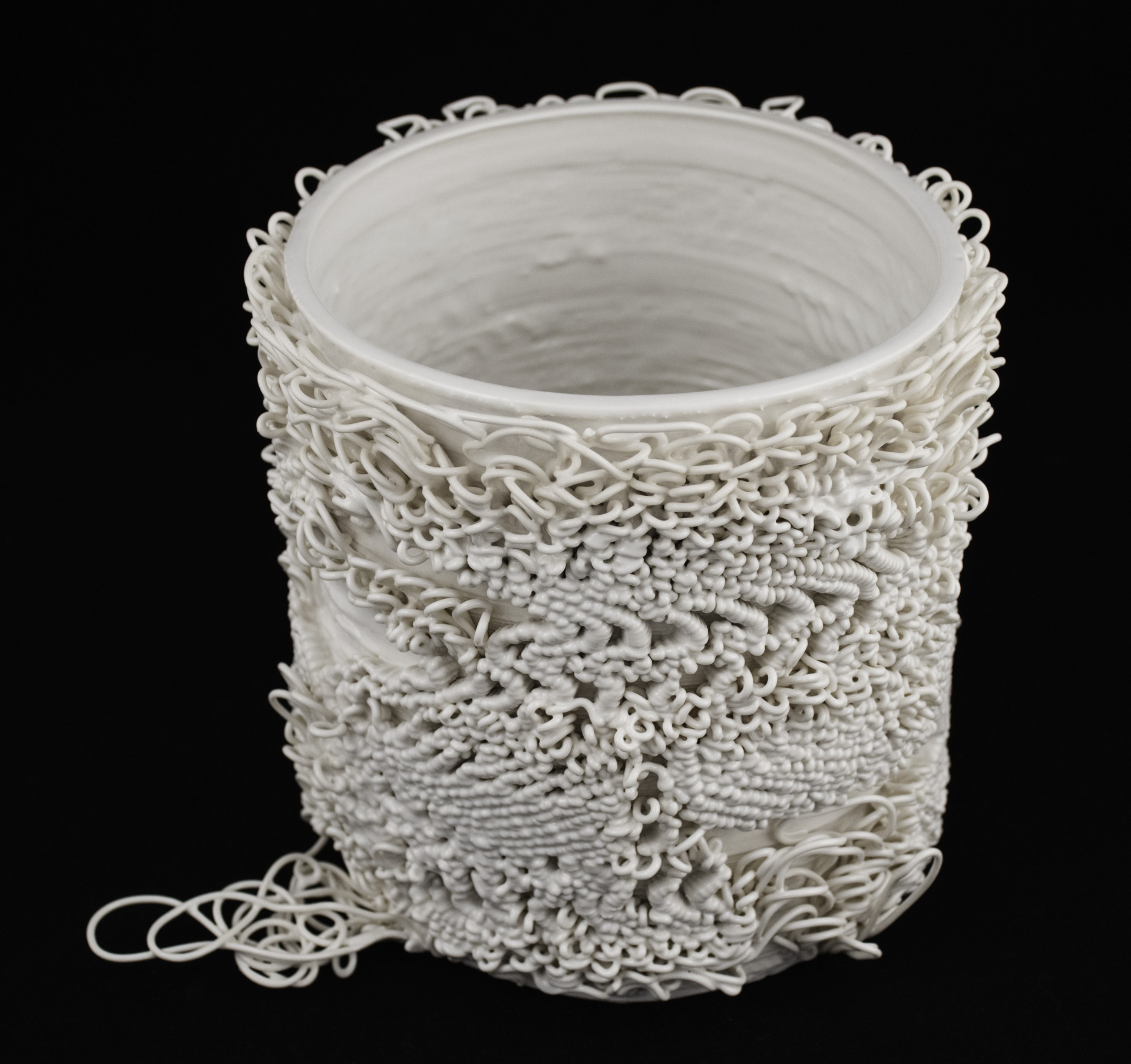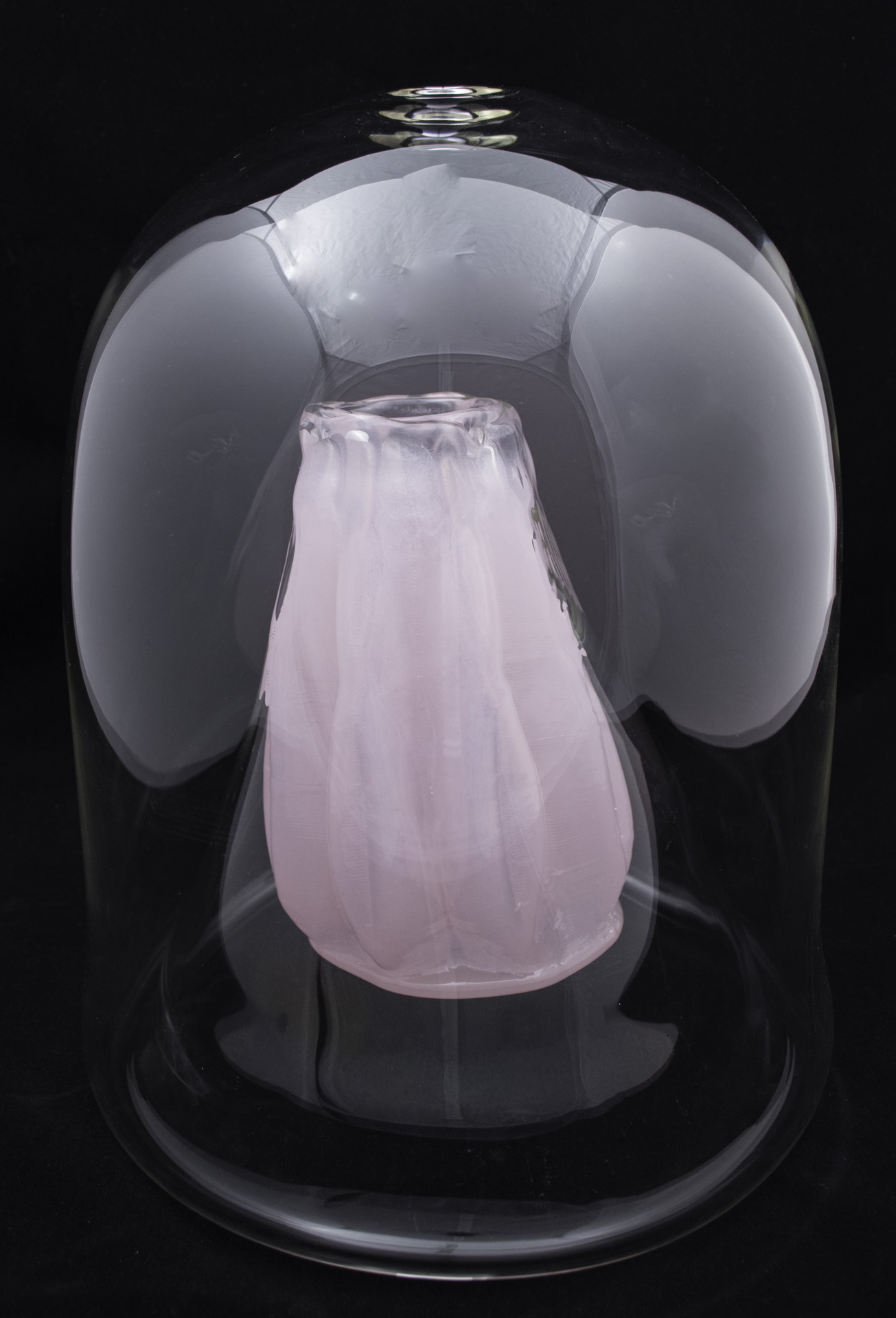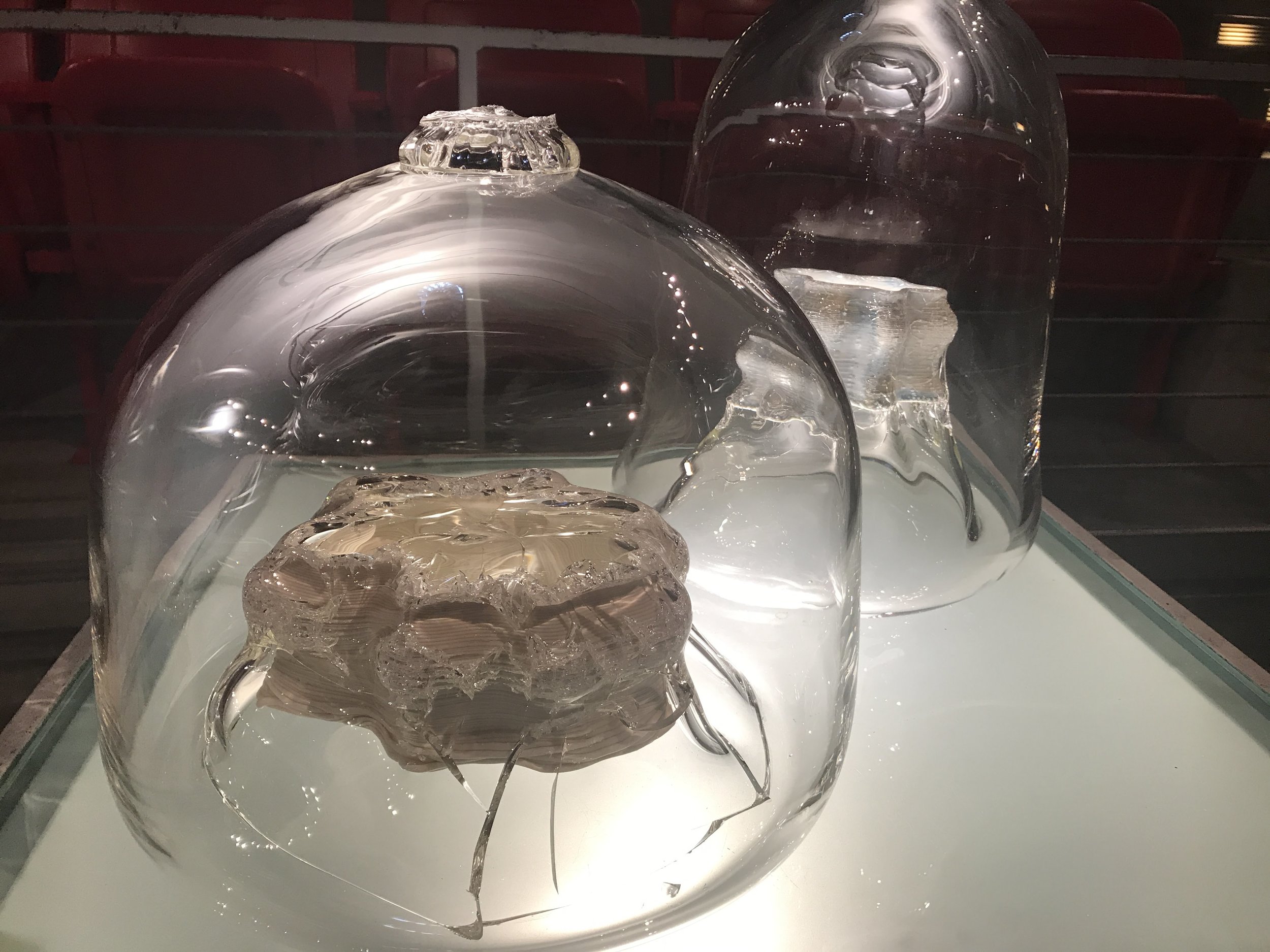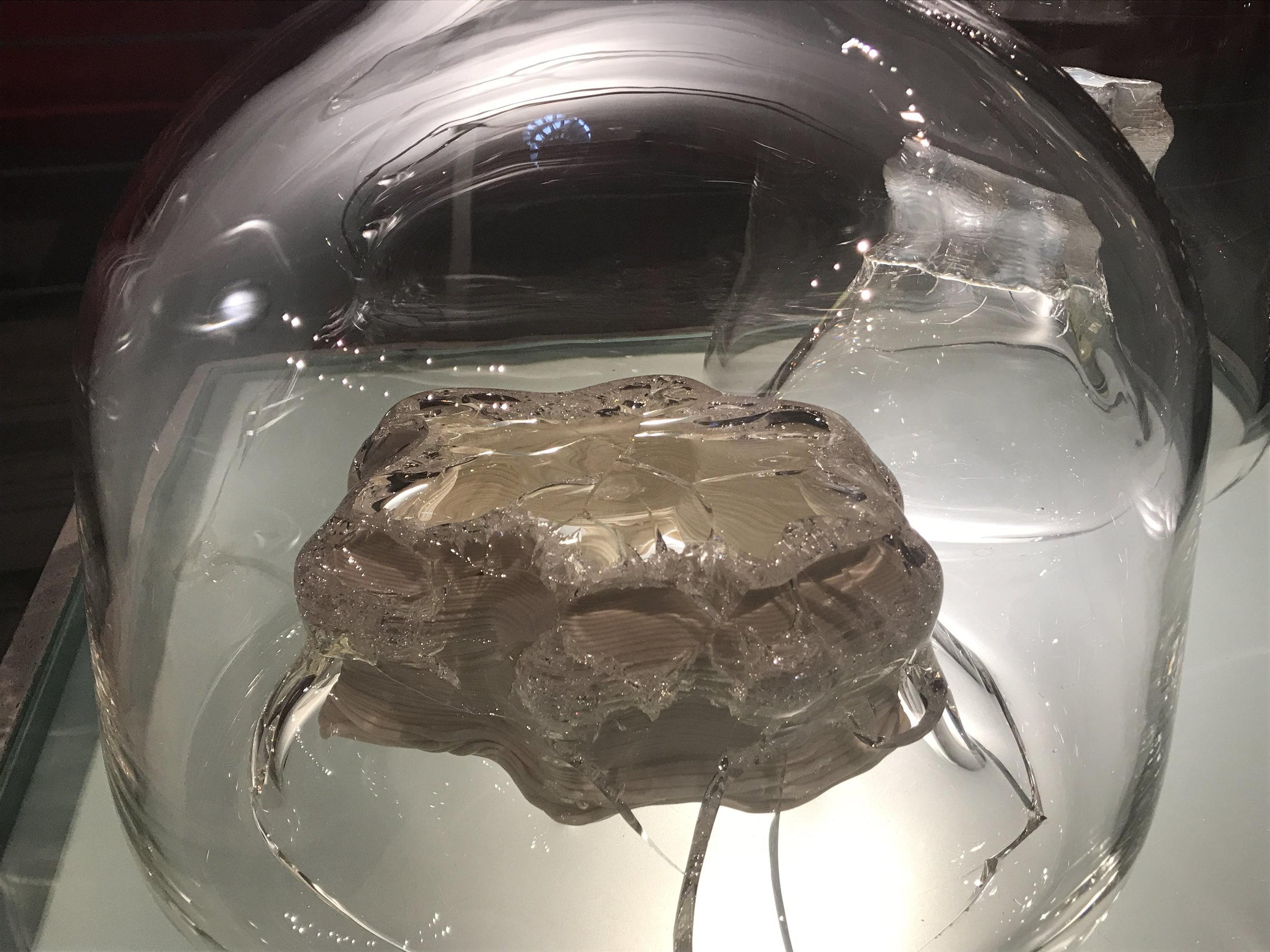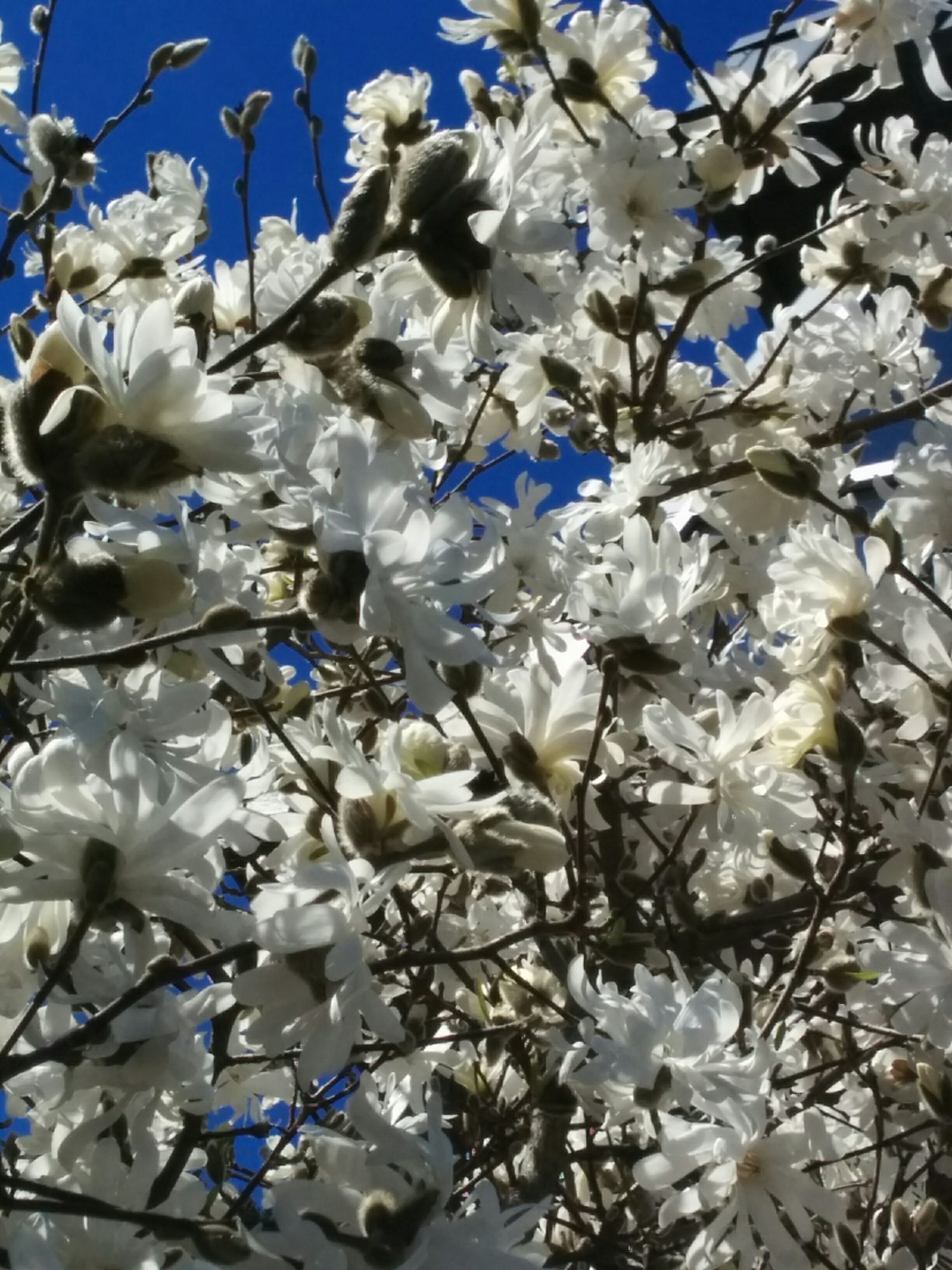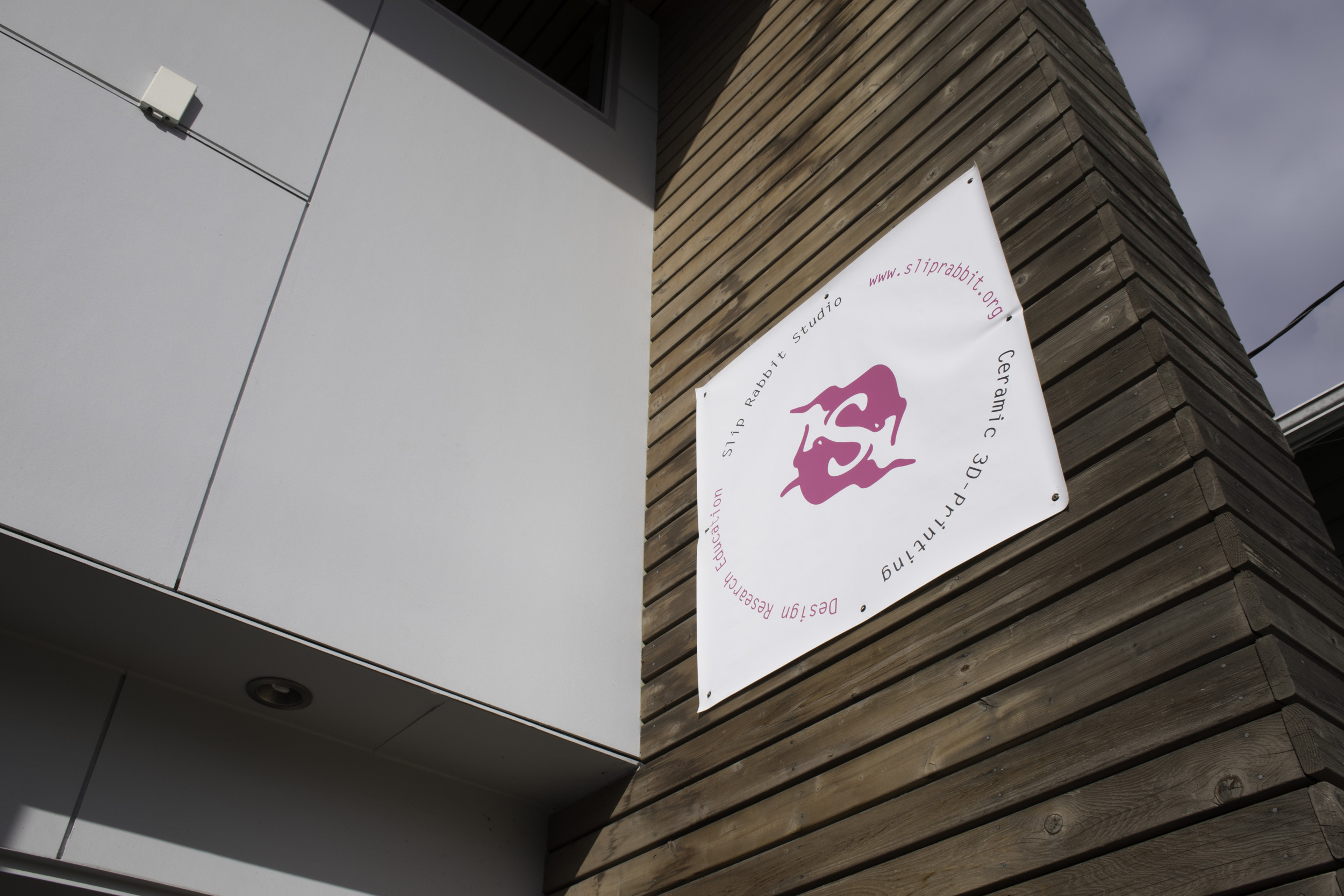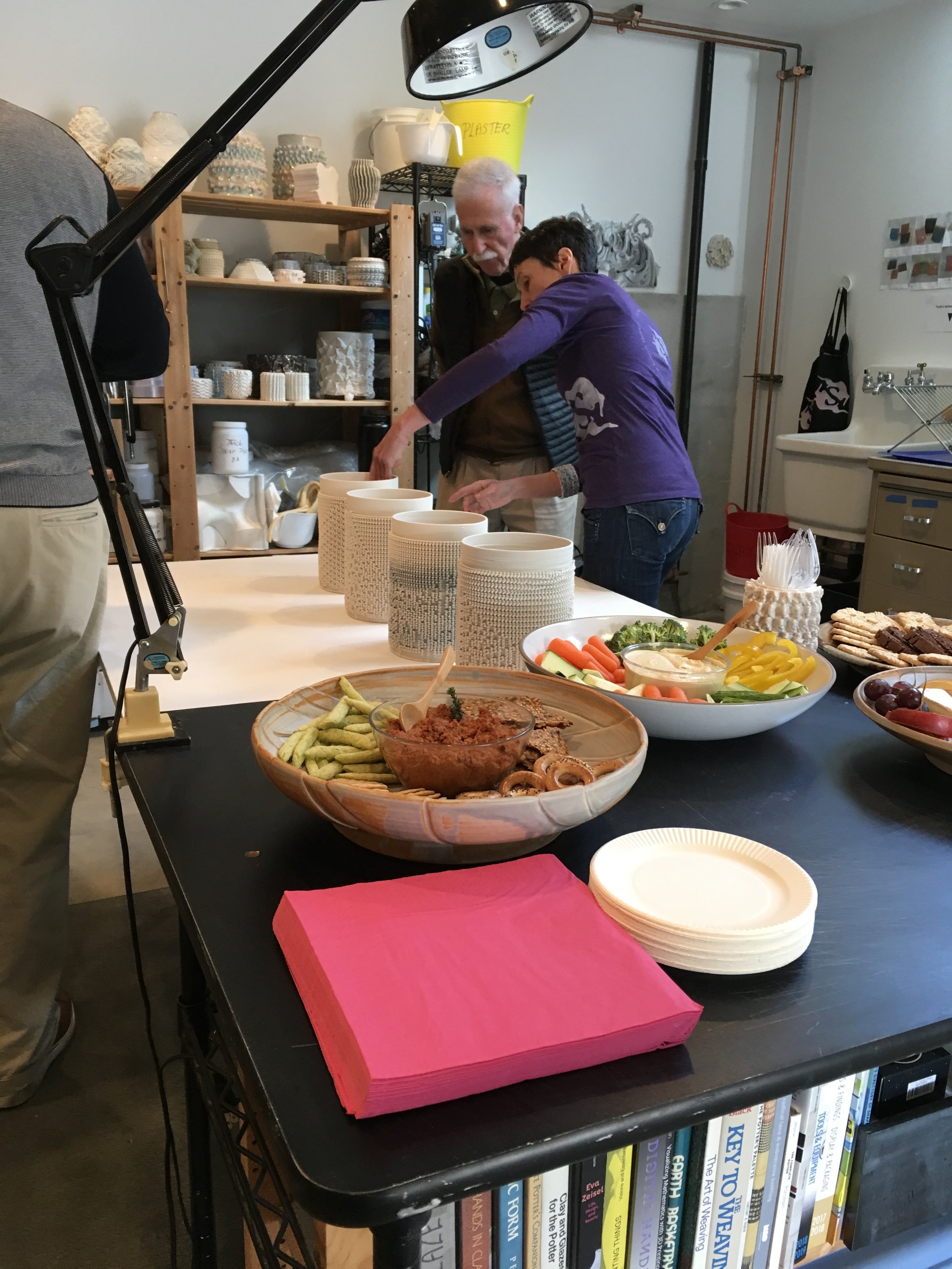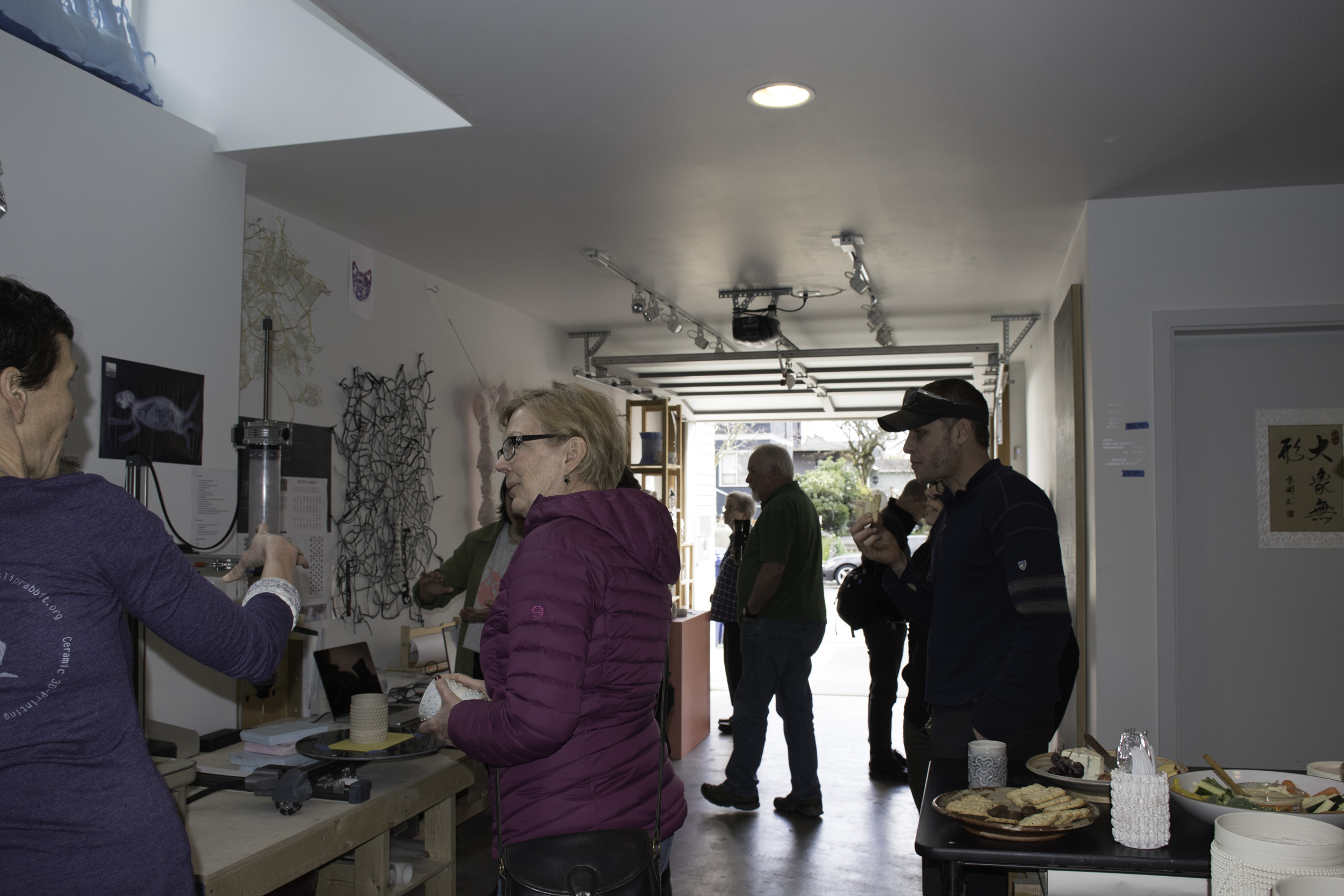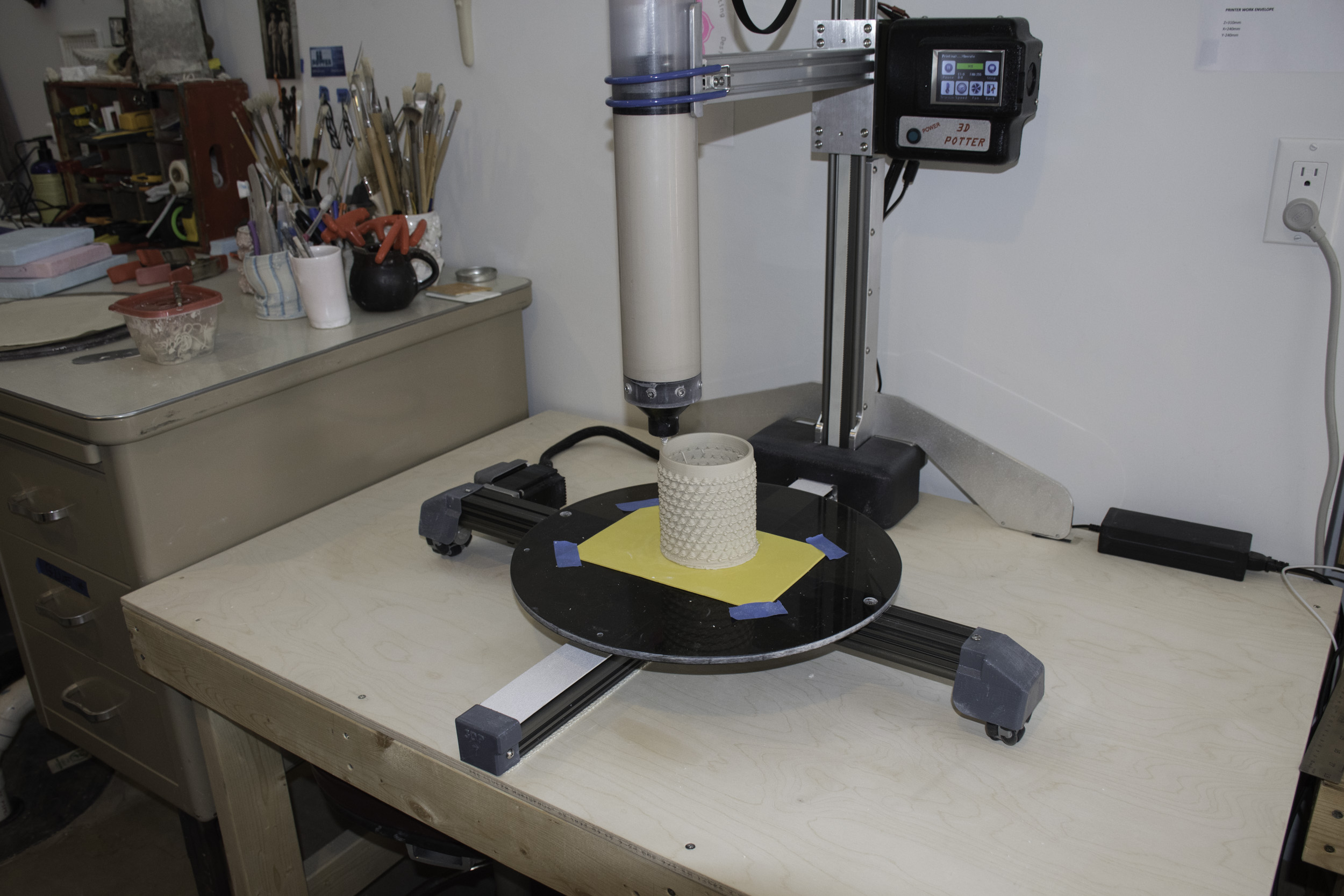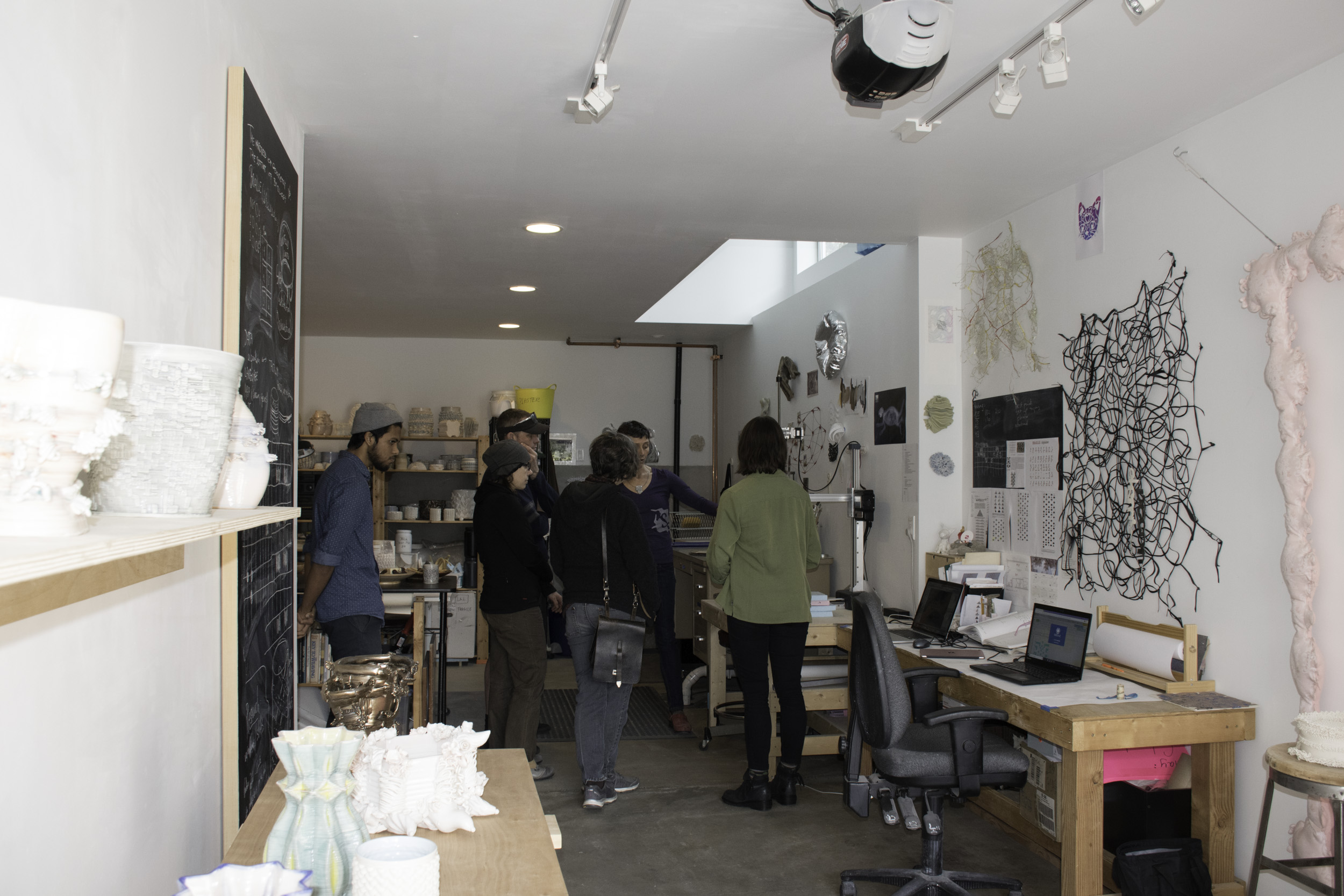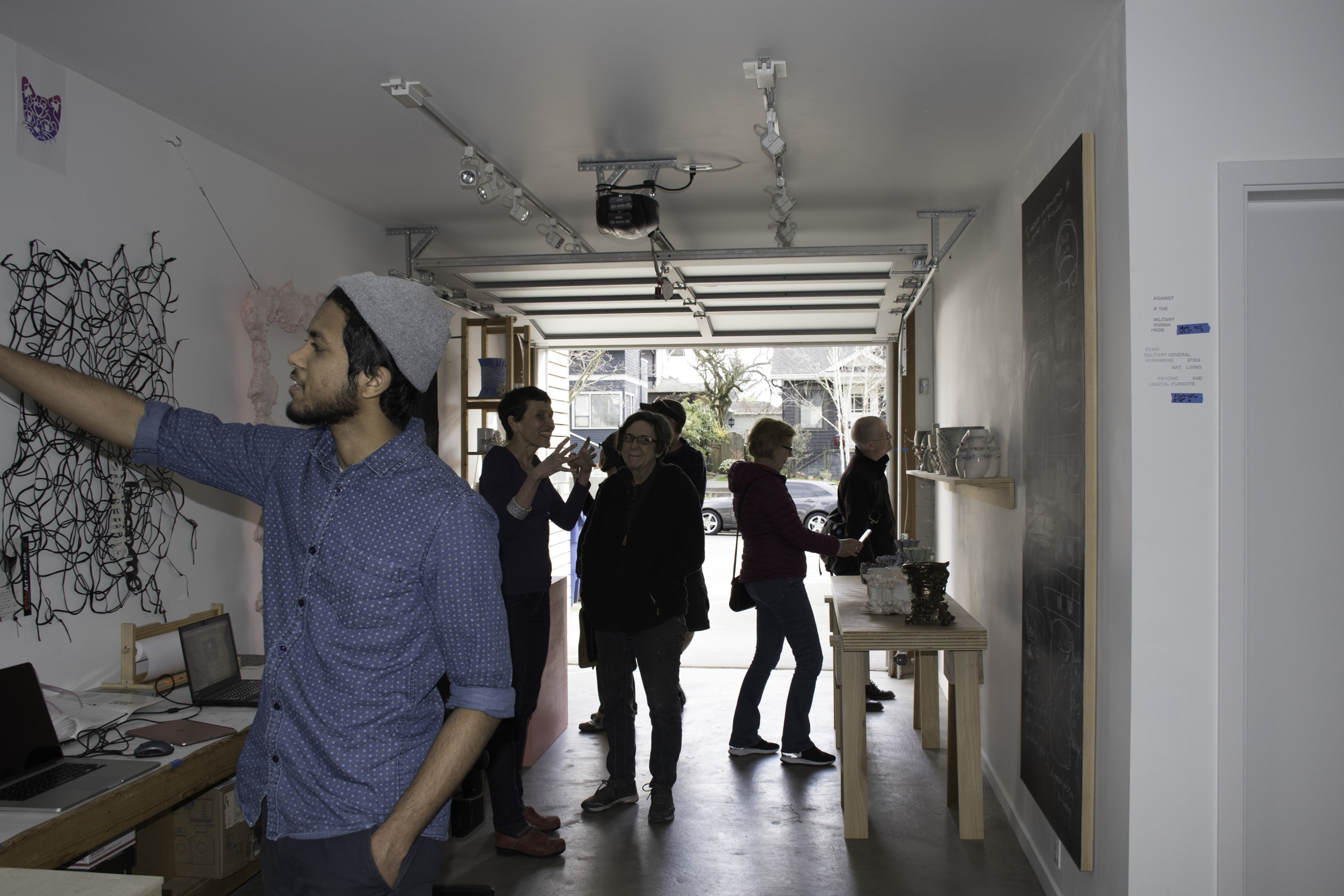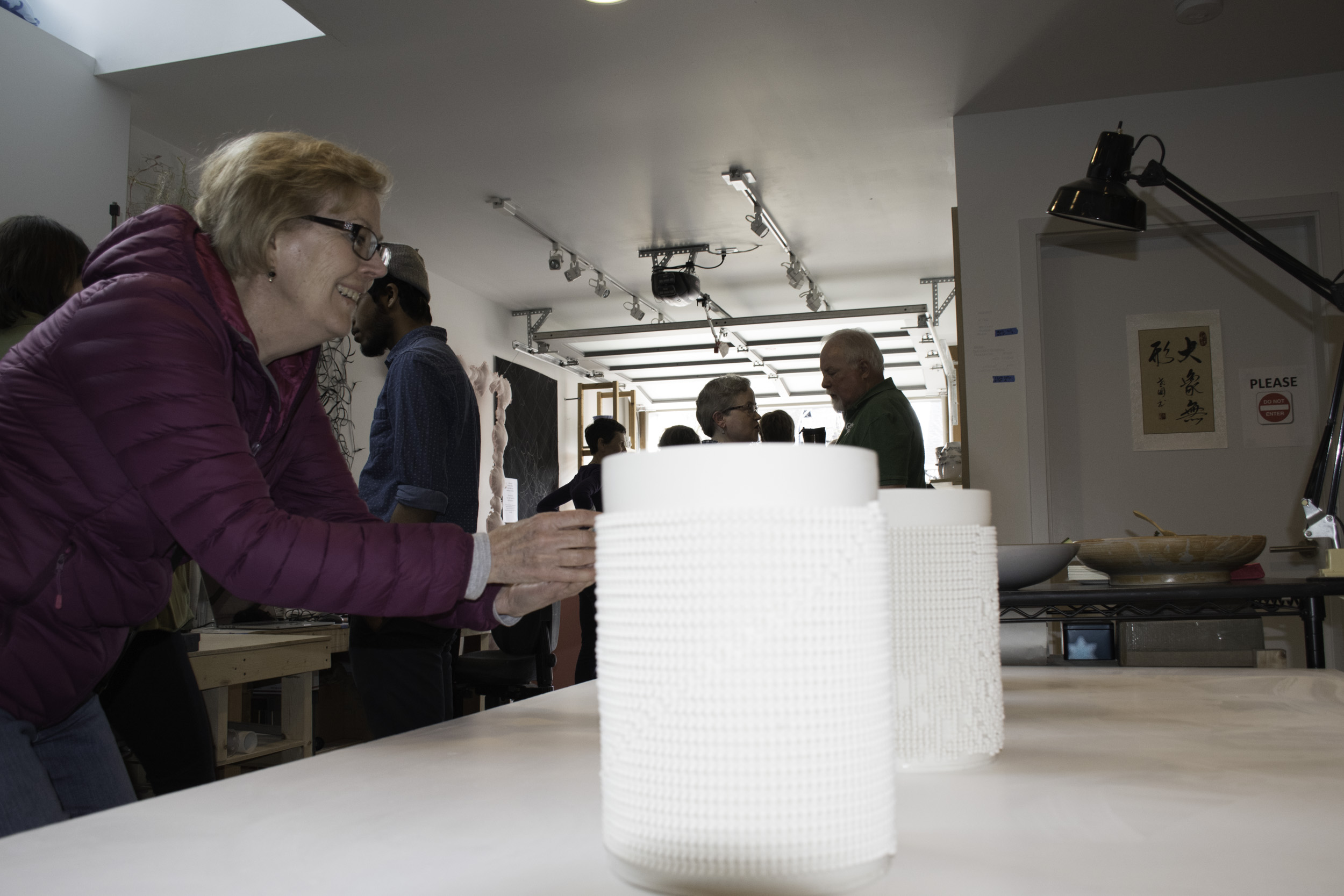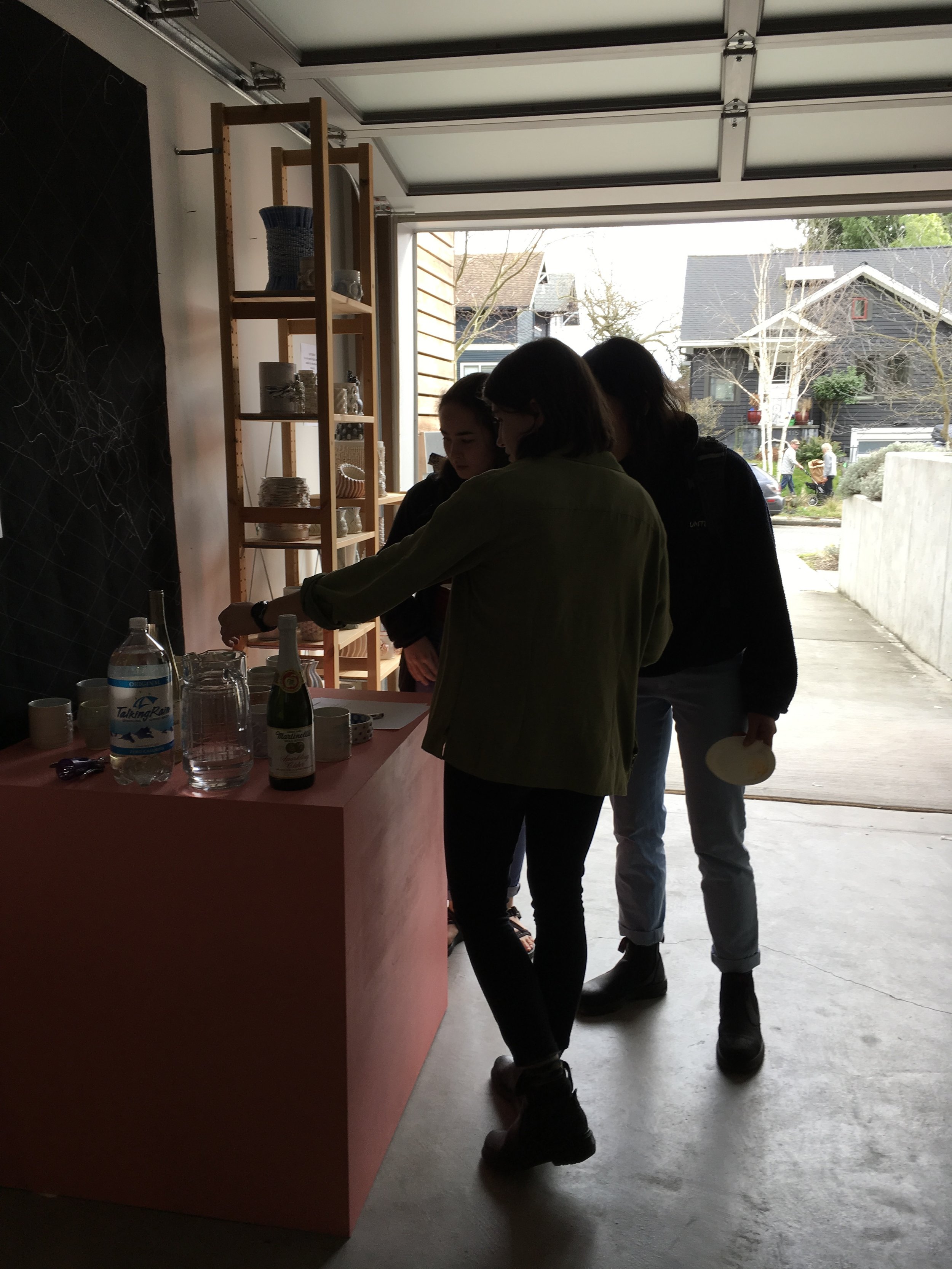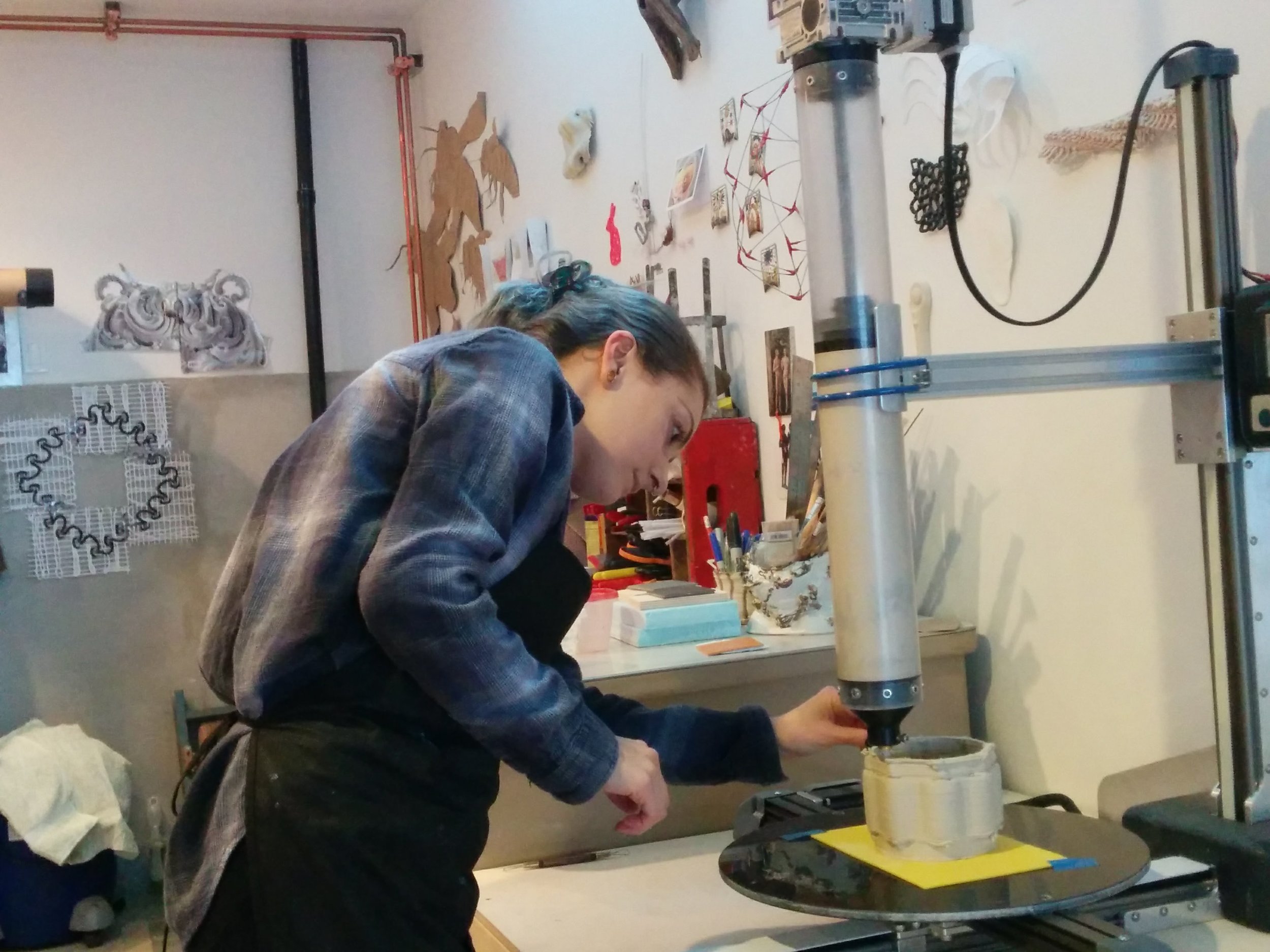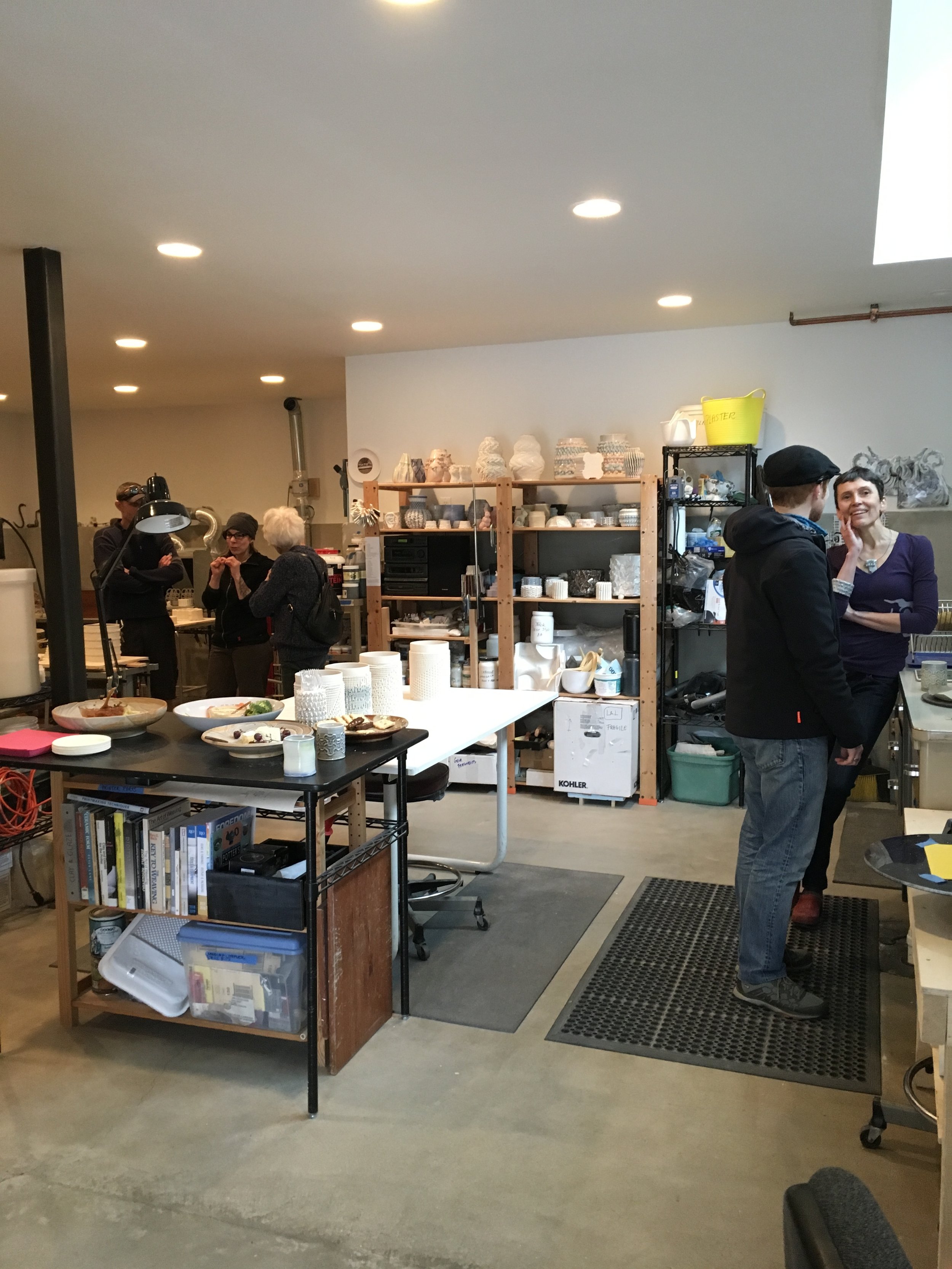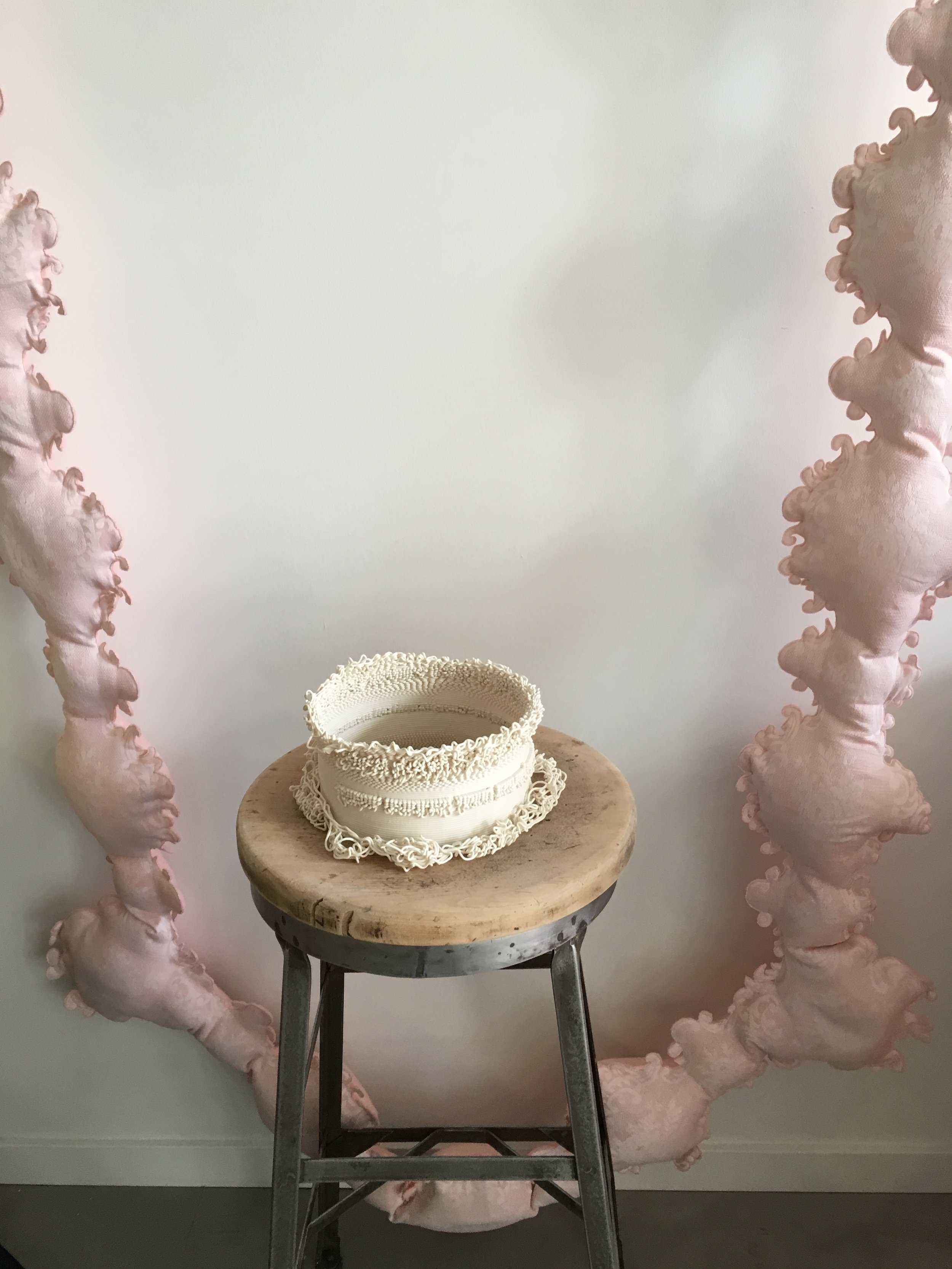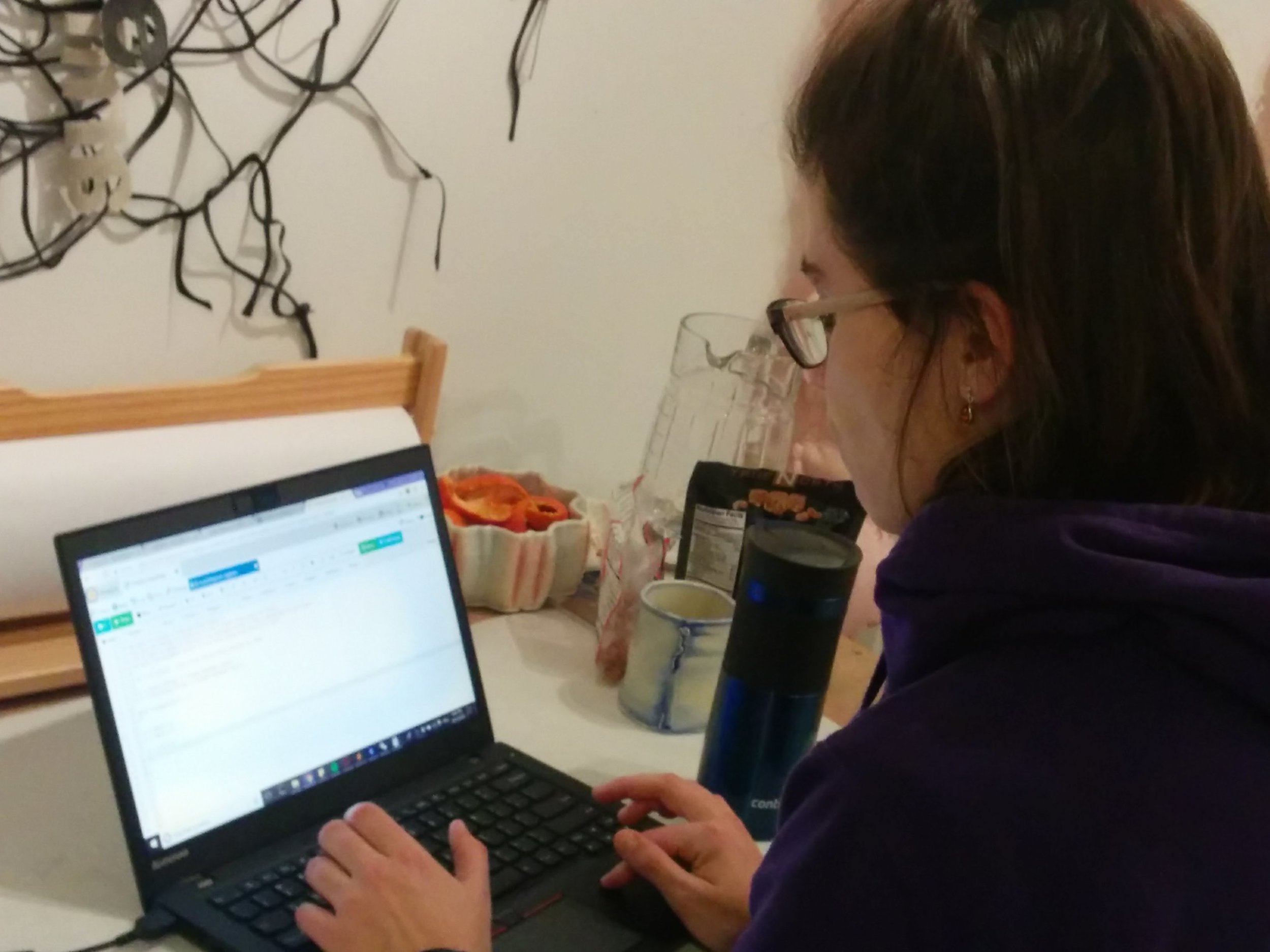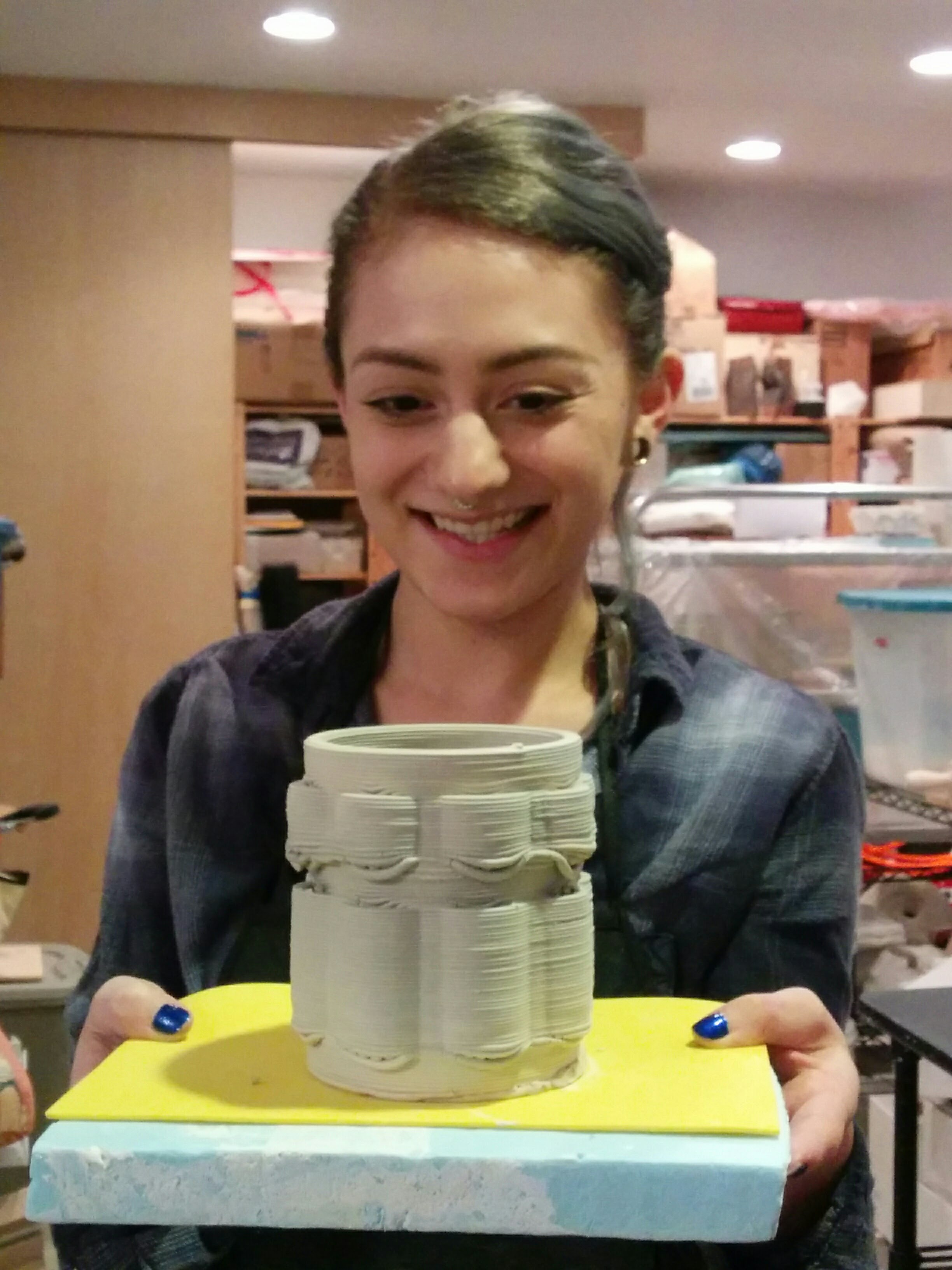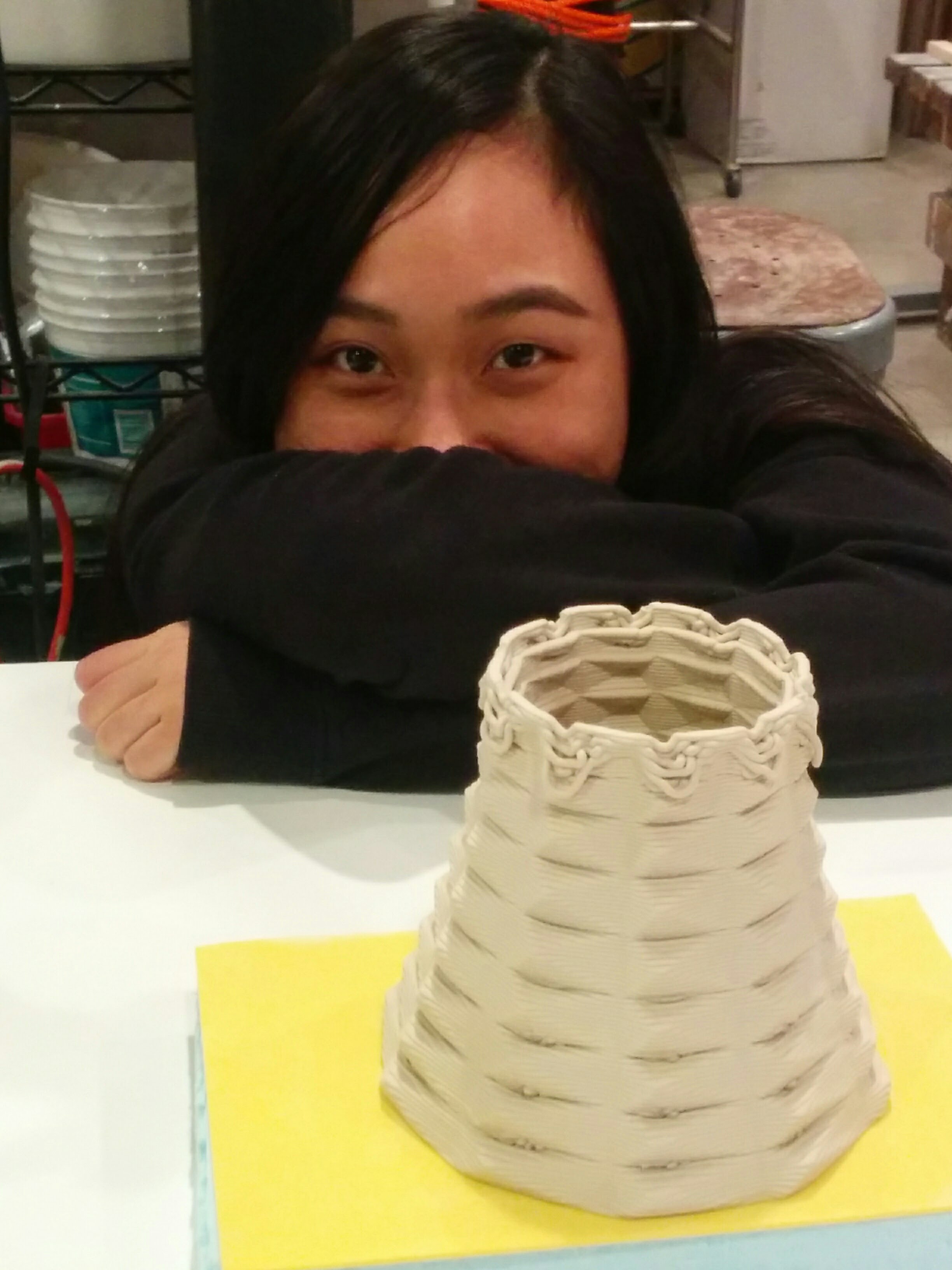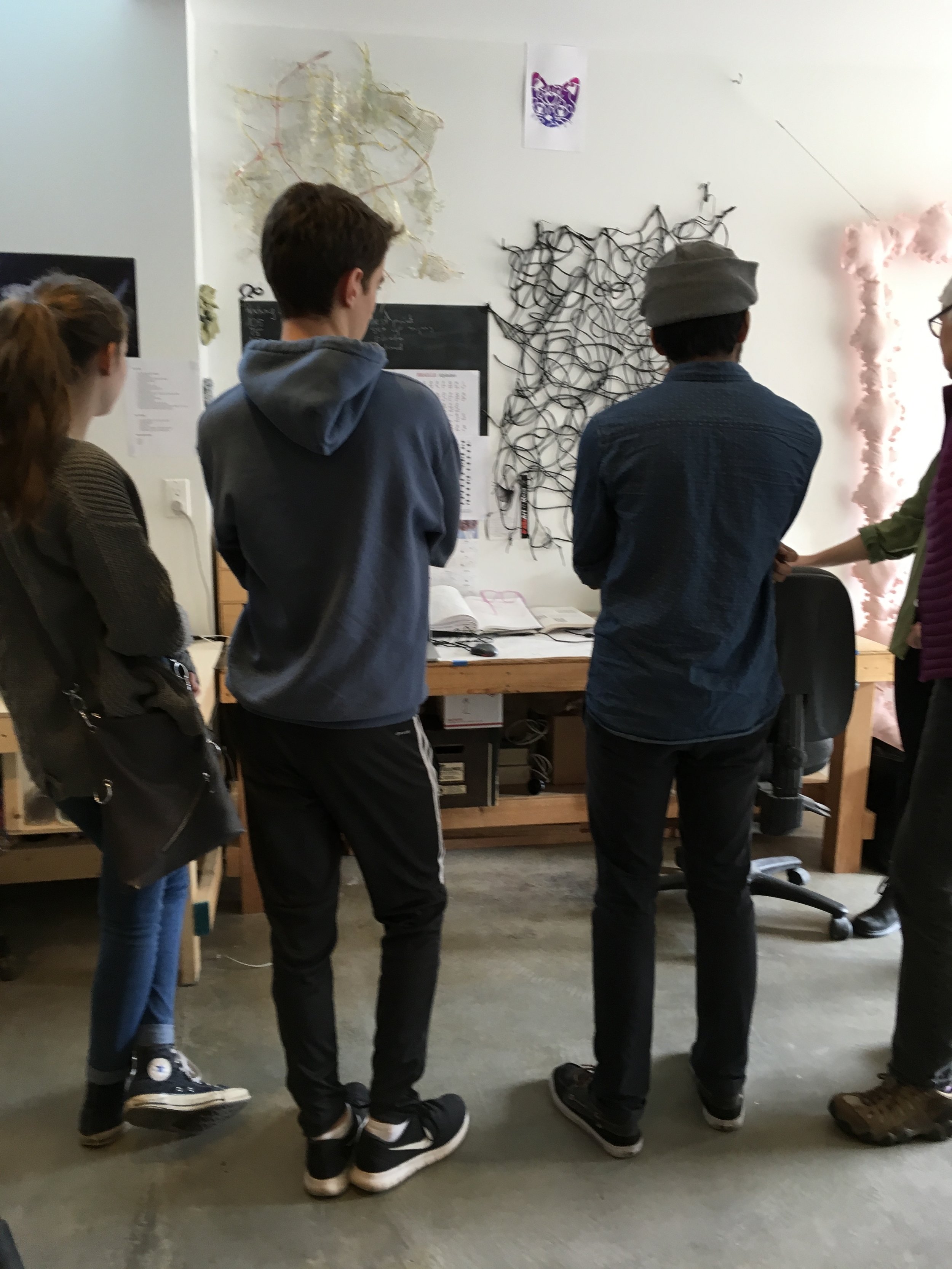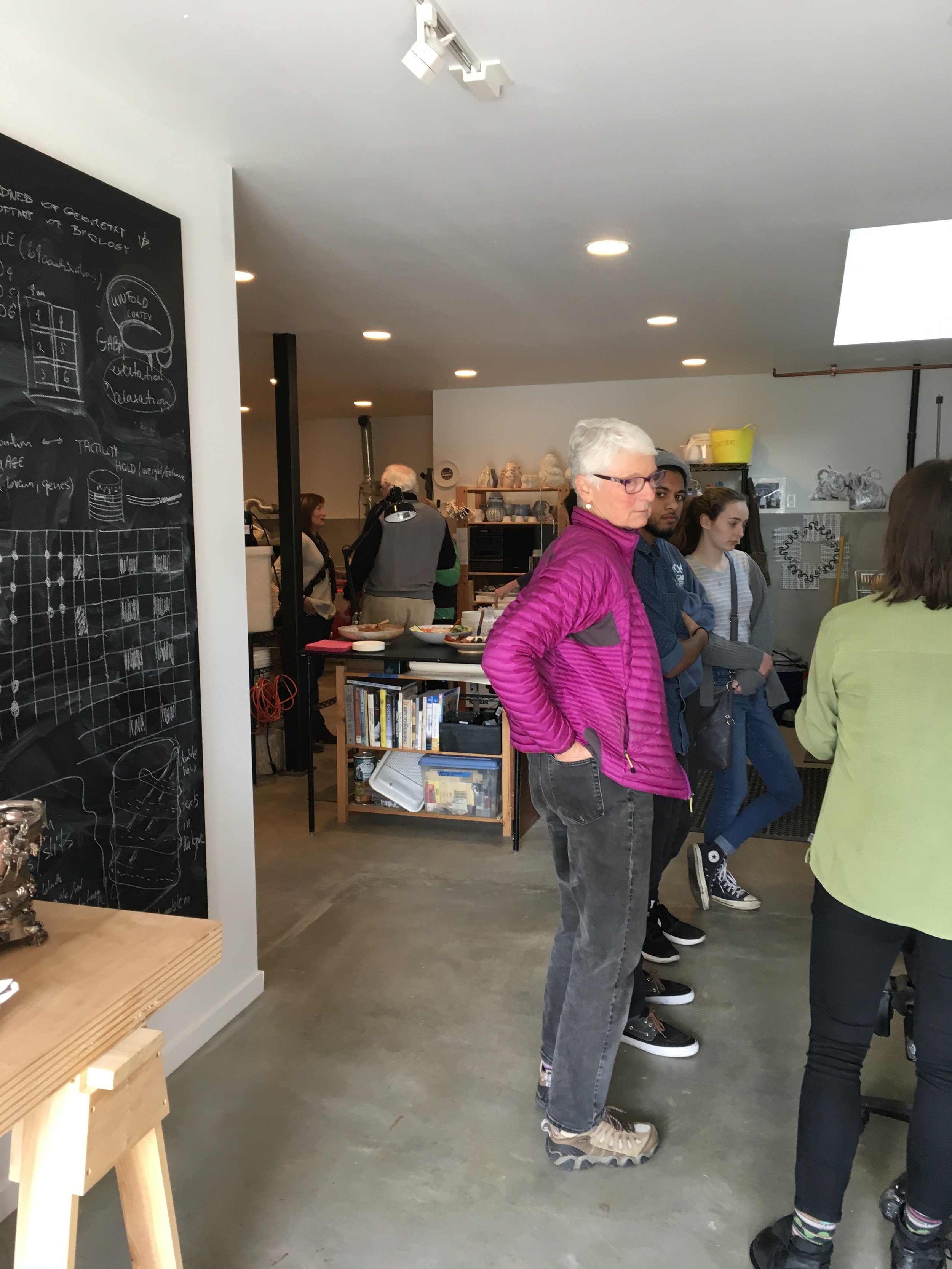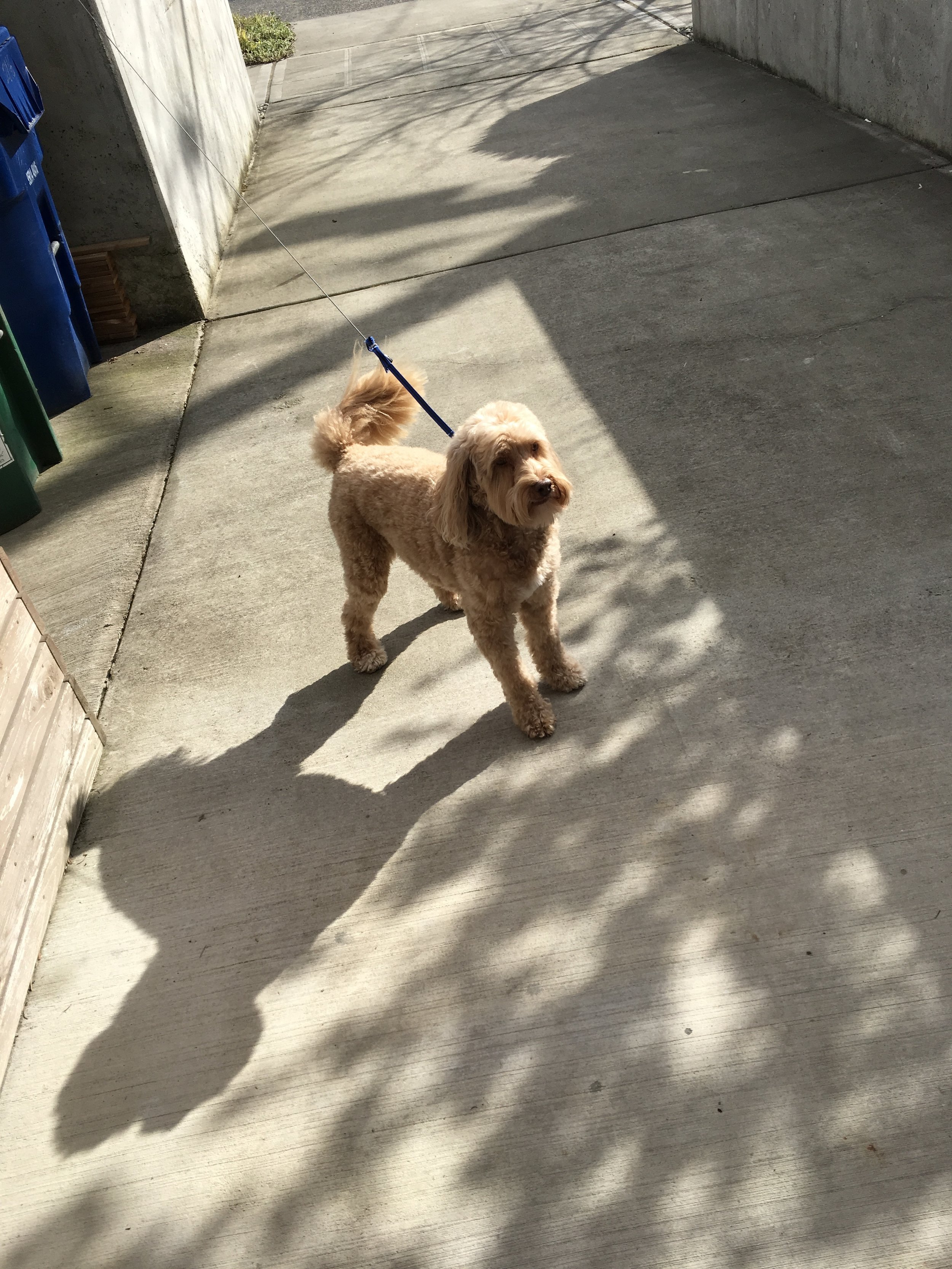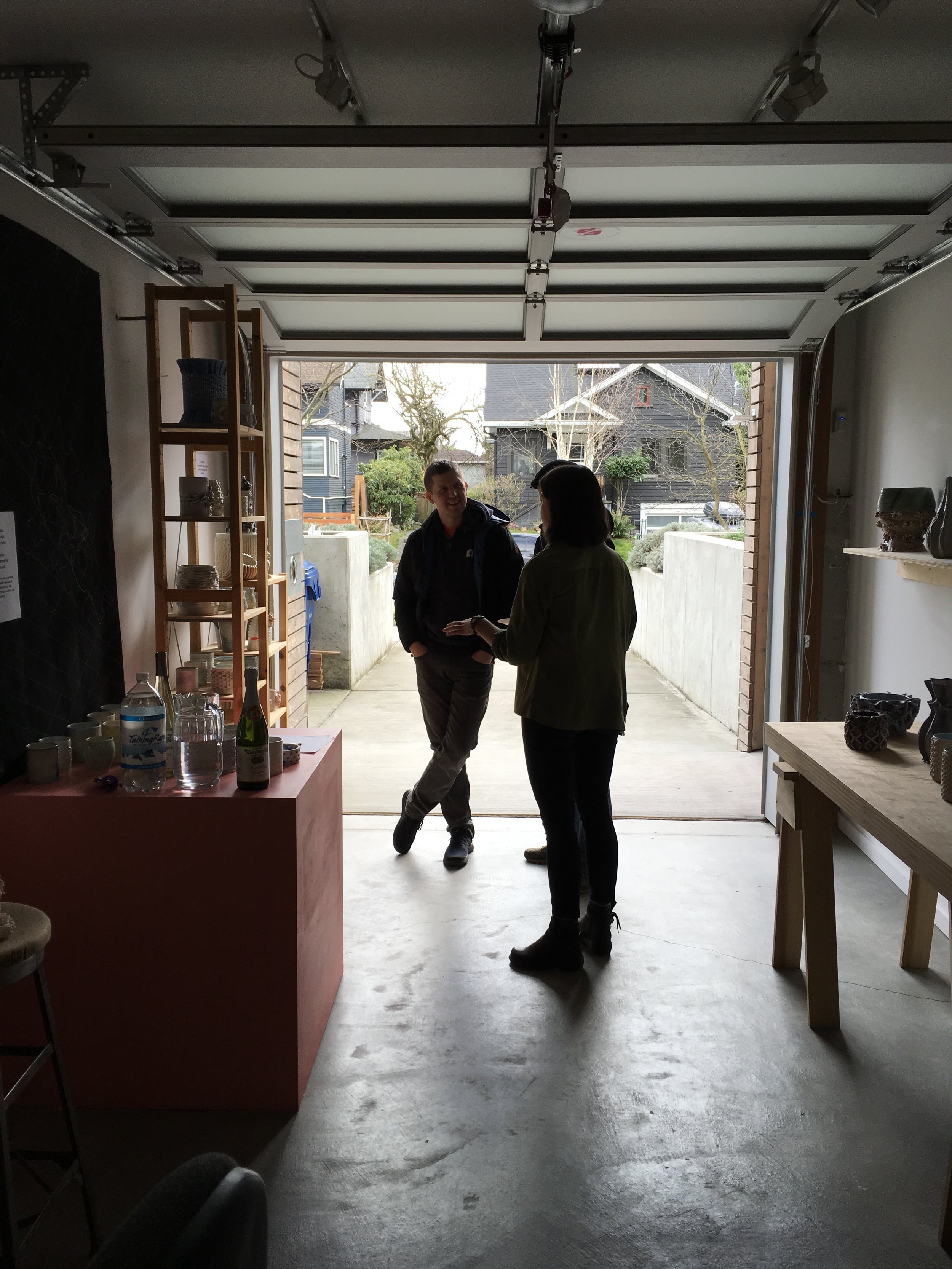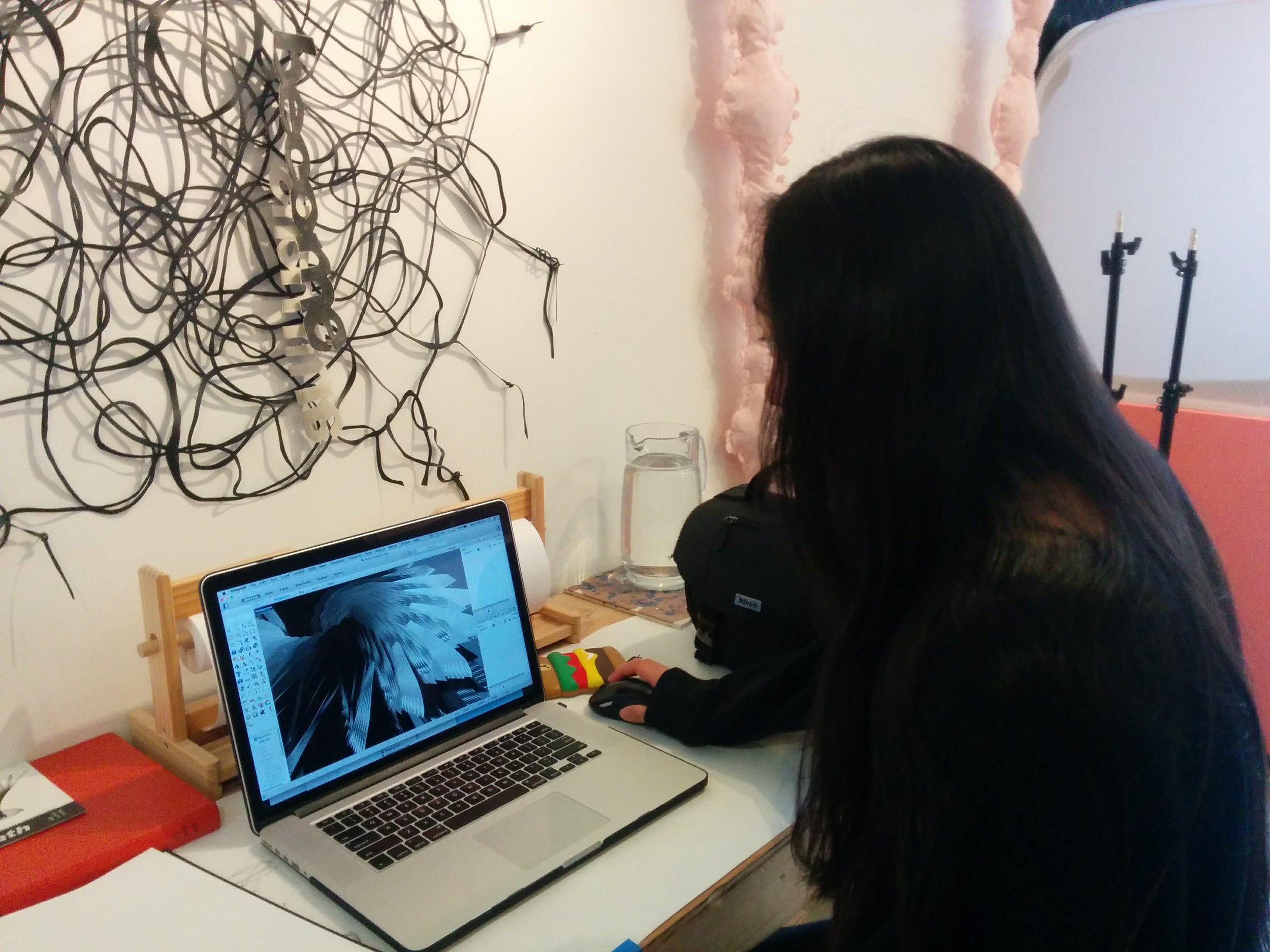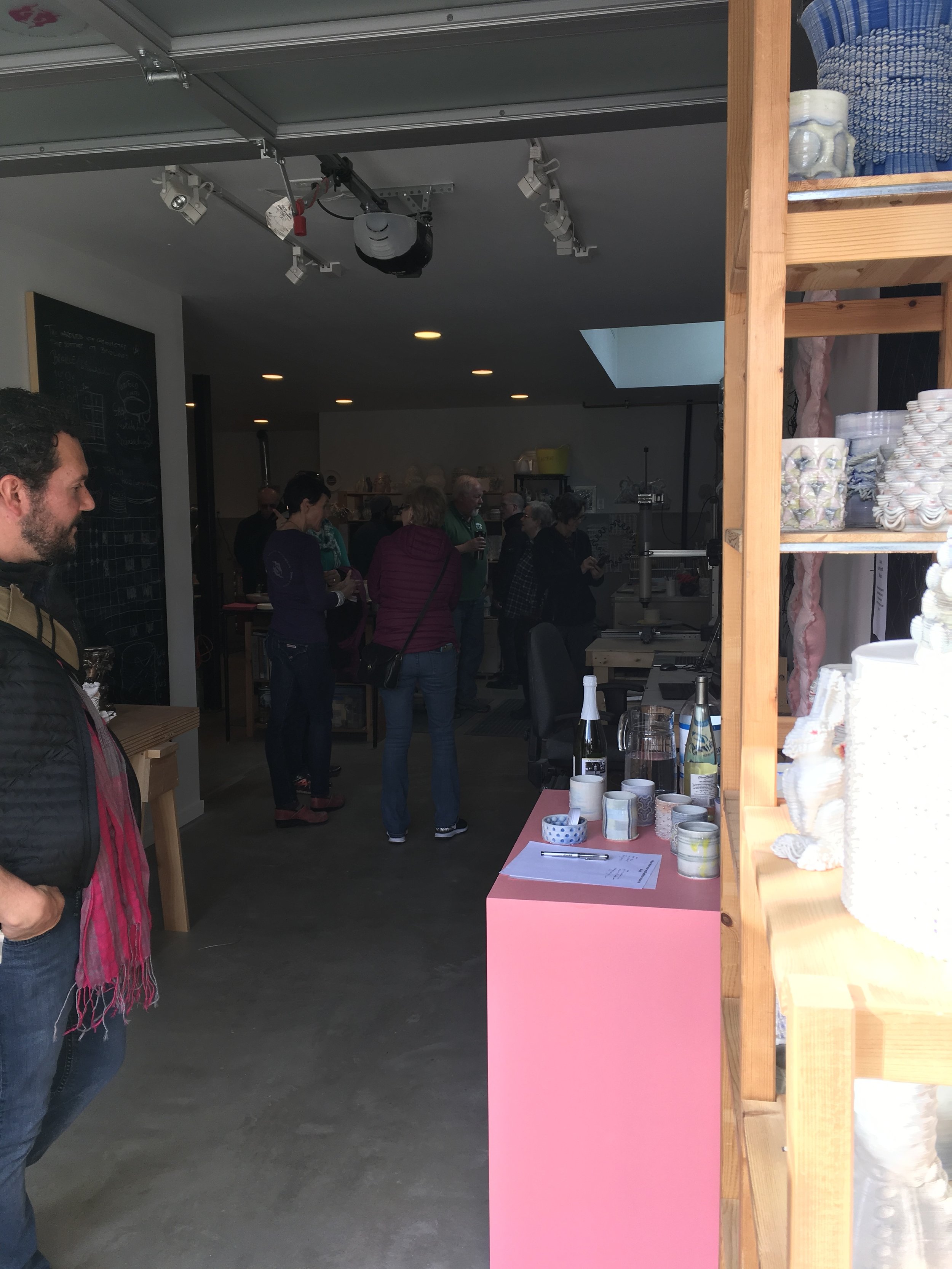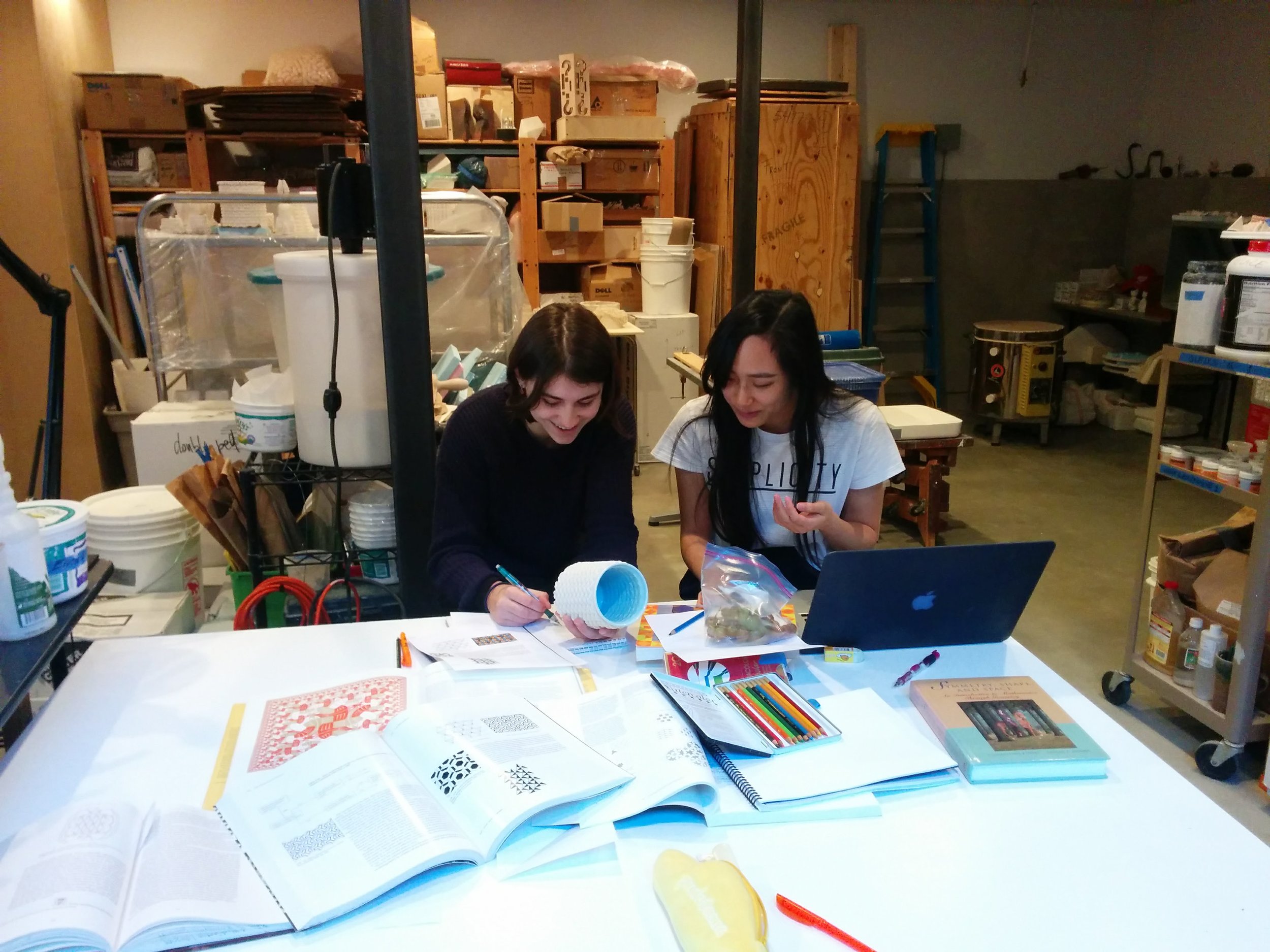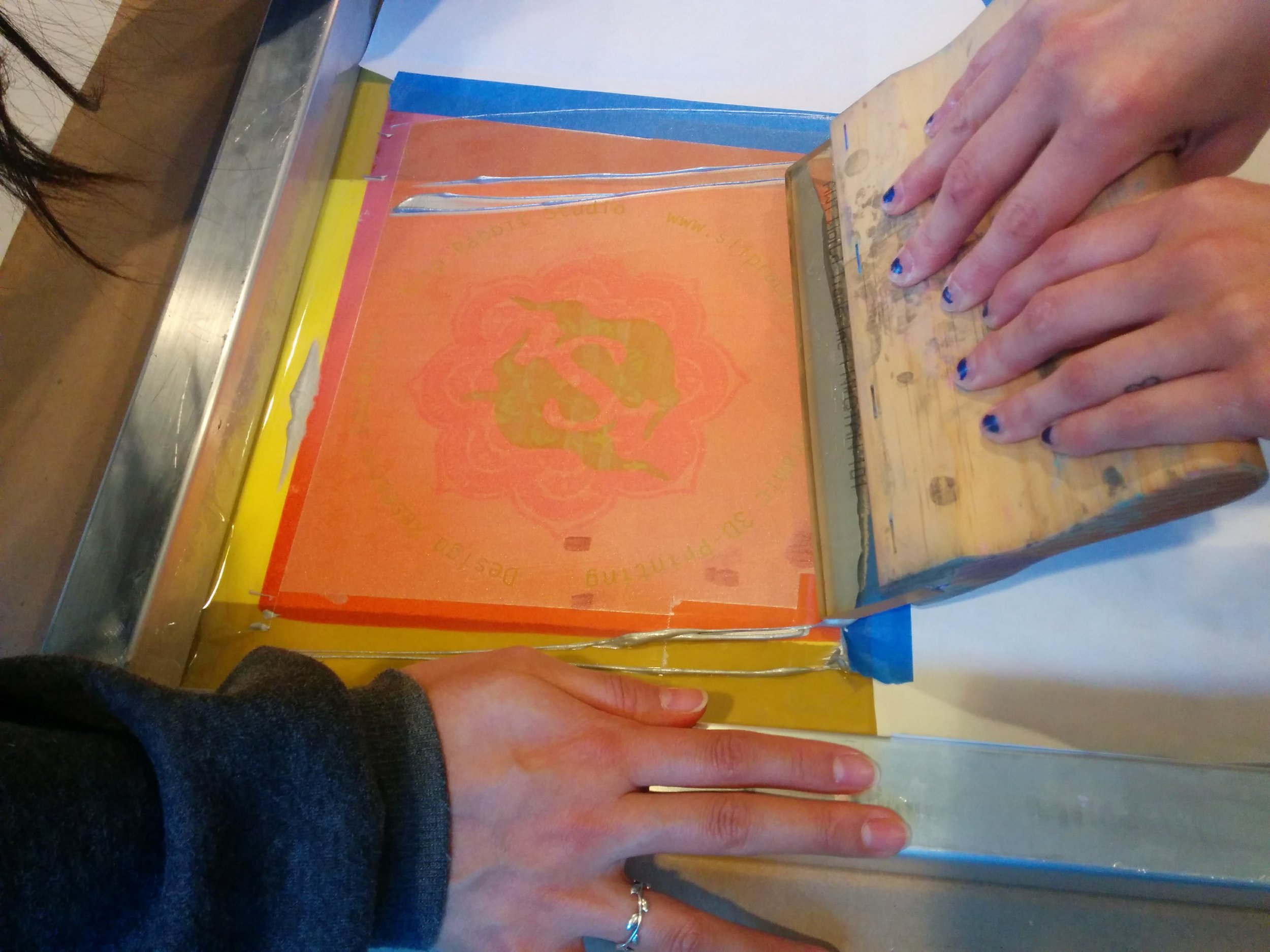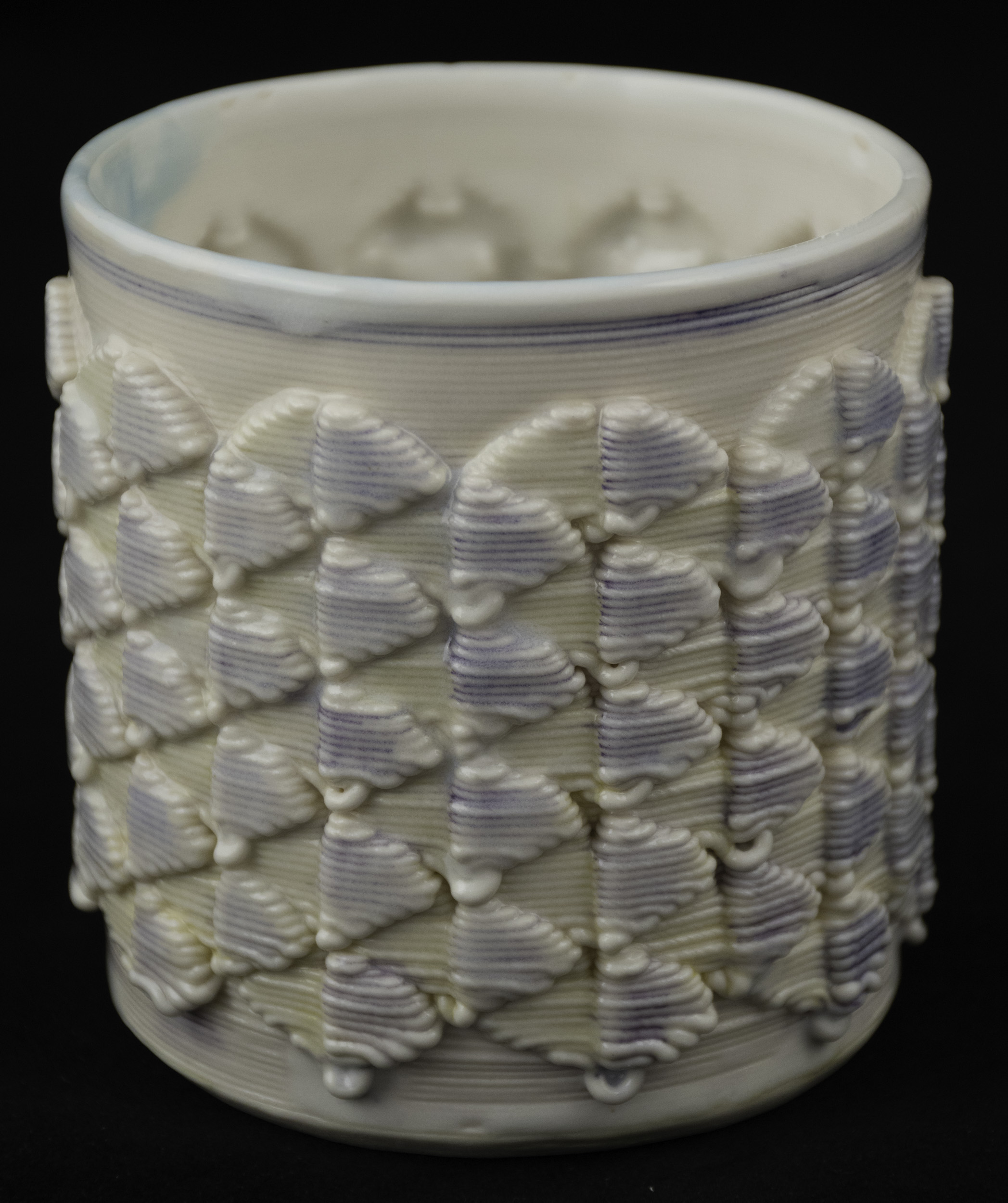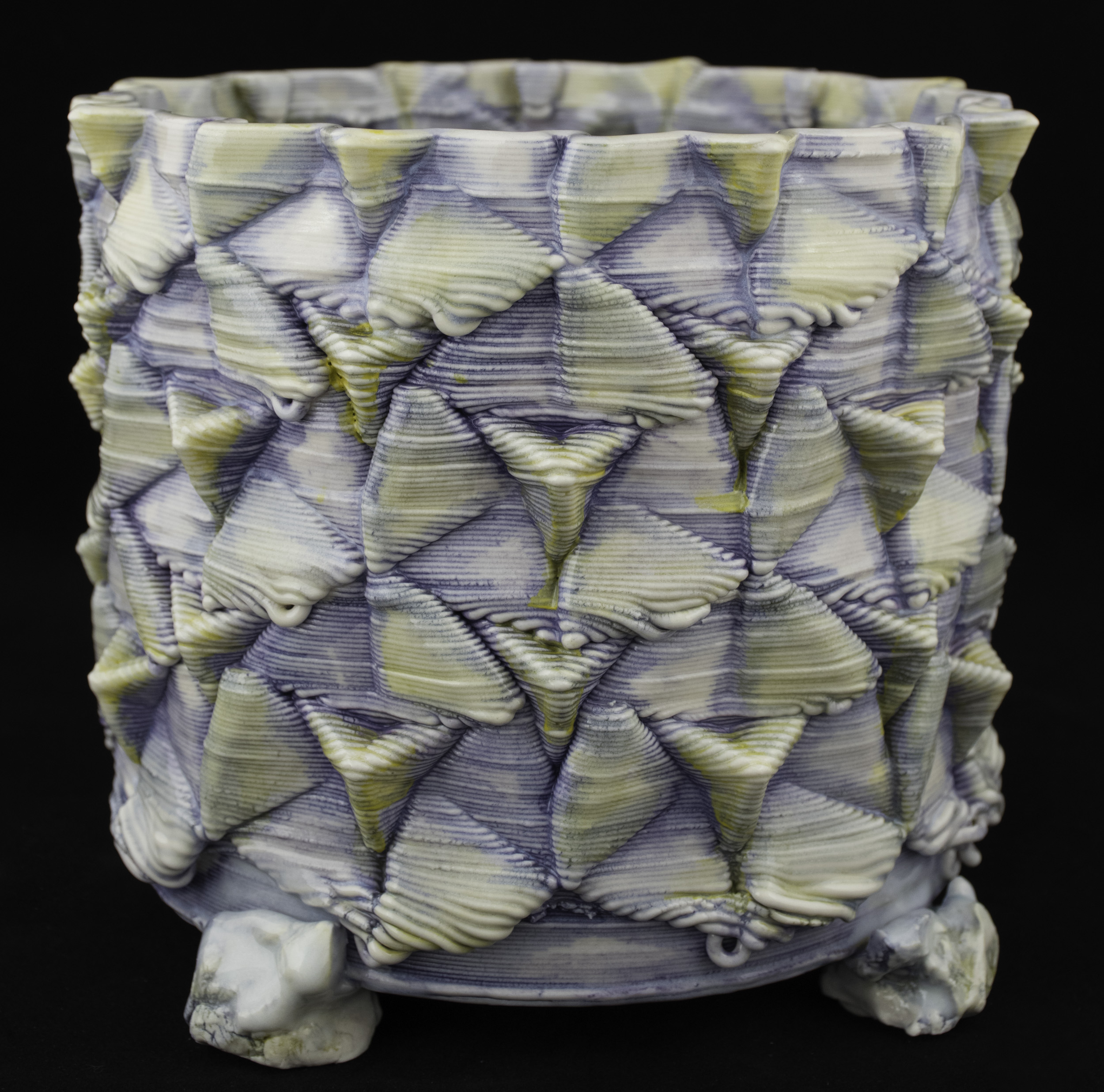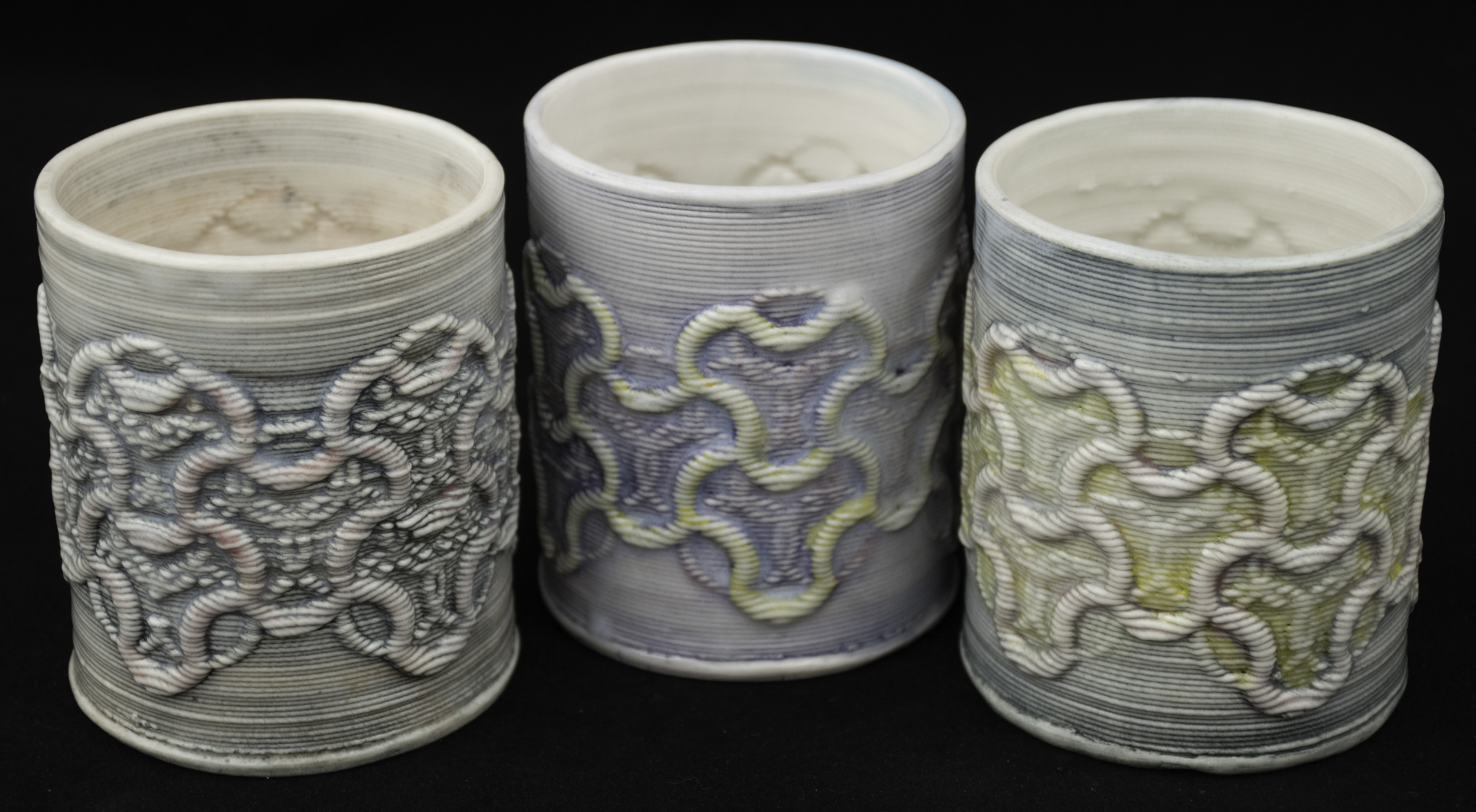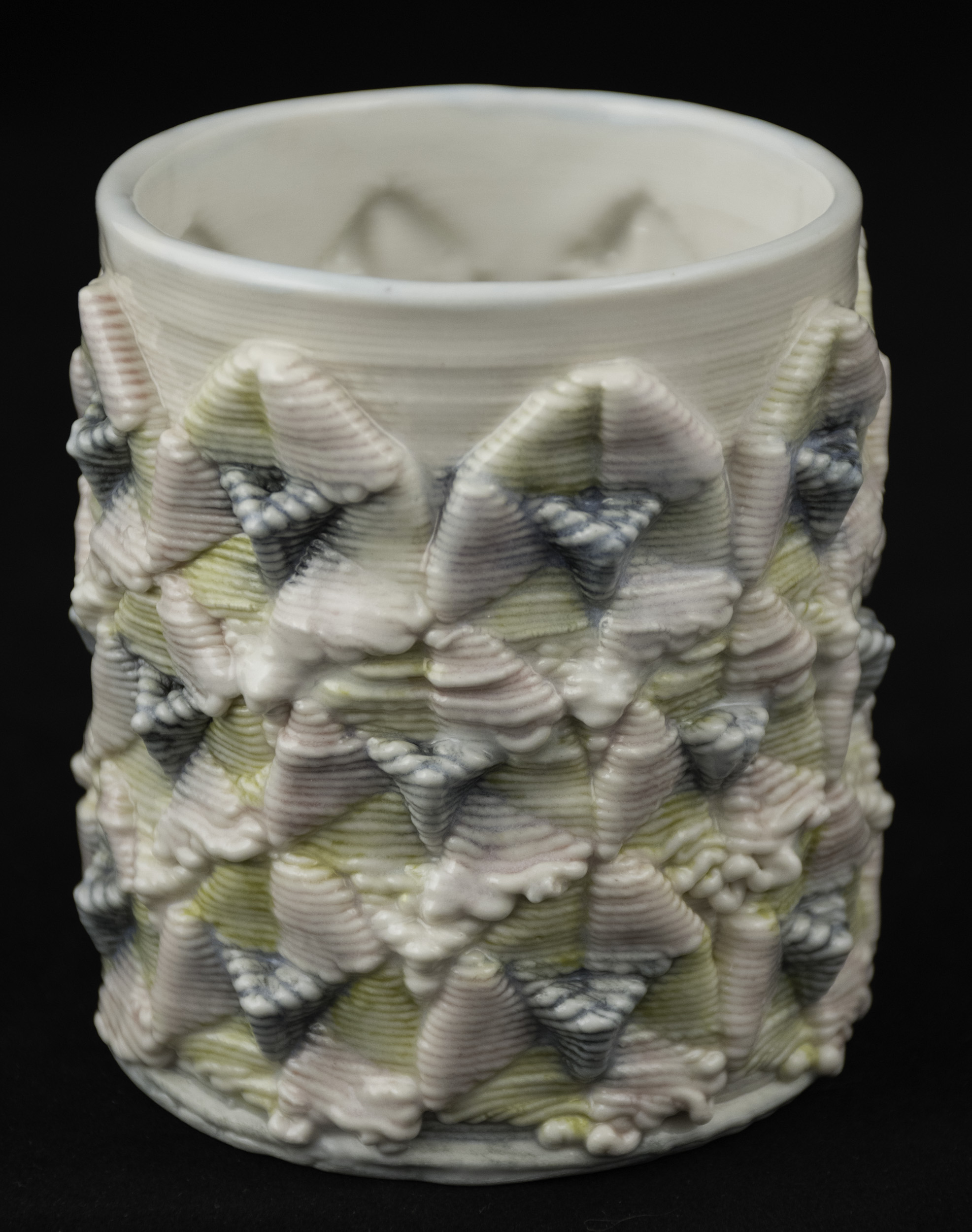Message from Timea:
“The impending Holiday Season gives me an opportunity to reflect on our first year and a half as a non-profit studio with education and research mission in the area of digitally aided ceramics.
I am deeply grateful for the the wonderful people, exciting projects and tantalizing possibilities I personally had the chance to encounter through Slip Rabbit, especially for our amazingly talented student interns who have many times provided the kindling for the fleeting sparks of wild ideas.
This year, as I prepare the holiday meals, I am thinking of each and every one of you with whom I have had the good fortune to share tea, snacks and good conversations during those long workdays in the studio and who now are out in the world, continuing to push all of us toward a more equitable and humanistic future that considers both hand and technology, tradition and innovation.
Below is a feature about one of alumna, Annabelle Wu, written by current Slip Rabbit communications intern, Nick Wu.”
At Slip Rabbit, a lot of things have to come together for our ceramic pieces to be created—from 3D printers to math equations to files of code—but, perhaps the most important element of all was the creativity and hard work of our numerous interns. Over the next few posts, we want to showcase some of these interns—past and present—and give our audience the chance to learn more about their talents, aspirations and experiences.
Annabelle Wu is a recent graduate from the University of Washington’s Industrial Design Program, who interned with us during the fall and winter of last year. Annabelle got her first introduction to the art of ceramics when she became a top-five finalist for the Rometti Award in 2016 and earned a chance to work alongside the Ceramiche Rometti Studio to develop a limited-edition ceramic piece for their line. At Slip Rabbit, she was able to expand her creative range by working with porcelain.
What is an example of something you’re passionate about?
Since I was young, I have always enjoyed singing! It has been a creative outlet for as long as I can remember.
How do you find inspiration when you need to be creative?
If I'm stuck in a creative rut, I usually step back from whatever I'm working on and try to go outside. Nature is always a nice breather when I've been looking at a computer screen all day. Either that, or I find an activity that will challenge me to do something new. Recently, I have taken to bouldering on the off chance that I have free time.
What made you want to intern at Slip Rabbit?
The year prior to interning at Slip Rabbit, I had the opportunity to compete in an ID ceramic competition in Italy. I had worked intensely under the guidance of the Ceramiche Rometti Studio that introduced me to a world of ceramics I was previously unaware of. When I saw the opportunity to explore porcelain as a material, I knew I wanted to intern at Slip Rabbit and experiment as much as possible.
What is something that you learned during your time at Slip Rabbit?
Always be ready to improvise! Porcelain is a living material and will always find a way to deviate from your original intended design. Its organic characteristics have taught me to adapt quickly and appreciate vividly.
What was the favorite or most memorable thing you worked on at Slip Rabbit?
Professor Timea and I worked on a set of designs we liked to call the Loops. The 3D models created would have unsupported loop structures circling a vessel in various formats which, when printed, would slump due to having no supports and drape the vessel in a natural falling type of textured pattern. These were quite interesting to watch when printing.
Are there any other creative ventures you have done since?
I haven't had the opportunity to continue working with porcelain, but I do draw and paint from time to time! When I have a bout of inspiration, I will 3D model mini projects that I would find interesting to pursue.
Are there any creative ventures that you want to explore in the future?
If I work up the courage, I think glass blowing would be an incredible learning experience. I find the entire process of creating a glass piece so mesmerizing to watch. It's fascinating how a blob of molten glass can quickly transform to a beautiful form when handled correctly.
To call her well-rounded would be putting it lightly. An individual who obviously has no shortage of creative outlets to channel her talents and ideas into, Annabelle Wu is definitely one of the brightest minds to have ever interned for Slip Rabbit.
If you want to learn more about Annabelle and her work, visit her website.


